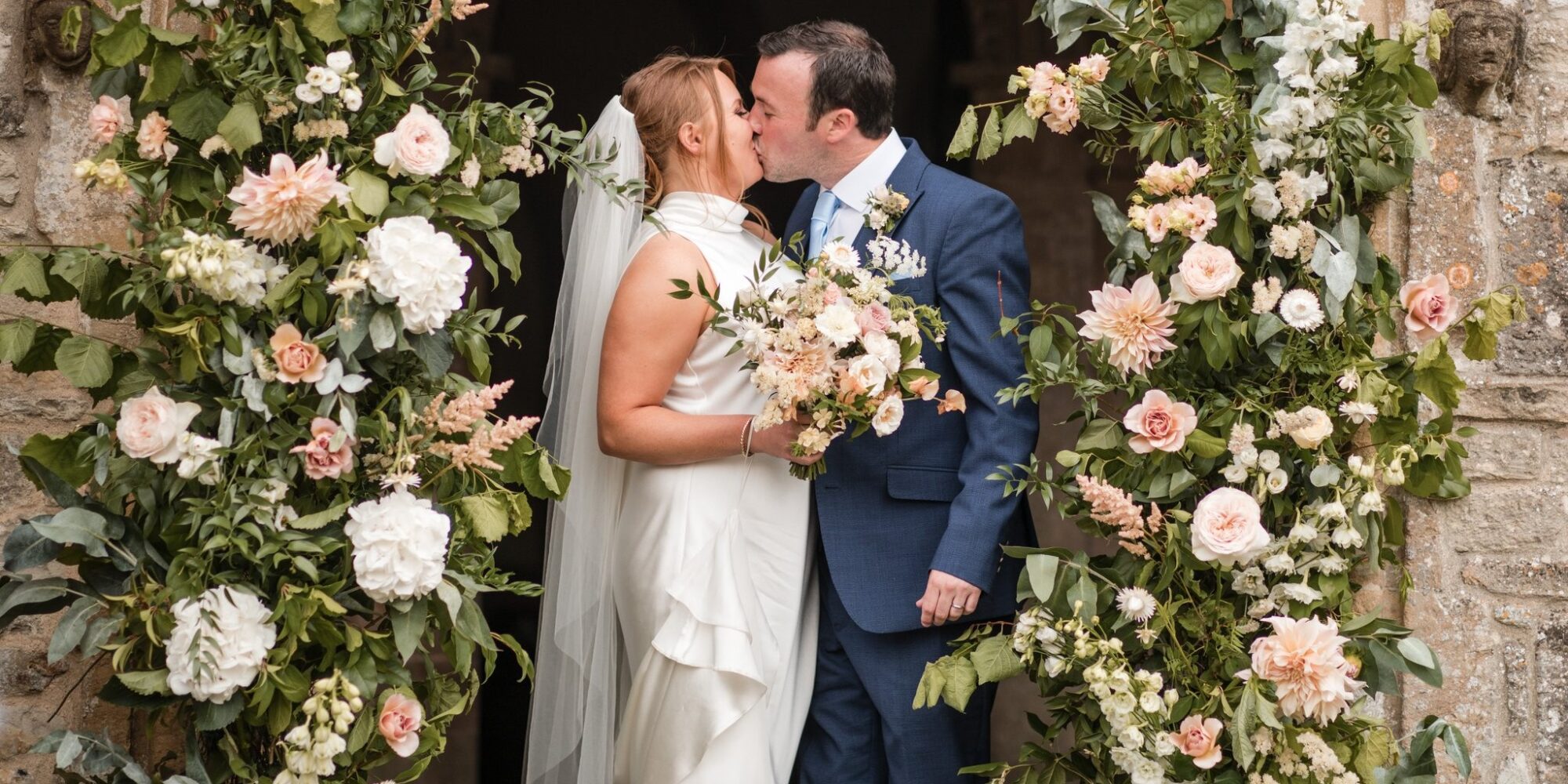
Located in South Oxfordshire, about 75 minutes from London, lies magnificent Ardington House, Wantage. It was at this historic country mansion where Laura and Peter welcomed friends and family for two days of summer wedding celebrations.
Ardington House is surrounded by parkland and rolling countryside of the North Wessex Downs. As an established weddings venue, you have exclusive use of the house and 30 acres of maintained gardens and grounds. The estate boasts a tennis court, swimming pool and its own river! The local train station, Didcot Parkway, is a handy 15 minutes away.
Facilities at Ardington House Wantage
As a private home, the owner’s have a diligent events team to cater for all your needs. Laura and Peter’s wedding breakfast was held in Ardington House’s own riverside marquee, which has banqueting tables and chairs for up to 200 guests. This is a fabulous, chiffon-lined, space with a sectioned-off chequered dance floor with fairy lights adorning the ceiling. The marquee’s custom-built, fully stocked and staffed, bar kept guests happy throughout the celebrations.
The property has 12 bedrooms to sleep up to 23 guests, or 25 with children. The manicured gardens have a tennis court and lawn games. You can fly fish on the river, use one of the available bicycles and there is a popular village pub by the gates.
This brilliant wedding venue offers an unique setting for civil ceremonies. Although Laura and Peter chose to be married in Ardington’s village church, the House has an island temple in the middle of the river which meanders through it’s parkland. Against the backdrop of the house and a riverbank lined with weeping willows, the Island Temple makes a picture-perfect setting for an outdoor ceremony and has a capacity for up to 200. For indoor civil ceremonies, the Imperial Hall can seat up to 60 guests.
Wedding Venue with Historic Past
South Oxfordshire’s Ardington House
Ardington House Wantage is a listed stately home, built in 1720 with an emphasis on perfect symmetry and natural light throughout. It was commissioned by Edward Clarke, who wanted a house in the Baroque style.
The House was designed by the architect and mason Thomas Strong Jnr. The family owned stone quarries in Gloucestershire and became a well-known name amongst master masons. Over successive generations, the Strong family worked with Sir Christopher Wren on St. Paul’s Cathedral and Greenwich Hospital, as well as with Sir John Vanbrugh on Blenheim Palace. One notable feature of Ardington House is its rare staircase, which begins as two flights and then turns into one suspended flight.
The property has changed hands several times and alterations have been added. In 1833, the house was bought by Robert Vernon, a self-made man who had made his fortune selling horses to the British army during the Napoleonic wars. His art collection can now be seen in the Tate and National Galleries.
In 1861, the estate passed to Lord Wantage (Robert Loyd-Lindsay). He was one of the first to be honoured with the Victoria Cross for his valour and went on to found the British Red Cross. Lord Wantage left his mark by mounting two cannonballs on either side of the front door of Ardington House. It is believed they had been fired at the British forces by the Russian frigate, Vladimir, during the Battle of Inkerman in 1854.
Since 1939, Ardington House Wantage has been owned by the Baring family, best known as a family of bankers who established Barings Bank in 1762. They also went on to produce a number of well-known politicians and colonial governors in the 19th century. Portraits of family members from the period now adorn the walls of the House.
The Ceremony
Holy Trinity Church, Ardington, Wantage
Next door to Ardington House is the village church, Holy Trinity, where Laura and Peter were married. Their flower arrangements, inside and around the church entrance arch, were beautiful.
Holy Trinity Church dates back to the 12th century and was granted Grade II-listed status in 1966. By the mid-1800’s it was in a very poor state of repair and underwent major renovations at a cost of £3,500! The builders were Messrs. R & F Castle of Oxford. The church’s nave was lengthened, the south aisle and north chapel rebuilt, and the chancel was decorated by Mr.J.Wheeler of Wantage. The cost was borne by the parish but a new steeple was installed, paid for by Robert Vernon, owner of Ardington House at the time. He is buried in the churchyard.
If you visit this sympathetically restored church, try and look out for an unusual stone gargoyle – a women sticking her tongue out. It is one of a number, located high on the nave walls. Some gargoyles were stonemasons’ jokes but most were designed to frighten away evil spirits or to remind the congregation of the perils of life – and of their mortality.
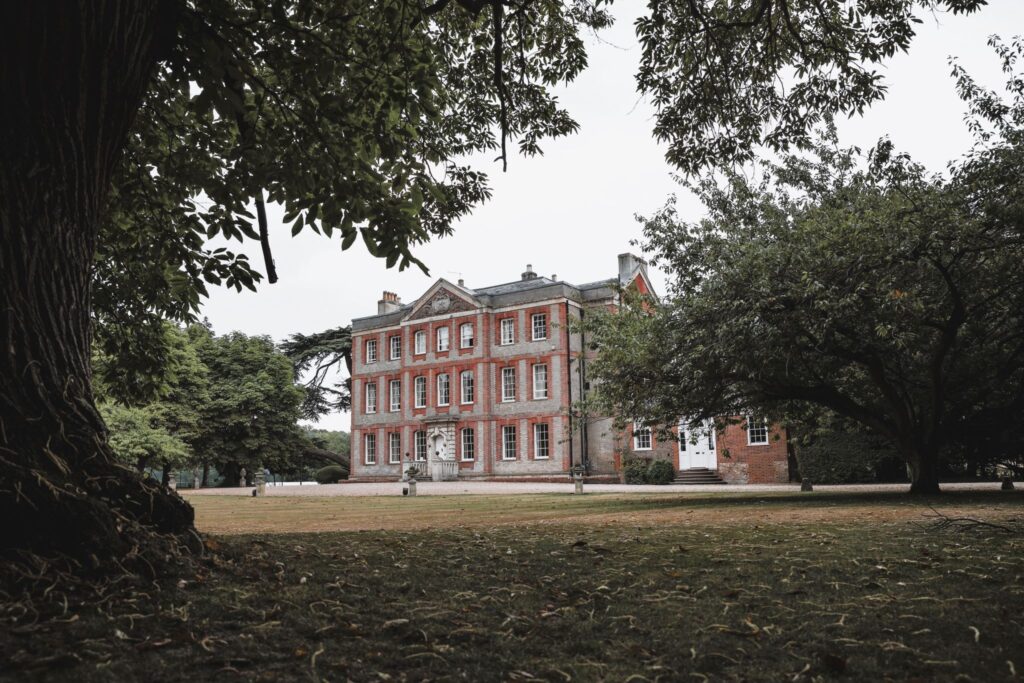
01 ardington house grounds wantage oxfordshire oxford wedding photographers 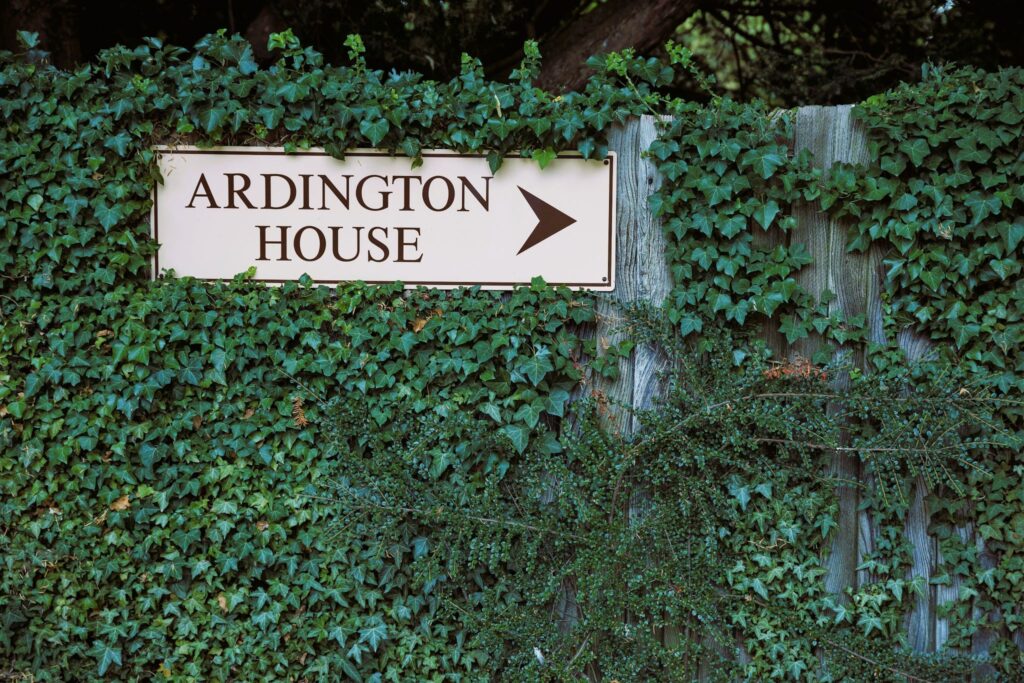
02 ardington house sign wantage oxfordshire oxford wedding photographers 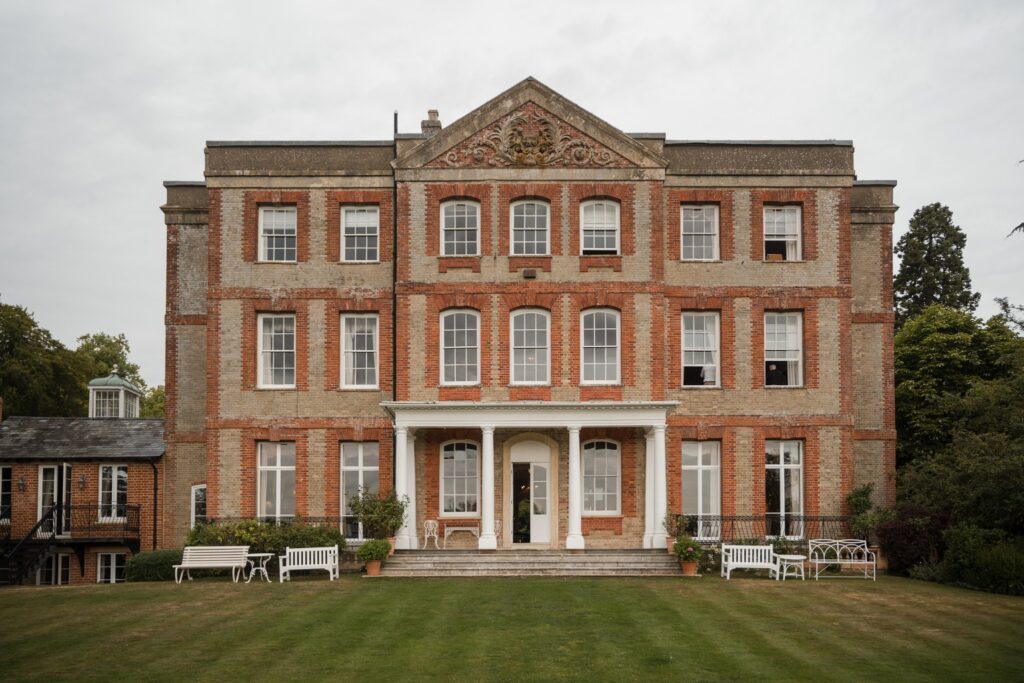
03 ardington house courtyard wantage oxfordshire oxford wedding photography 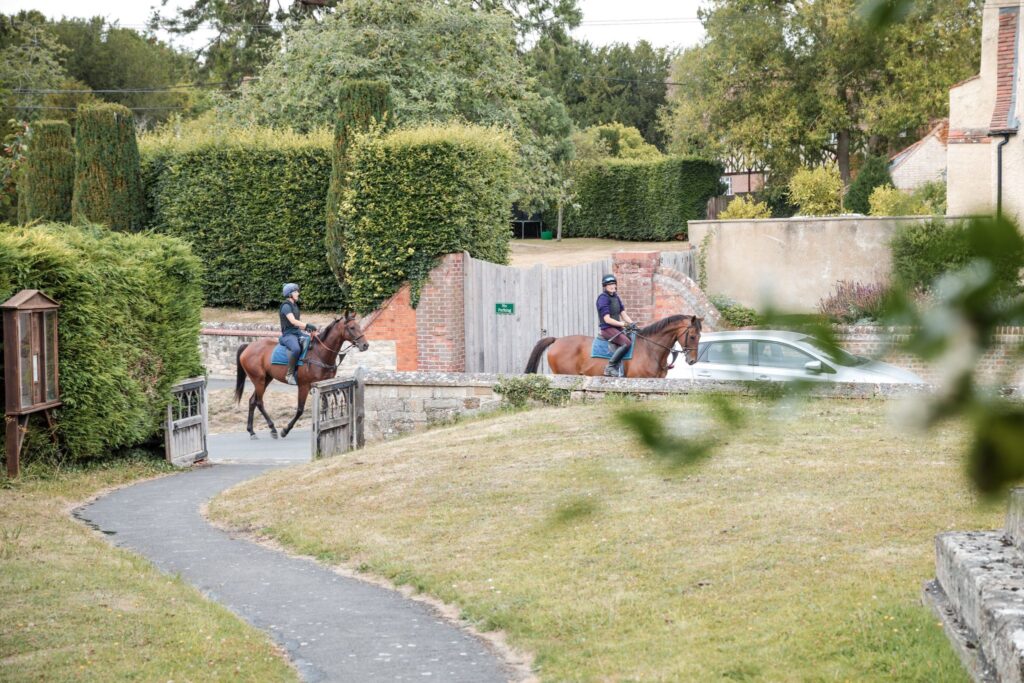
04 horse riders ardington village wantage oxfordshire wedding photographer 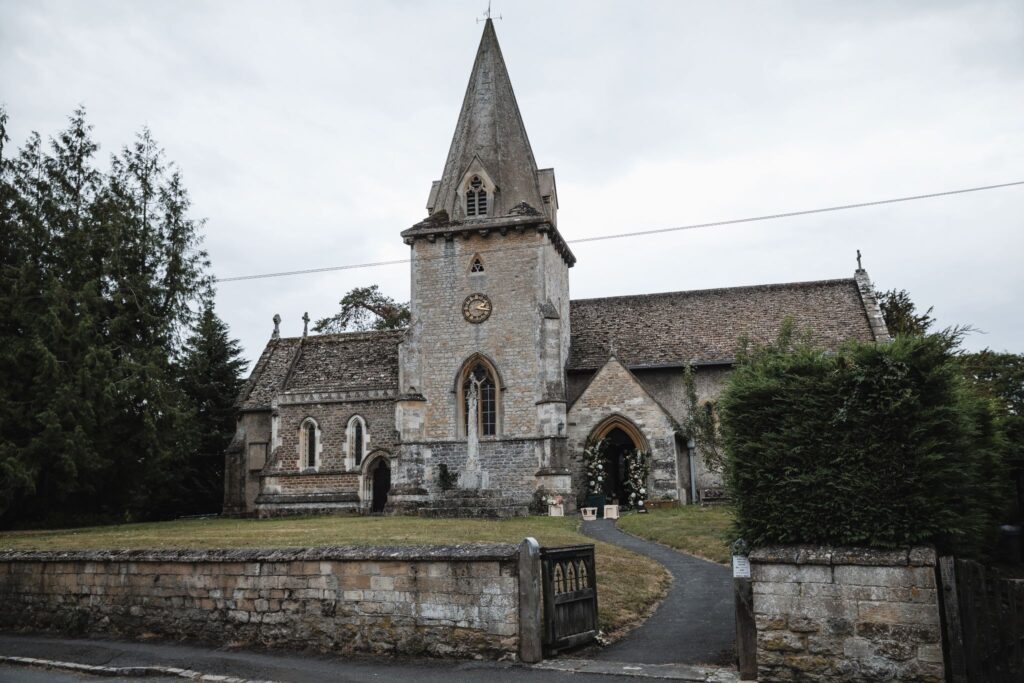
05 holy trinity church ardington wantage oxfordshire wedding photographers 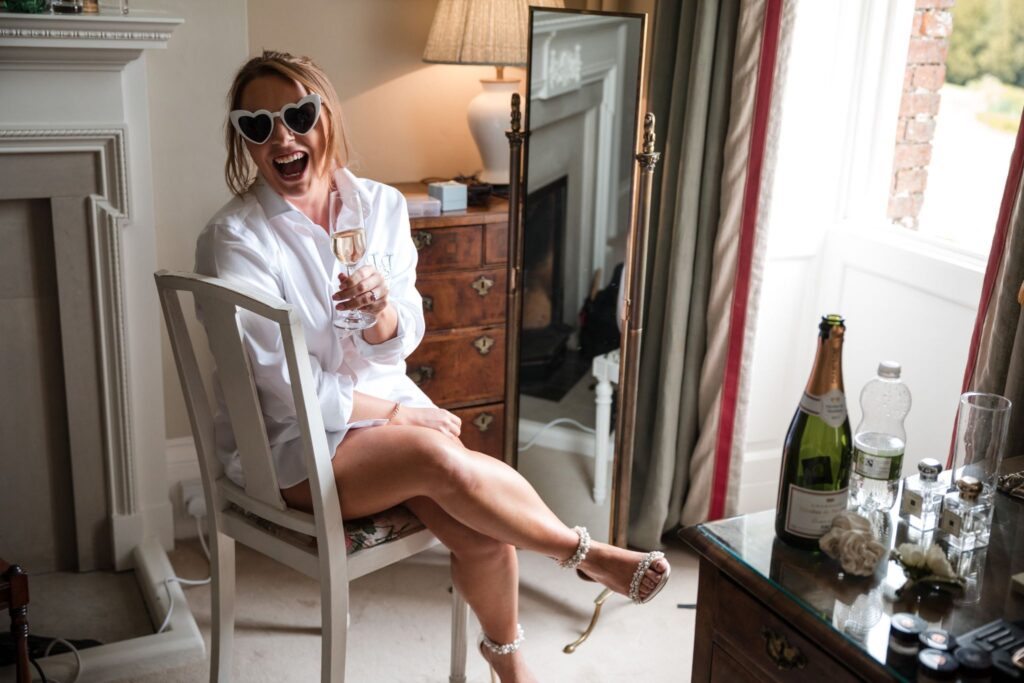
06 laughing bride drinks champagne bridal prep ardington house wantage oxfordshire wedding photography 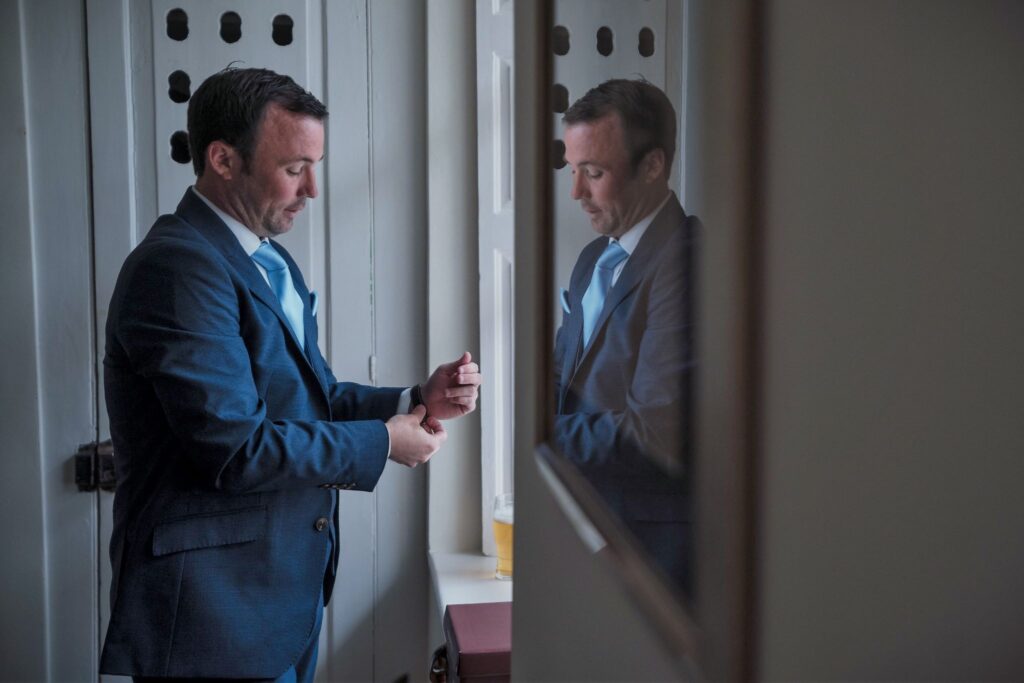
07 groom fastens watch ardington house wantage oxford wedding photographer 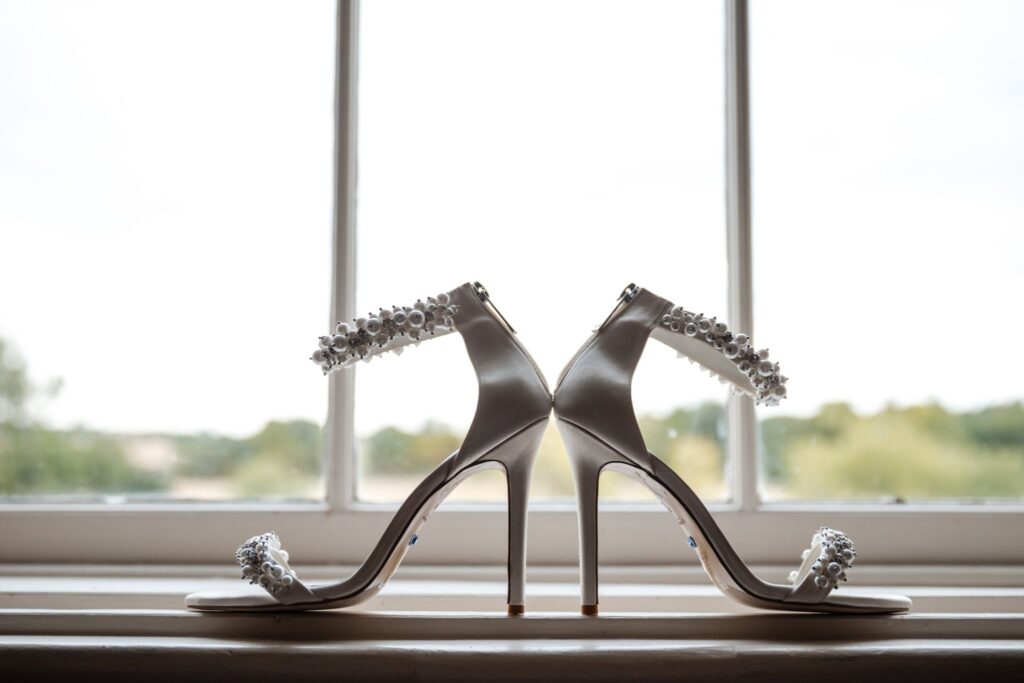
08 brides shoes bridal prep ardington house wantage oxfordshire oxford wedding photographers 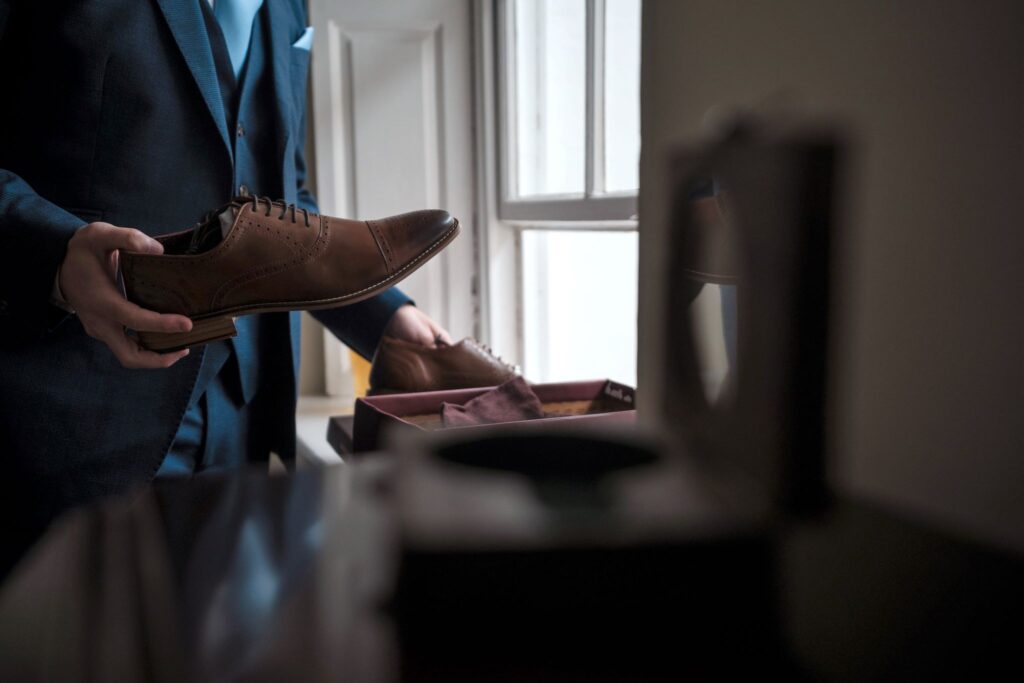
09 grooms shoes groom preparation ardington house wantage oxfordshire oxford wedding photography 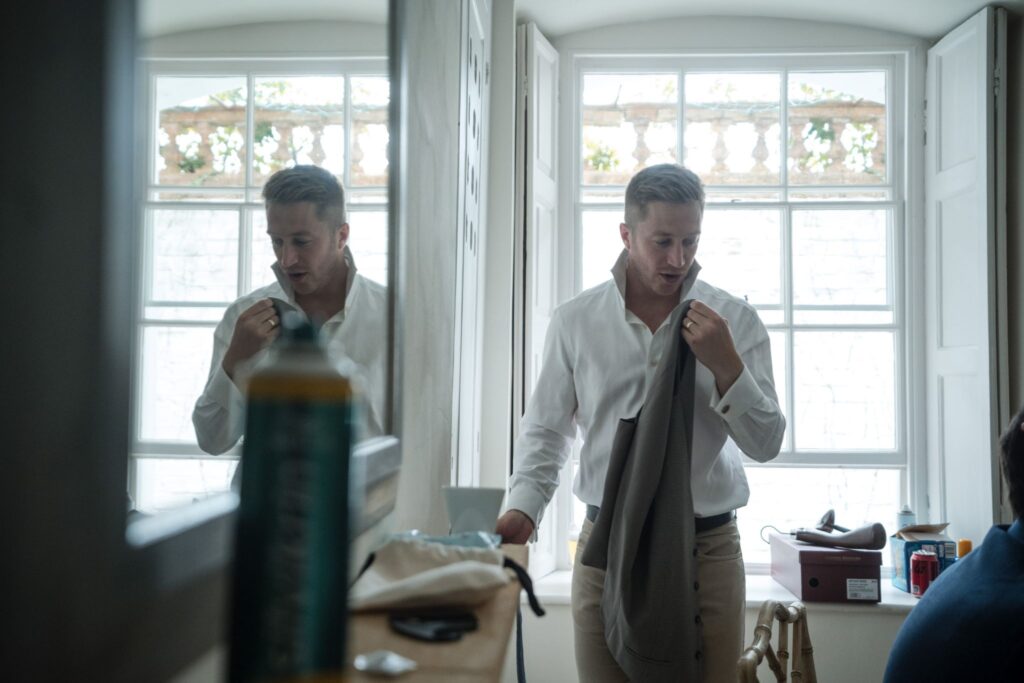
10 bestman holds waistcoat grooms prep ardington house wantage oxfordshire wedding photographer 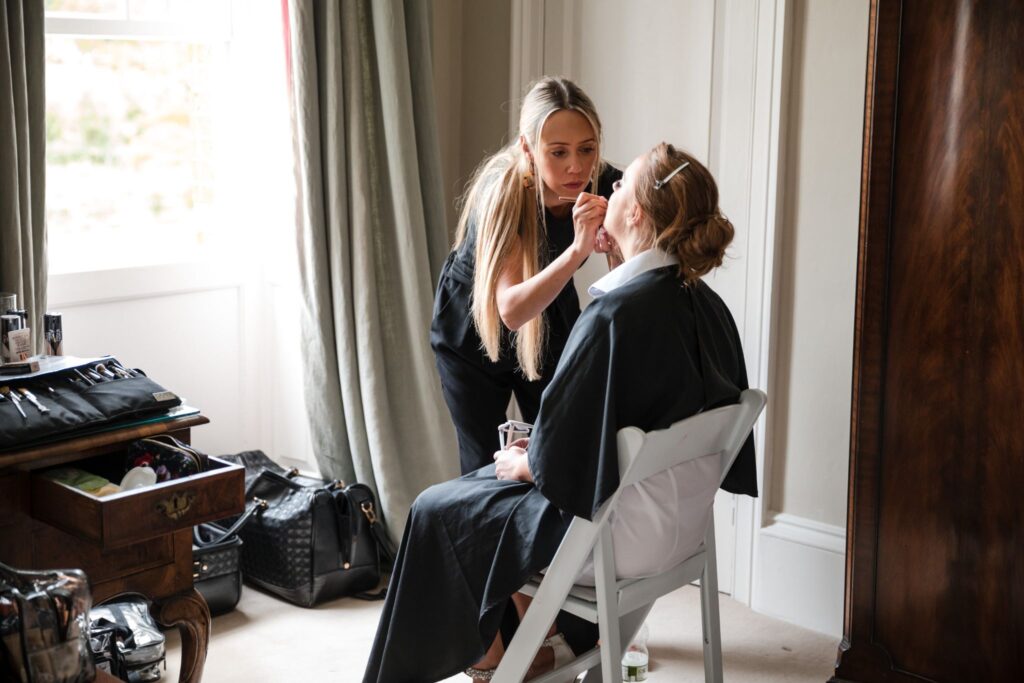
11brides makeup bridal preparation ardington house wantage oxfordshire wedding photographers 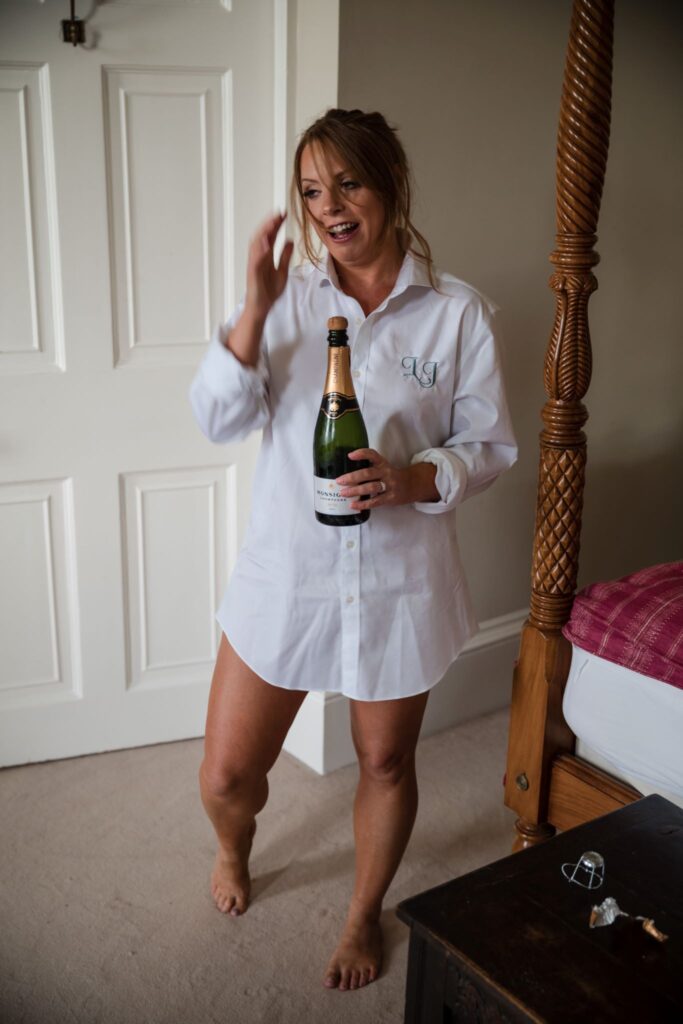
12 bride holds champagne bottle bridal prep ardington house wantage oxfordshire wedding photography 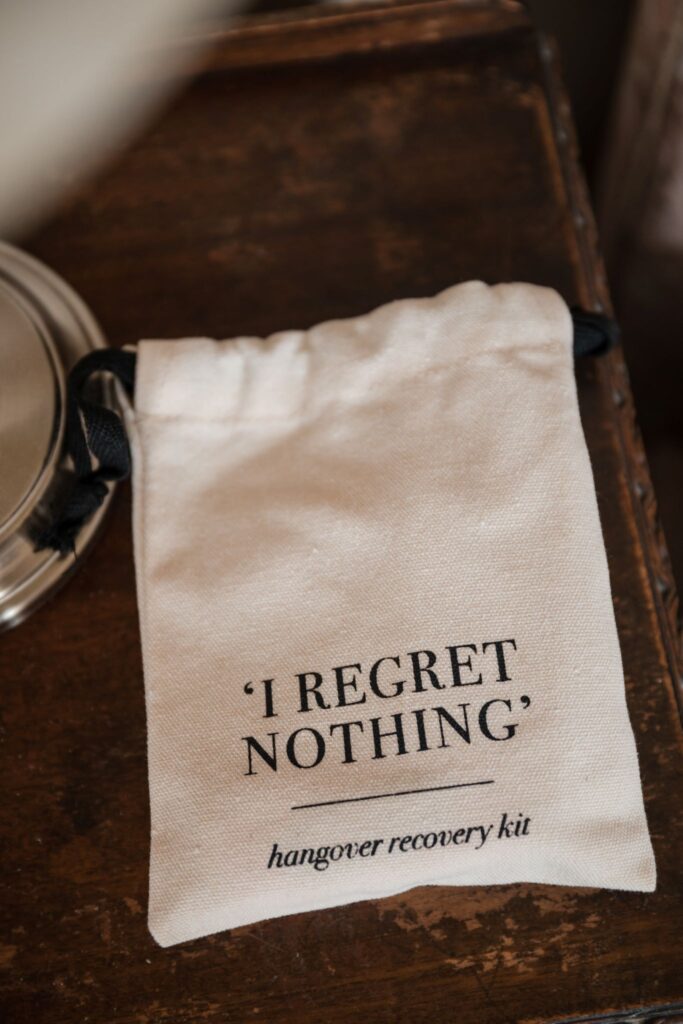
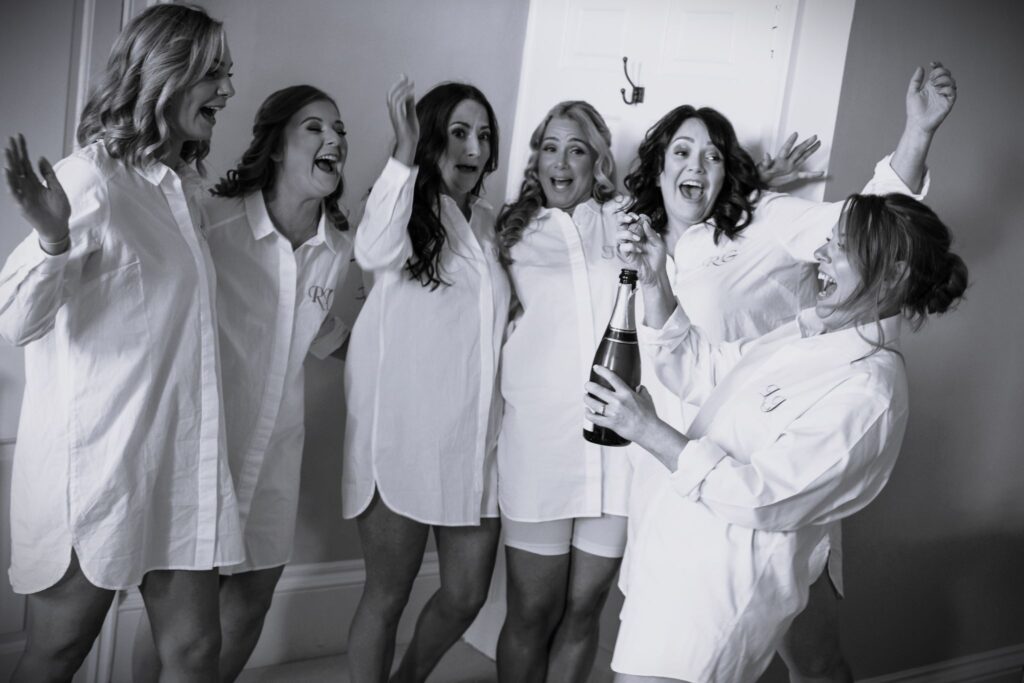
14 bride pops cork bridesmaids cheer bridal prep ardington house wantage oxfordshire oxford wedding photographers 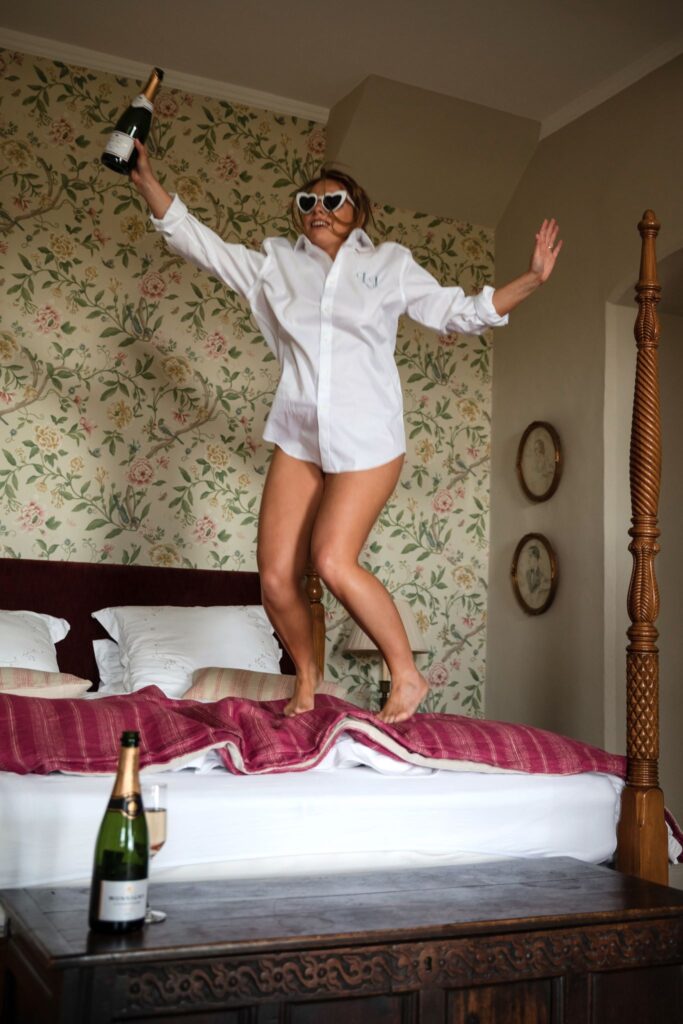
5 brides bed jump bridal prep ardington house wantange oxfordshire oxford wedding photography 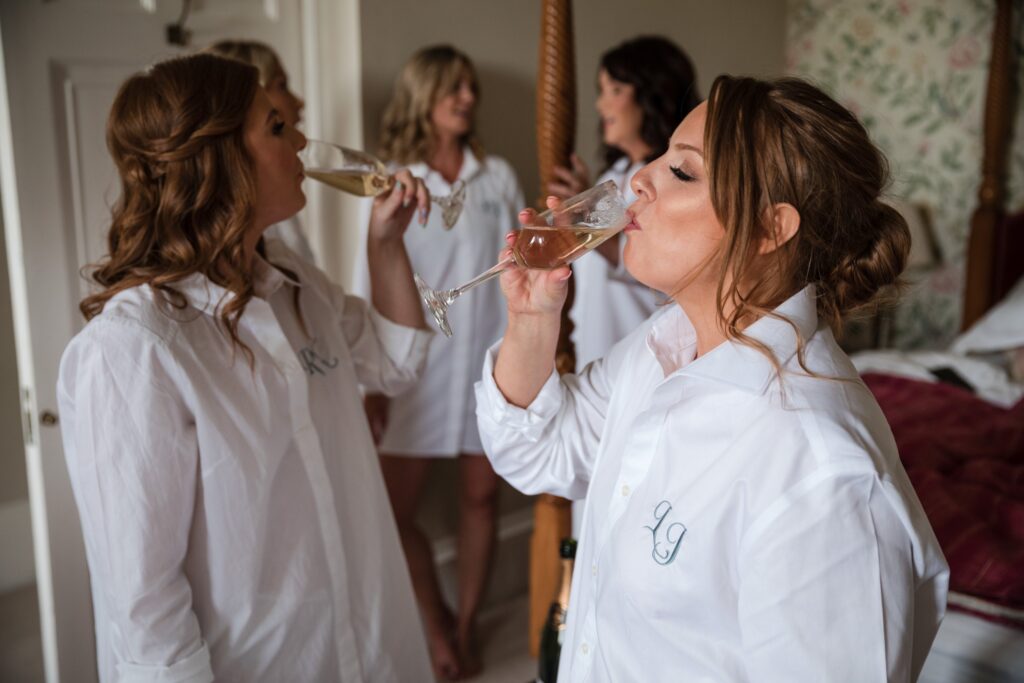
16 brides bridesmaids drink champagne bridal prep ardington house wantage oxfordshire wedding photographer 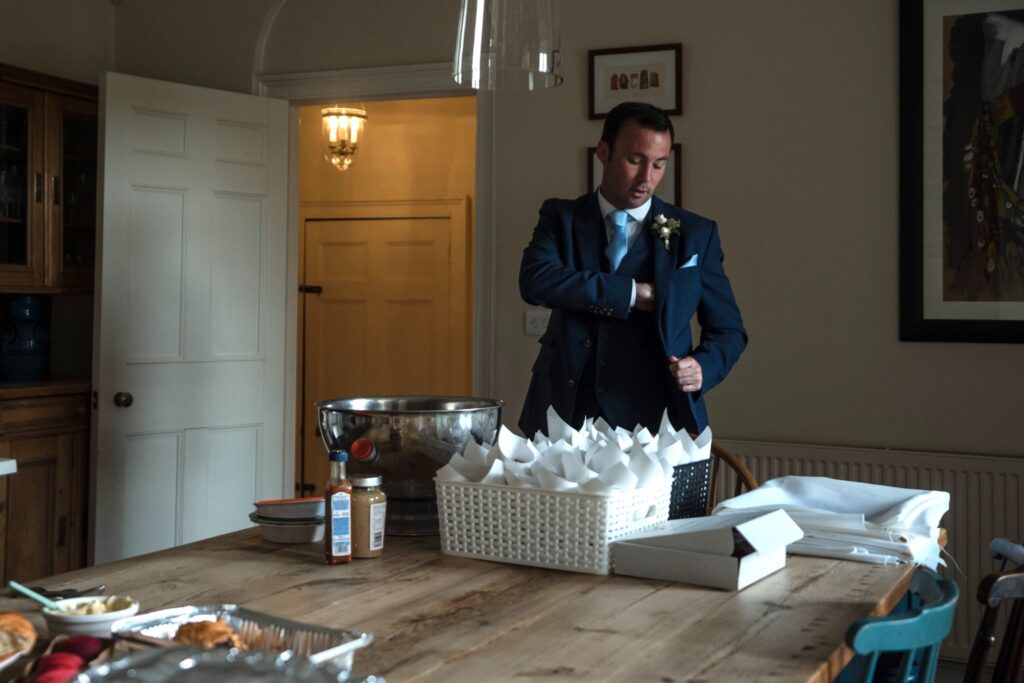
17 groom completes preparation ardington house wantage oxfordshire wedding photographers 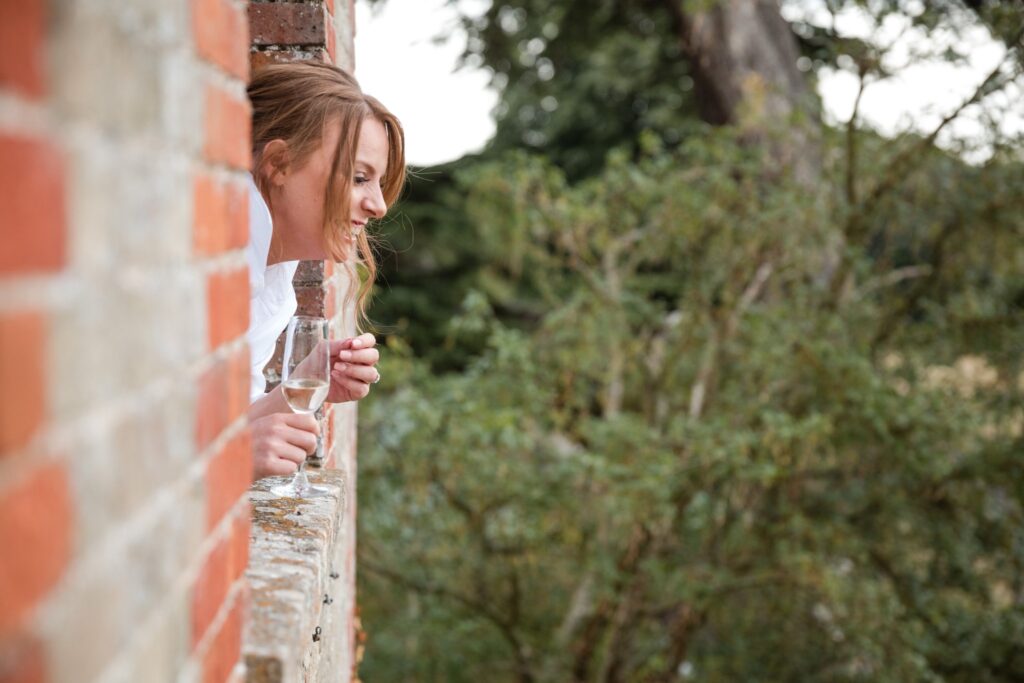
18 bride leans through window ardington house wantage oxfordshire wedding photography 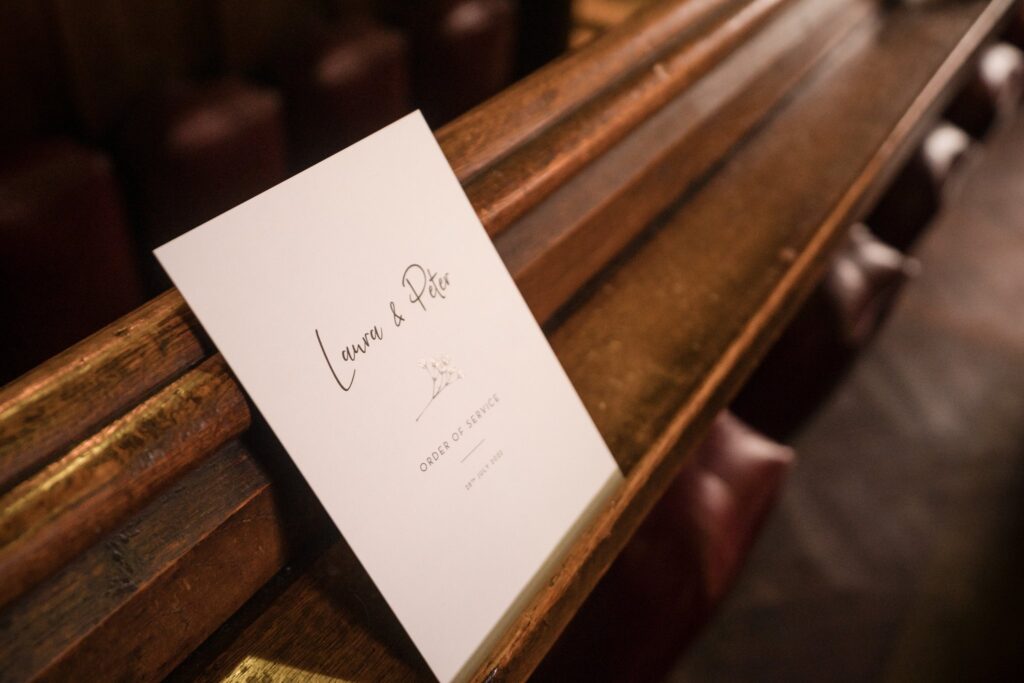
19 order of service holy trinity church ardington wantage oxford wedding photographer 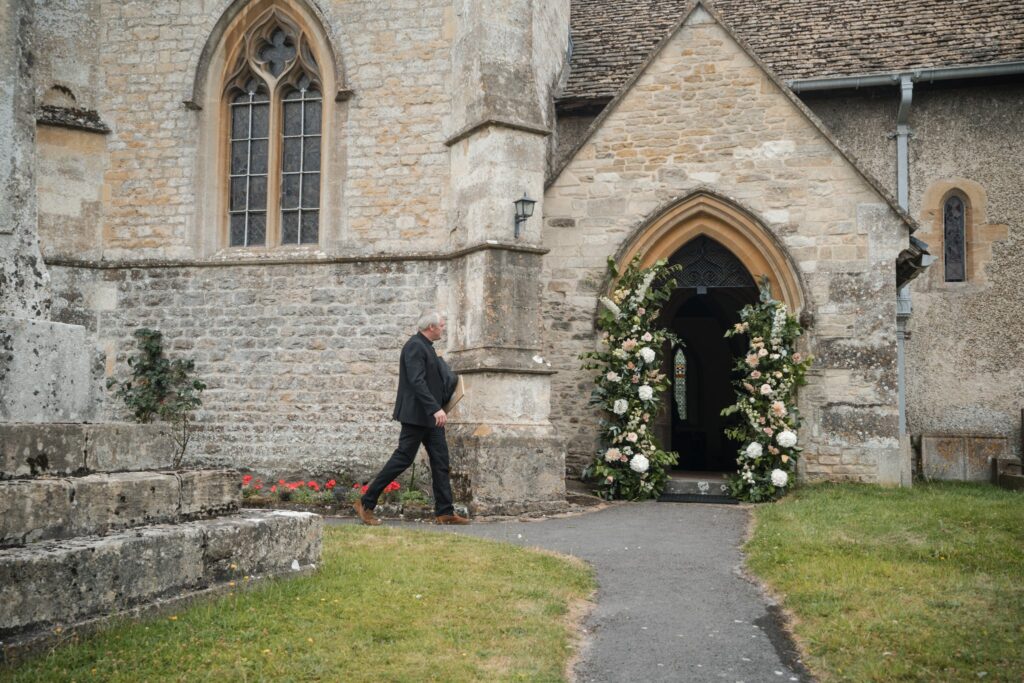
20 priest enters holy trinity church ardington wantage oxford wedding photographers 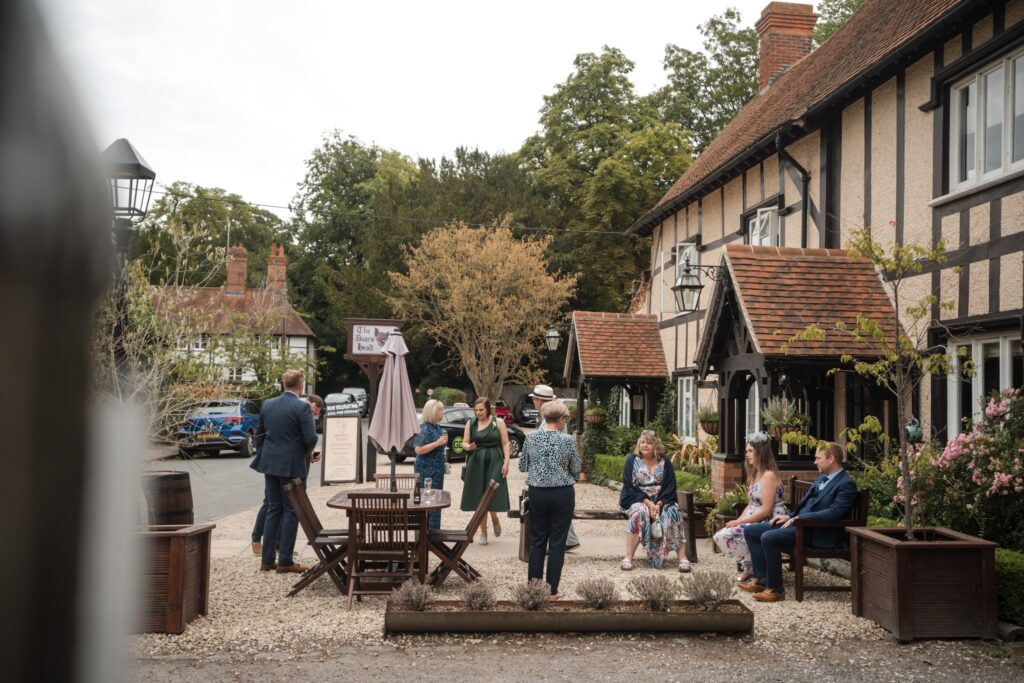
21 guests pub gathering the boars head ardington wantage oxfordshire oxford wedding photography 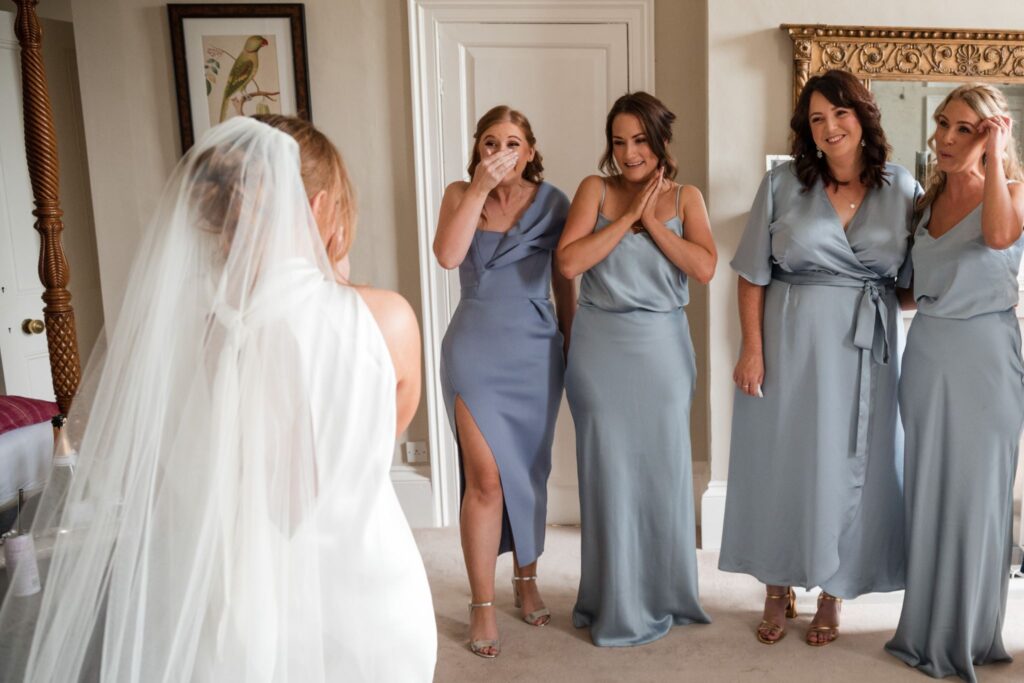
22 bridesmaids first brides dress look bridal prep ardington house wantage oxfordshire wedding photographer 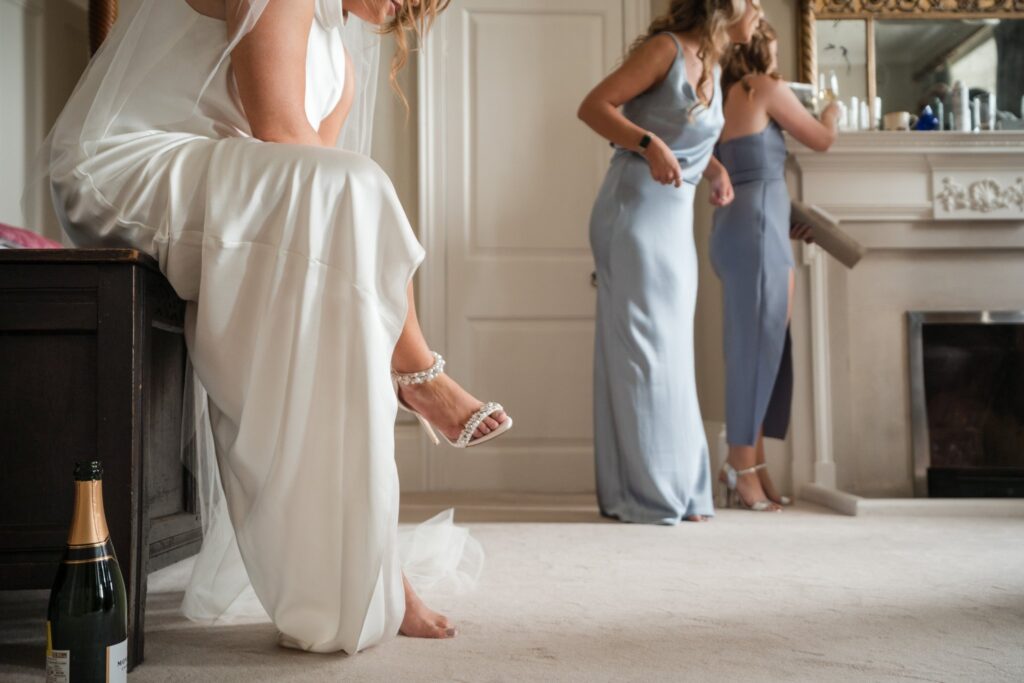
23 bride fastens shoe bridal prep ardington house wantage oxfordshire wedding photographers 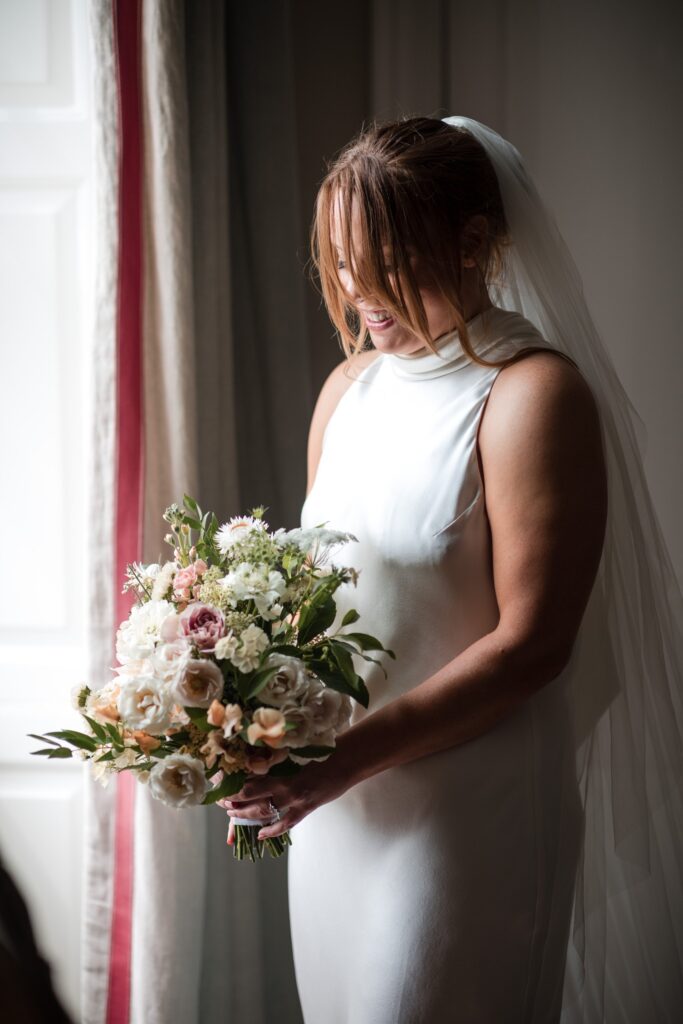
24 bride holds bouquet ardington house wantage oxfordshire wedding photography 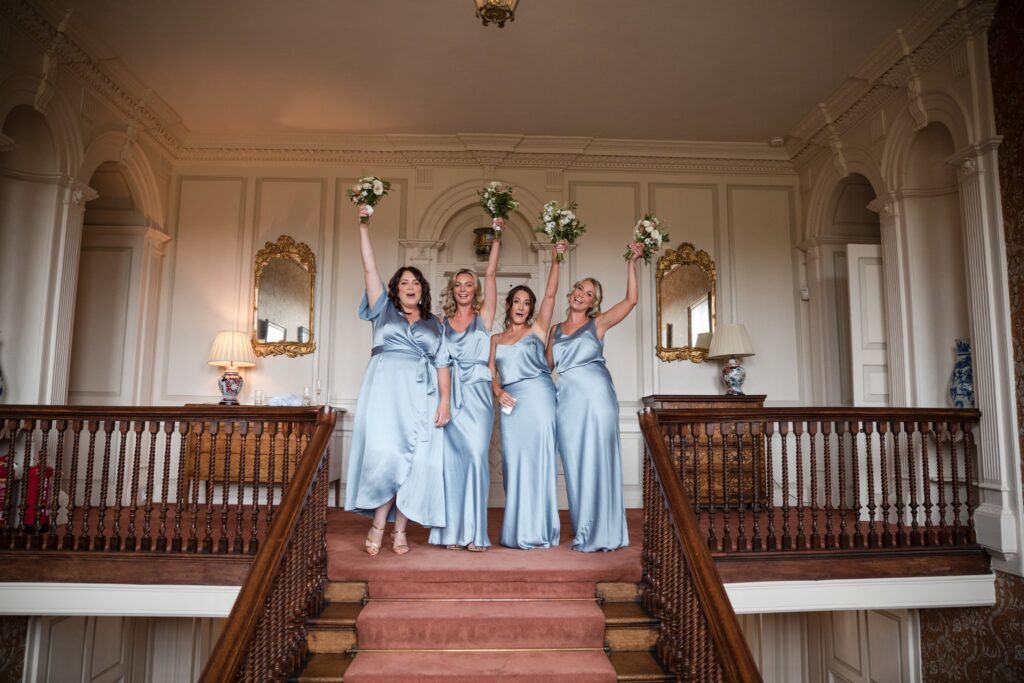
25 bridesmaids wave bouquets ardington house wantage oxford wedding photographer 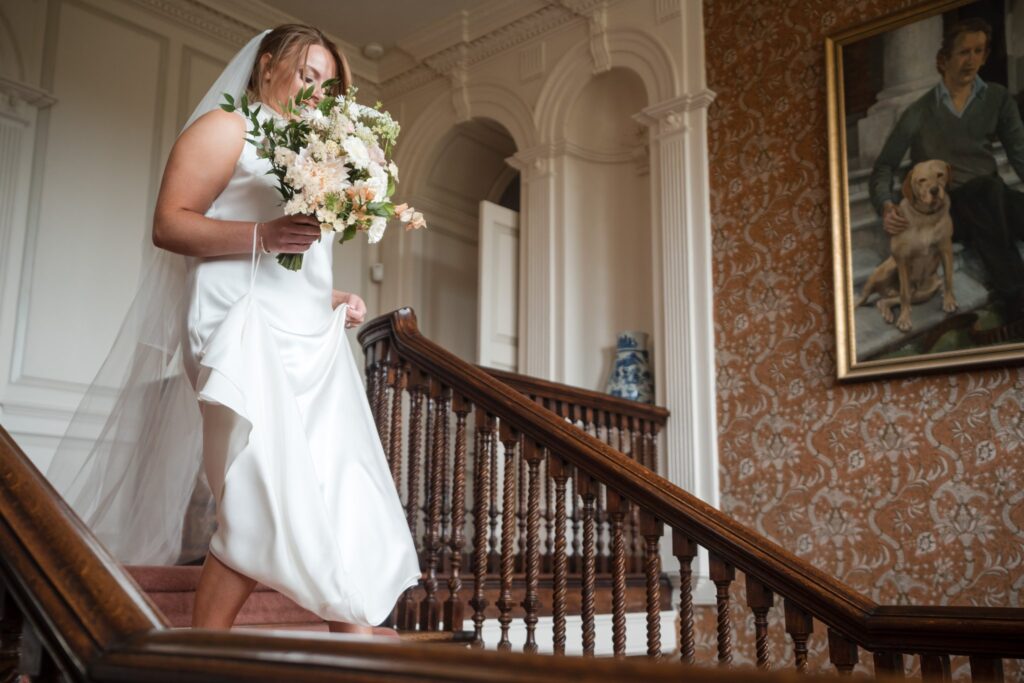
26 bride descends staircase ardington house wantage oxfordshire oxford wedding photographers 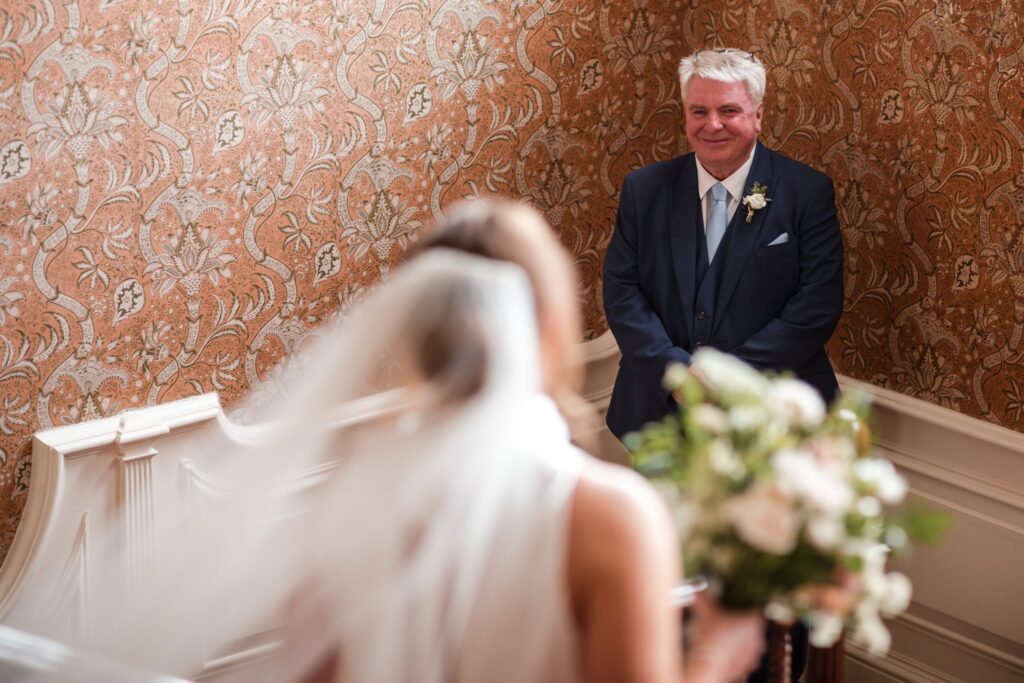
27 father of brides first look ardington house wantage oxfordshire oxford wedding photography 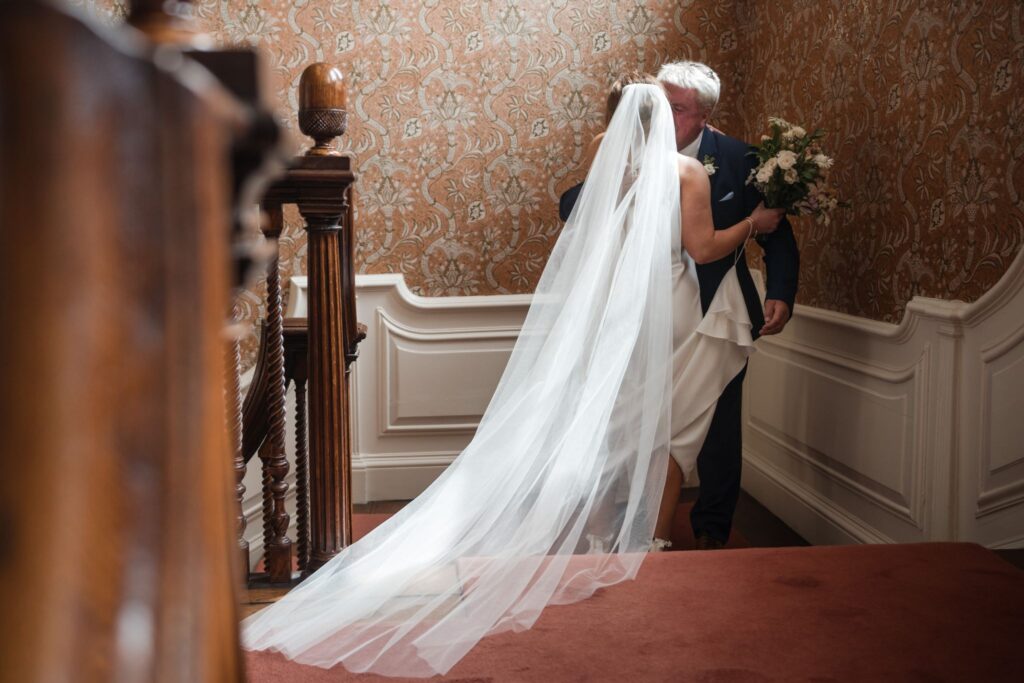
28 father kisses bride ardington house wantage oxford wedding photographer 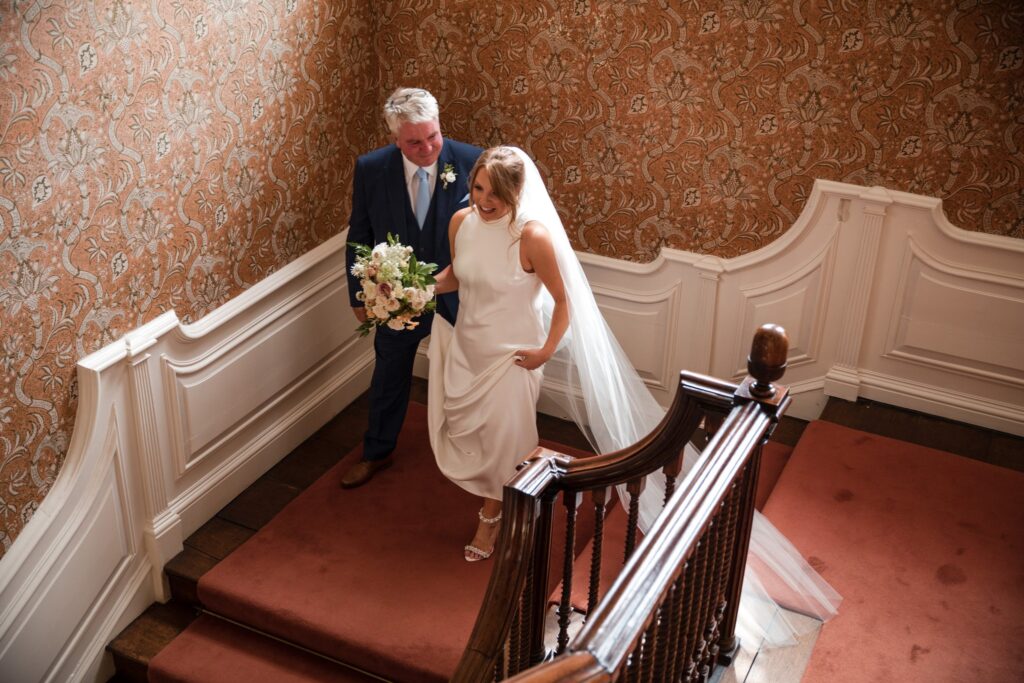
29 smiling father of bride daughter descend staircase ardington house wantage oxford wedding photographers 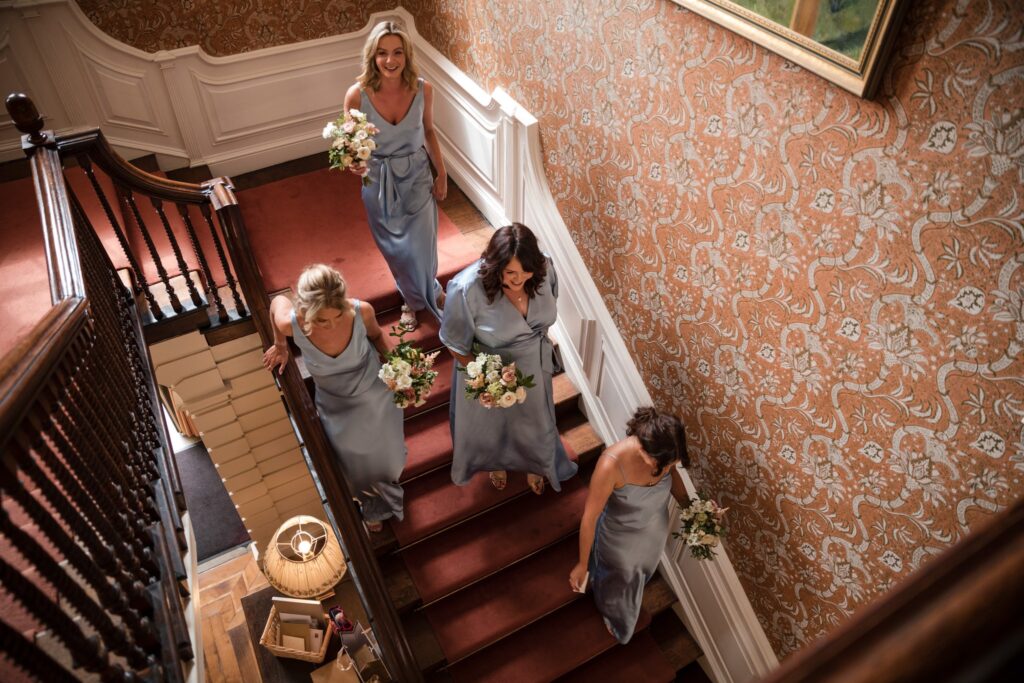
30 bridesmaids descend staircase ardington house wantage oxfordshire oxford wedding photography 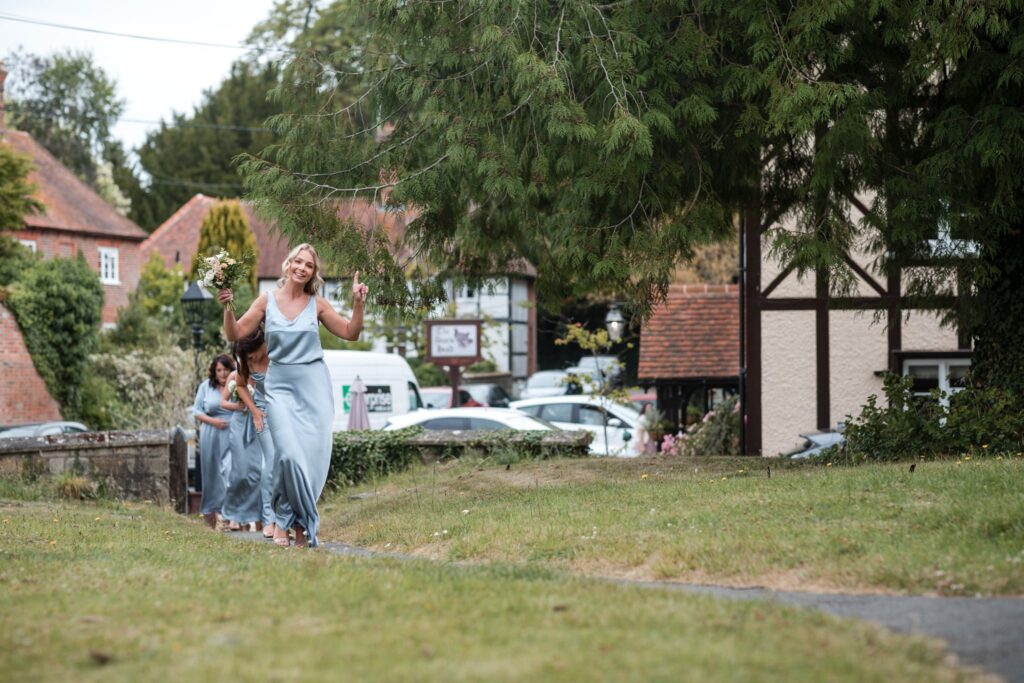
31 bridesmaid leads bridal party holy trinity churchyard ardington wantage oxfordshire wedding photographer 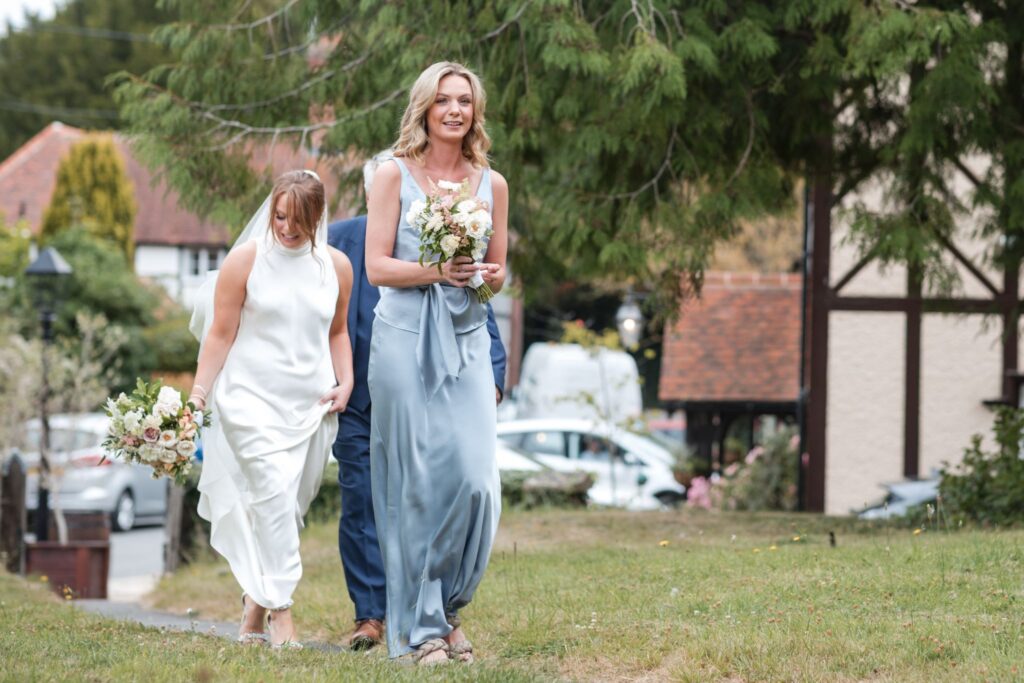
32 bride approaches holy trinity church ardington wantage oxfordshire wedding photographers 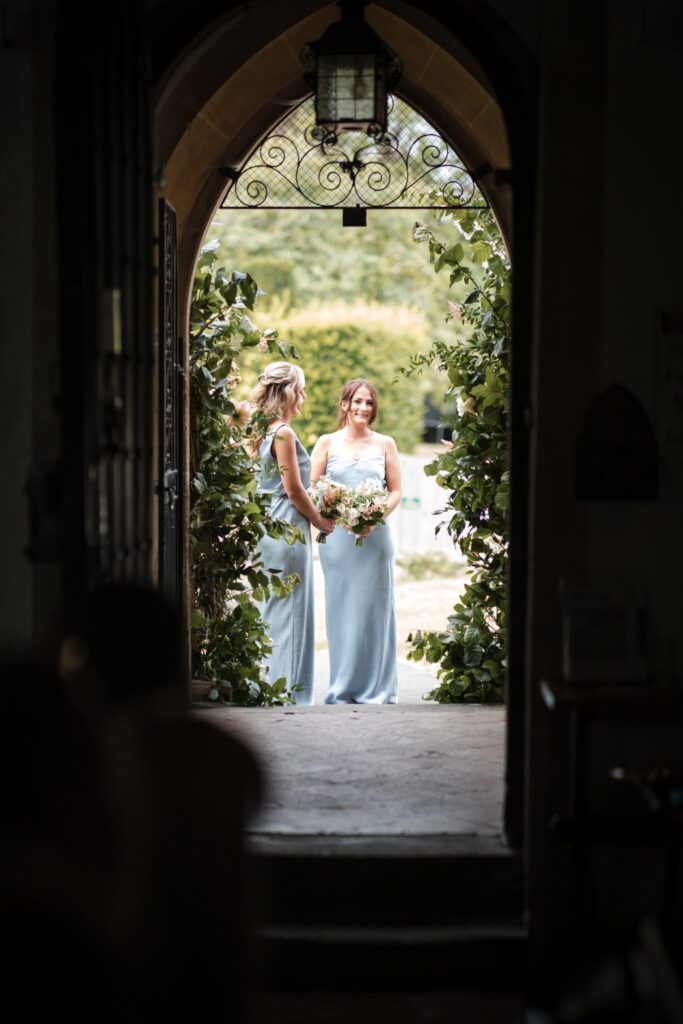
34 bridesmaids approach holy trinity church doorway ardington wantage oxfordshire oxford wedding photographer 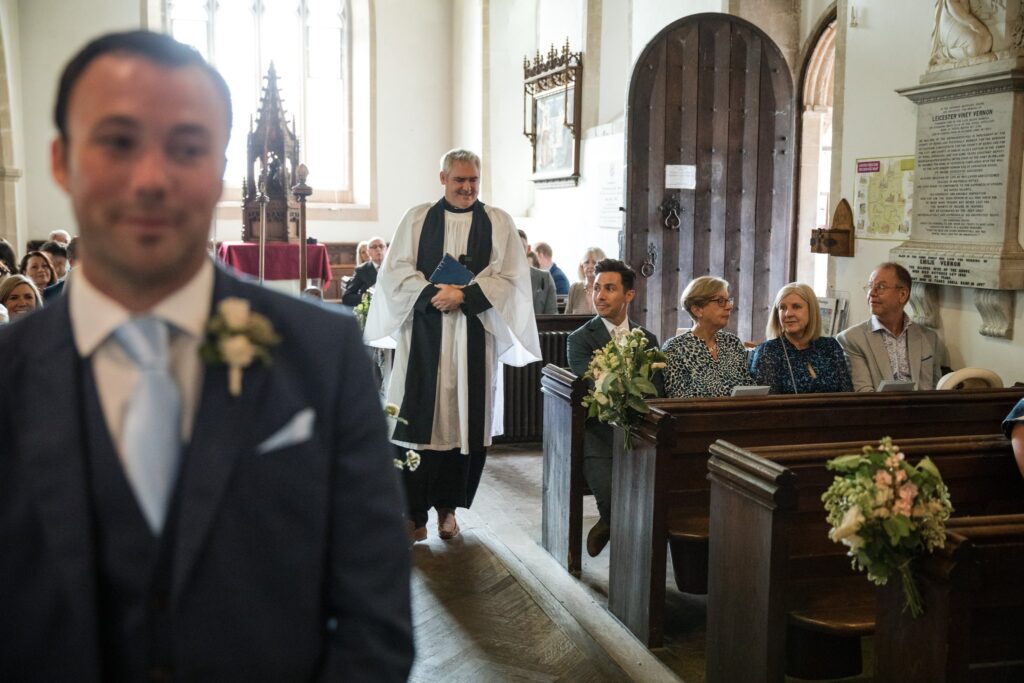
35 priest enters holy trinity church ardington wantage oxfordshire wedding photography 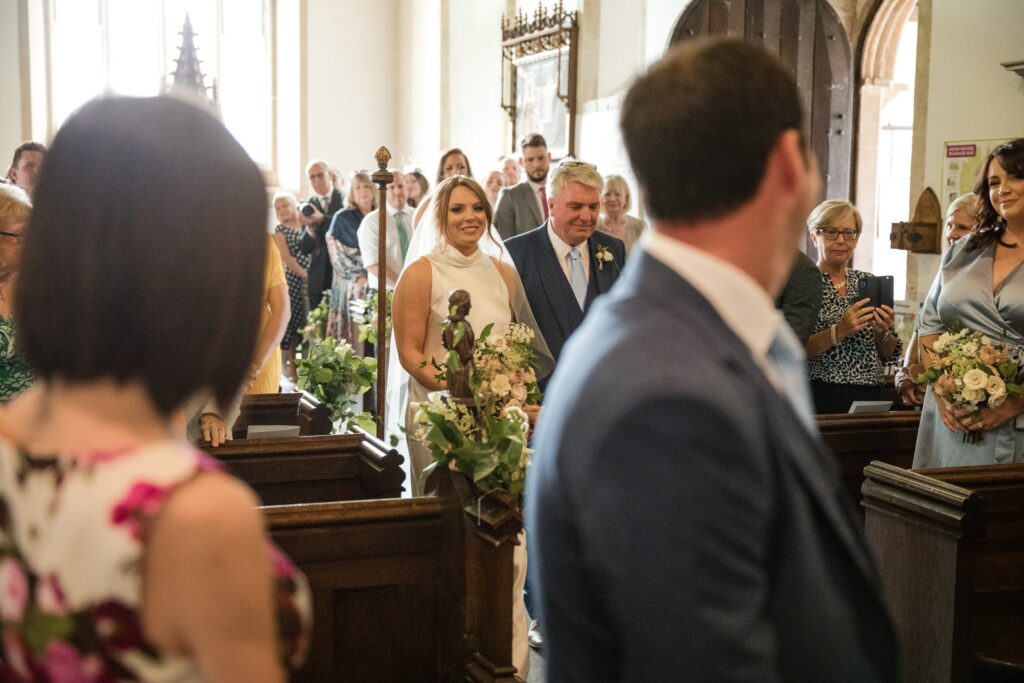
36 father of bride escorts daughter holy trinity church ceremony ardington wantage oxfordshire oxford wedding photography 
37 bride father approach priest holy trinity church ceremony ardington wantage oxfordshire oxford wedding photographers 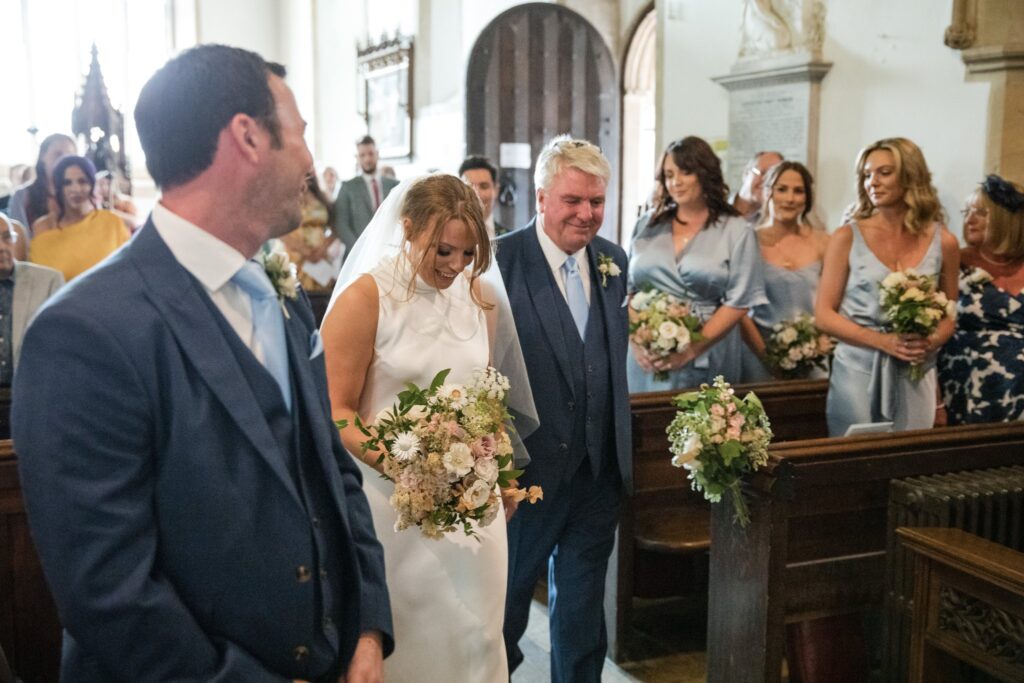
38 bridesmaid watch bride approach groom holy trinity church ceremony ardington wantage oxford wedding photography 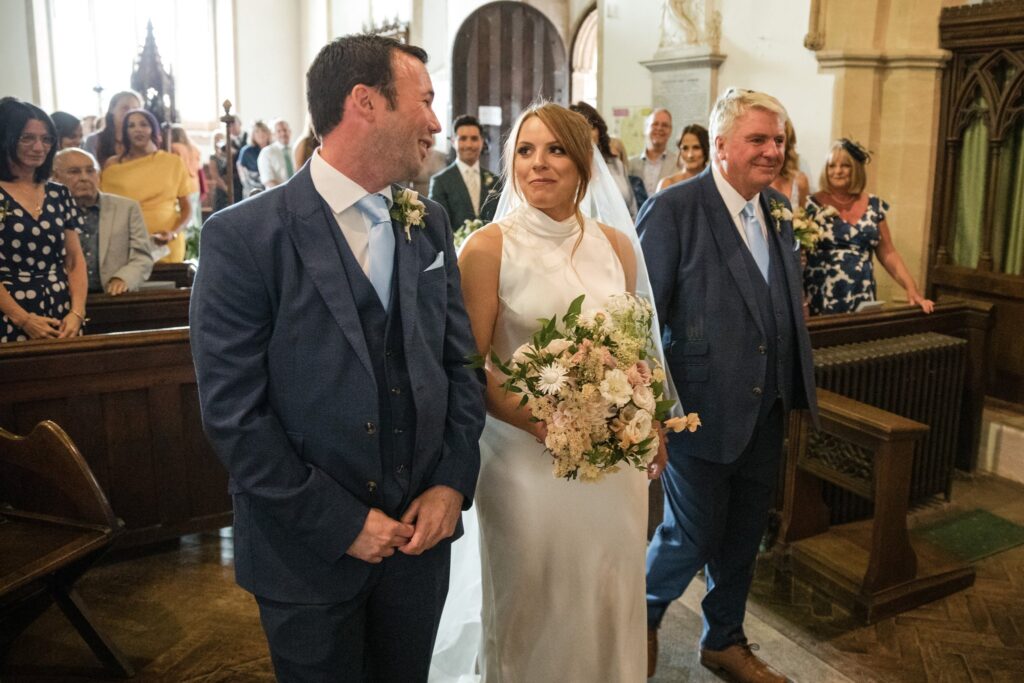
39 bride groom exchange looks holy trinity church ceremony ardington wantage oxfordshire wedding photographer 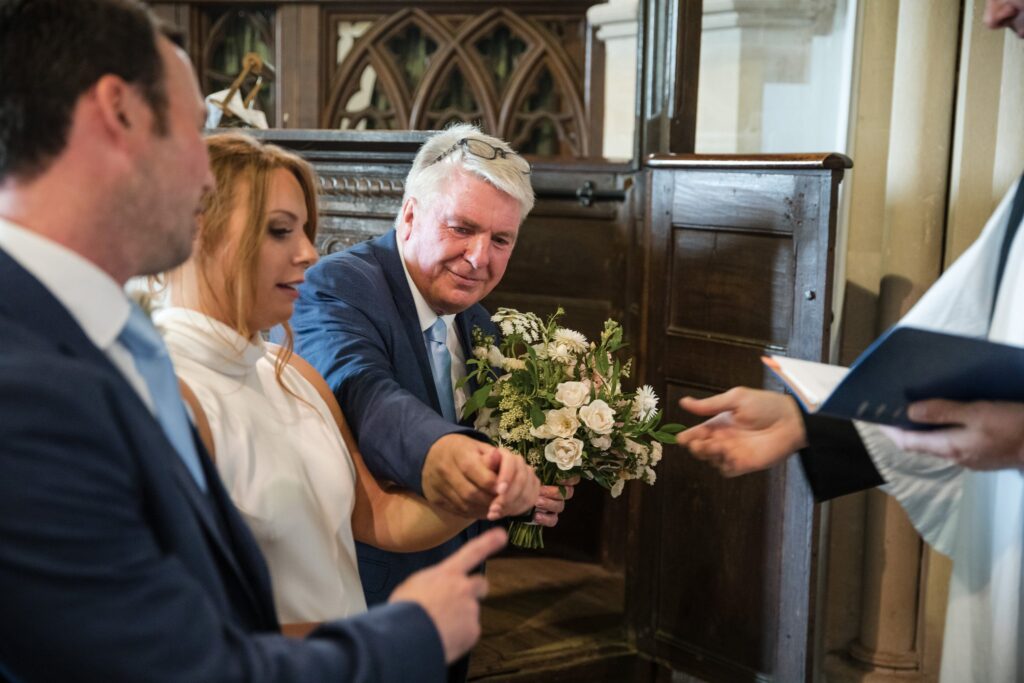
40 father of bride takes bouquet holy trinity church ceremony ardington wantage oxfordshire wedding photographerrs 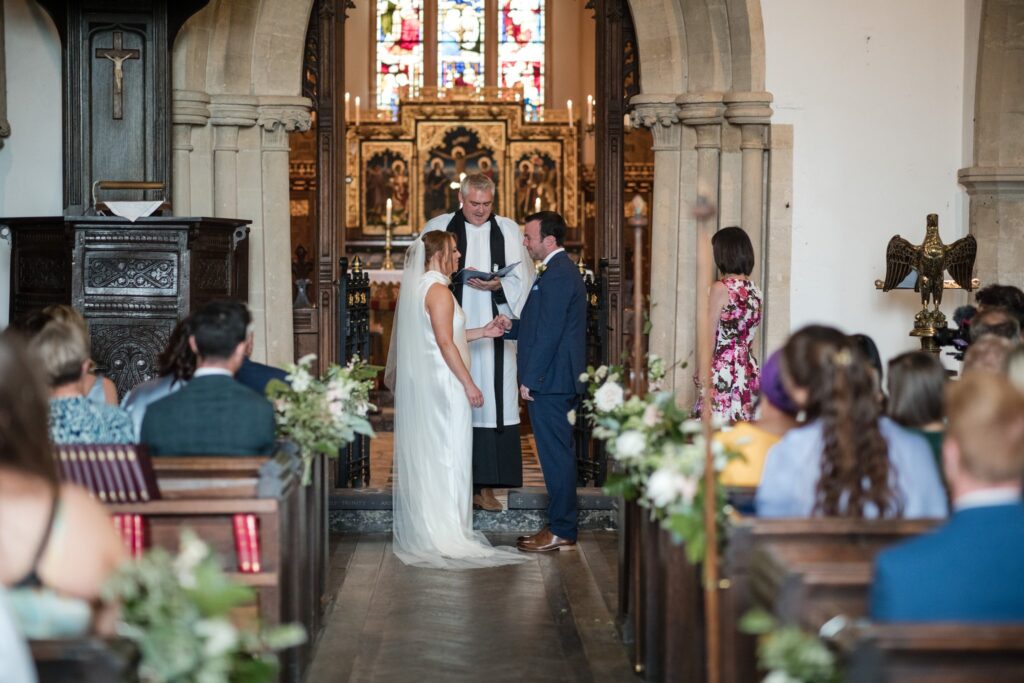
41 priest conducts marriage ceremony holy trinitty church ardington wantage oxfordshire wedding photography 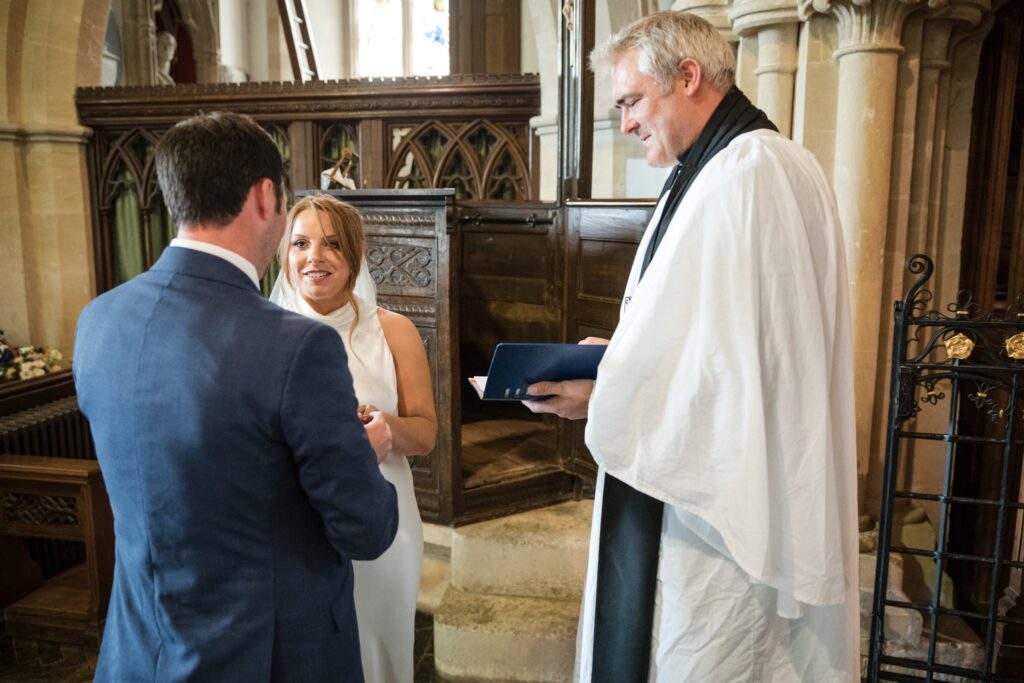
42 bride groom exchange vows holy trinity church ceremony ardington wantage oxfordshire oxford wedding photographer 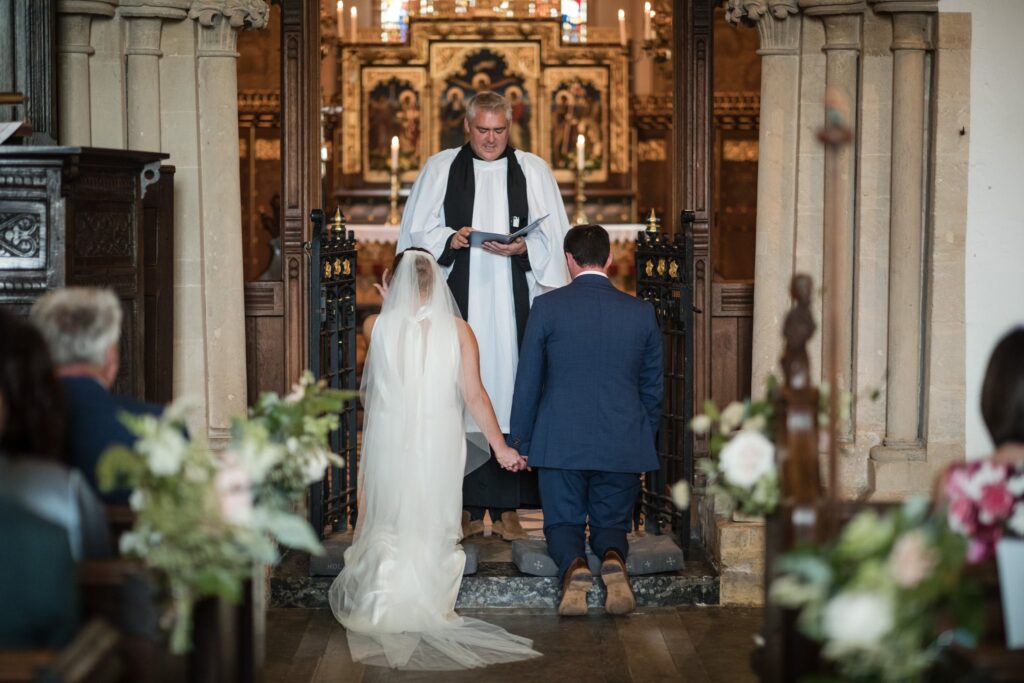
43 bride groom kneel before priest holy trinity church ardington wantage oxfordshire oxford wedding photographers 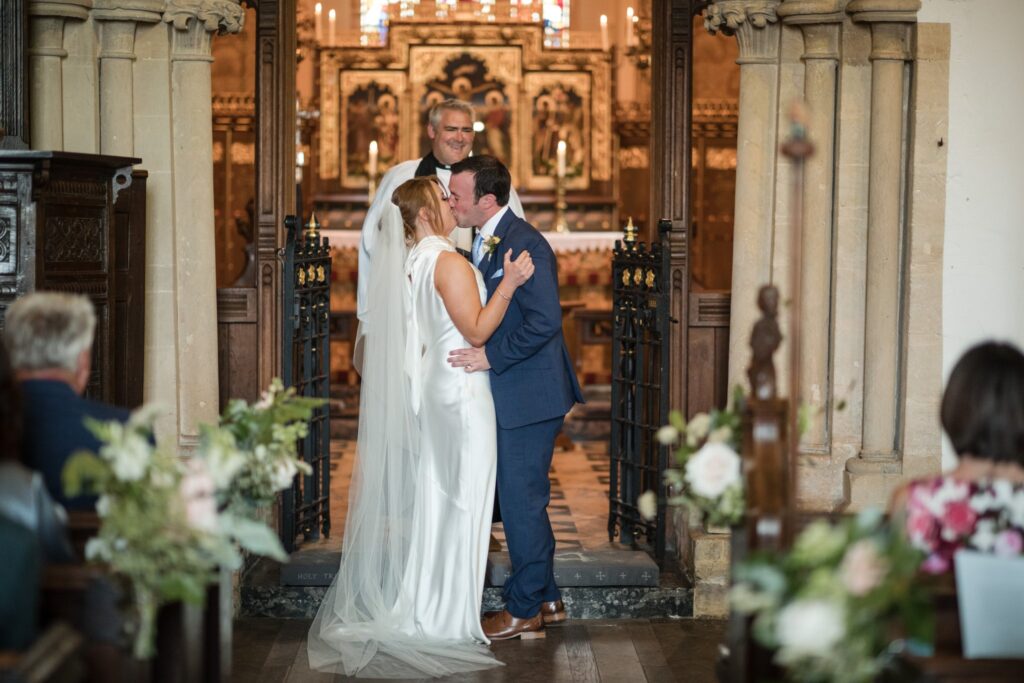
44 bride grooms first kiss holy trinity church ardington wantage oxfordshire oxford wedding photography 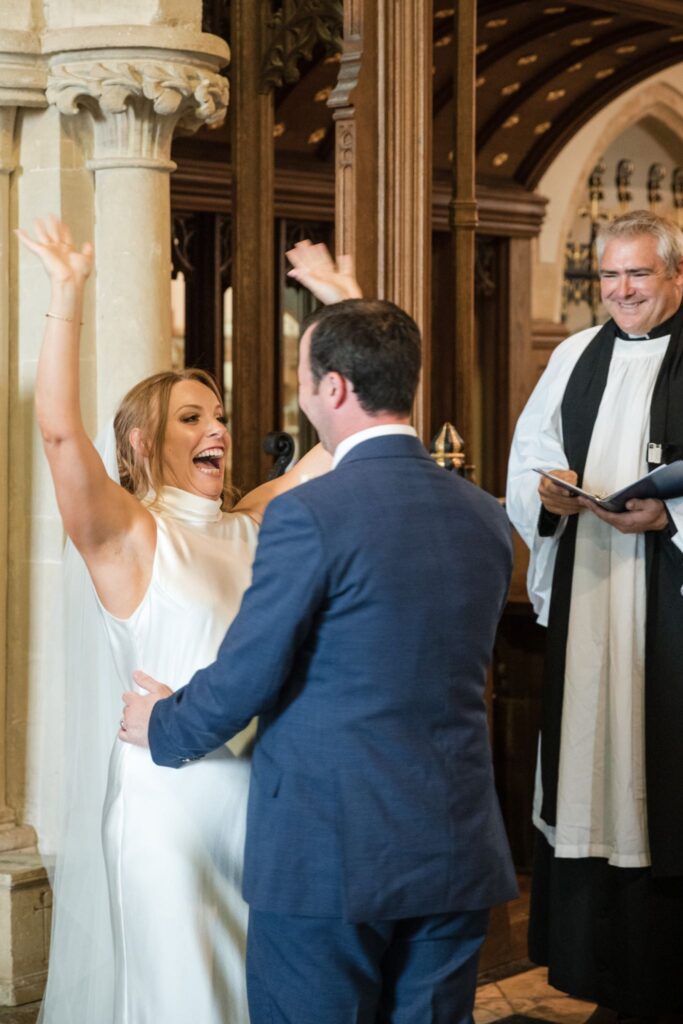
45 bride holds hands aloft holy trinity church ceremony ardington wantage oxford wedding photography 
45 just married happy bride groom holy trinity church ceremony ardington wantage oxfordshire wedding photographer 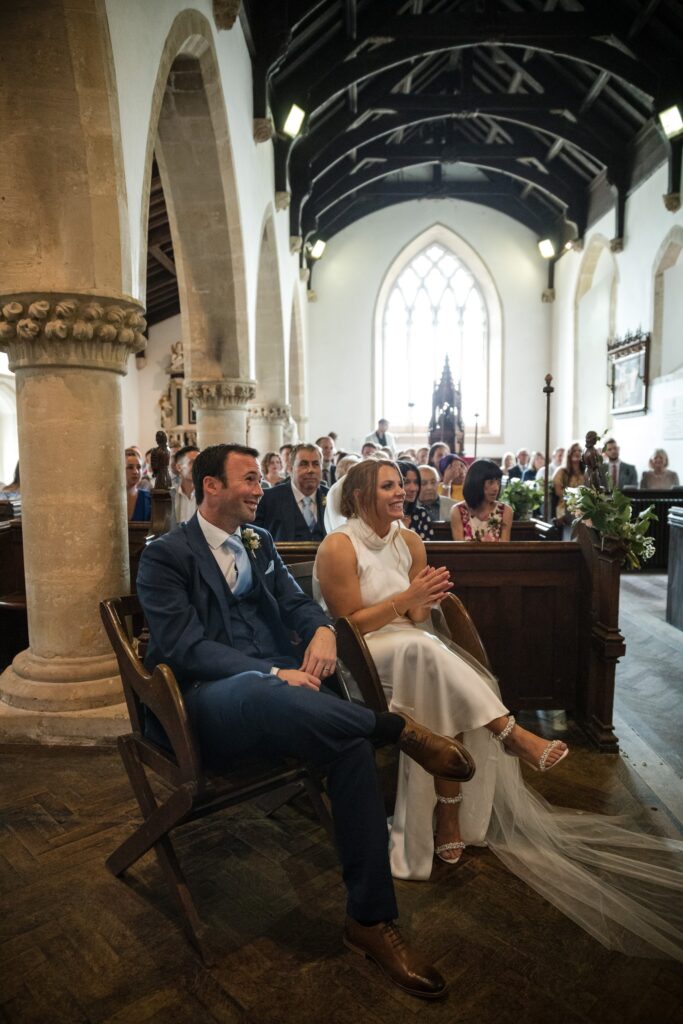
46 seated bride groom hear priest holy trinity church ardington wantage oxford wedding photographers 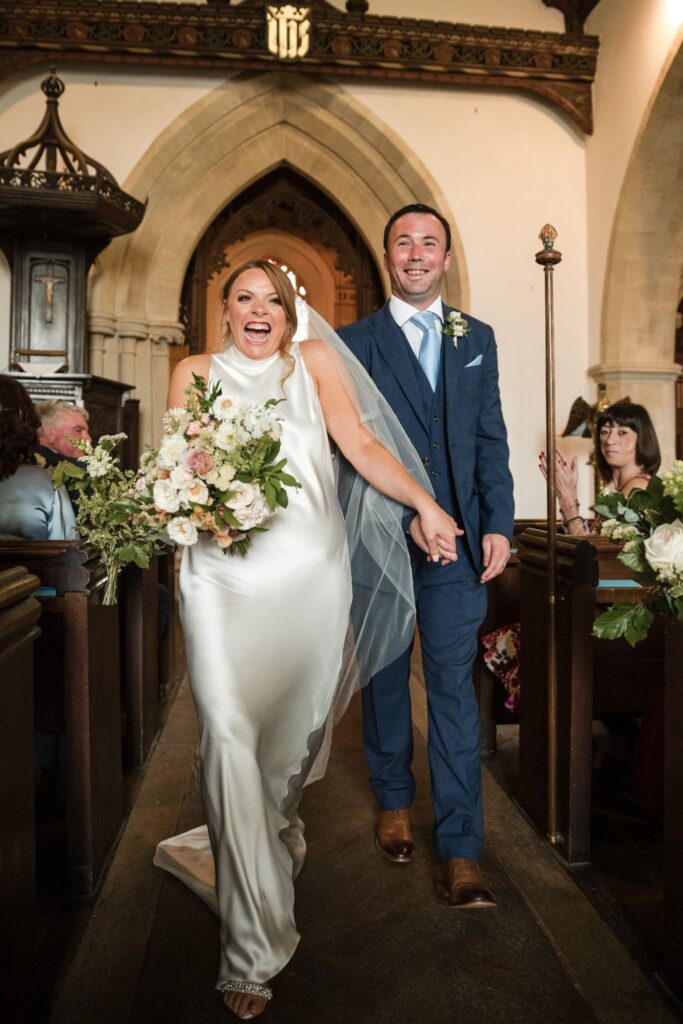
47 bride groom aisle walk holy trinity church ardington wantage oxfordshire wedding photography 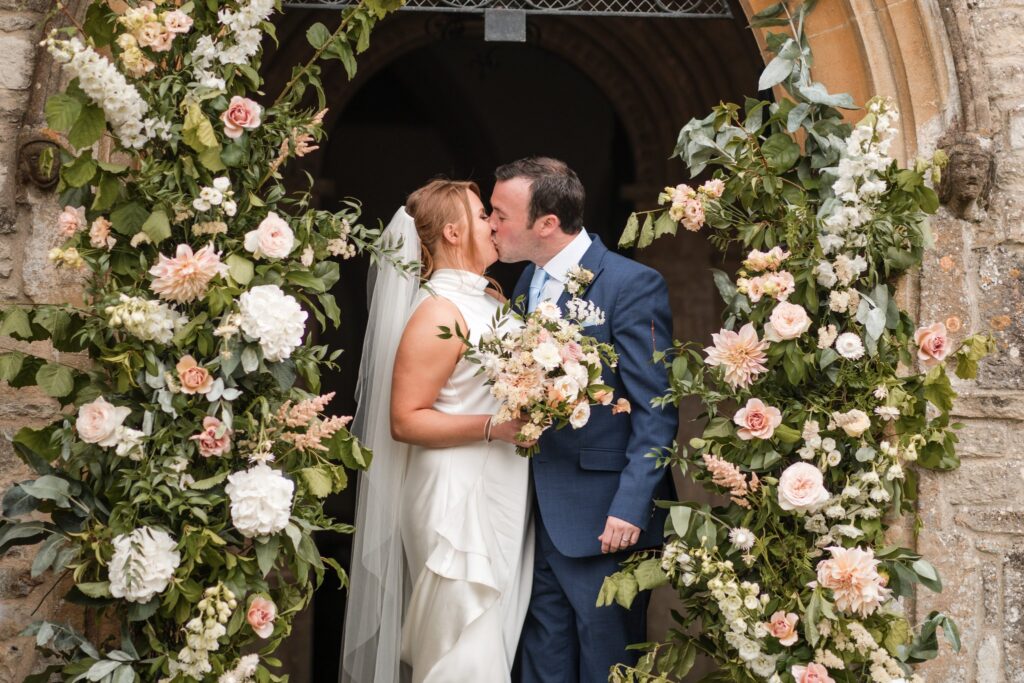
48 bride groom kiss holy trinity church archway ardington wantage oxfordshire oxford wedding photographer 
49 bride groom enjoy confetti shower holy trinity churchyard ardington wantage oxfordshire oxford wedding photographers 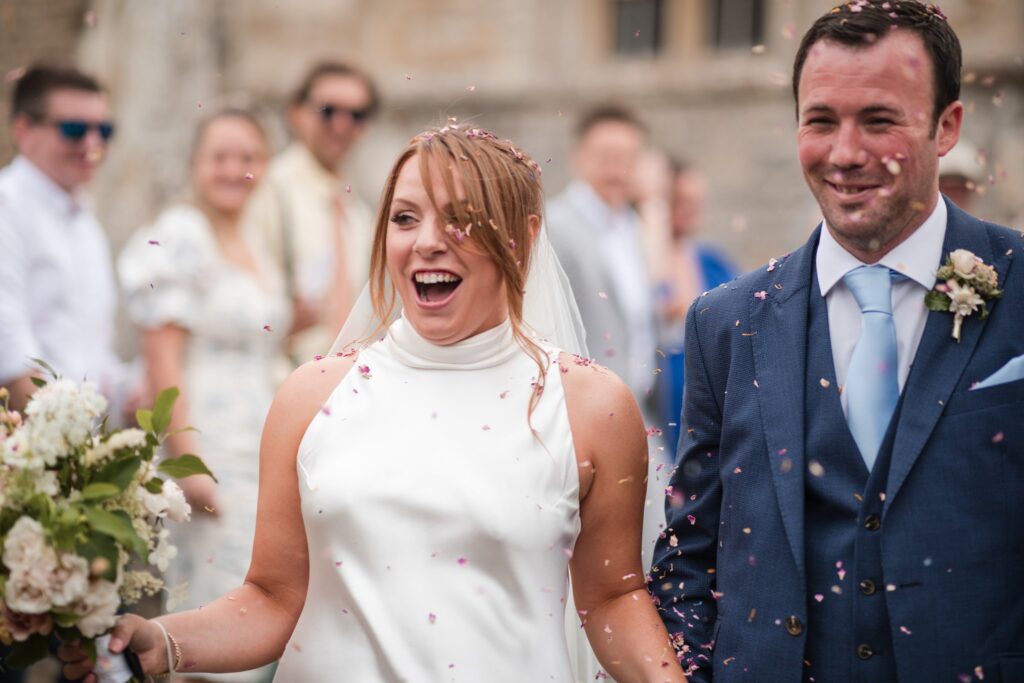
50 confetti covered bride groom holy trinity churchyard ardington wantage oxfordshire oxford wedding photography 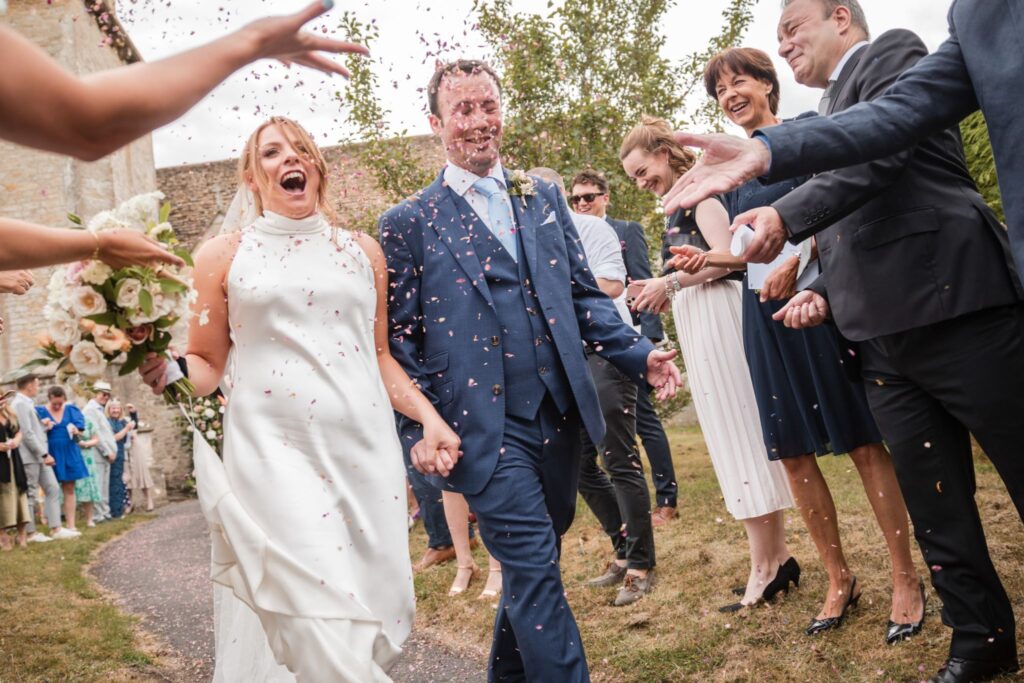
51 guests throw conetti holy trinity churchyard ardington wantage oxfordshire wedding photographer 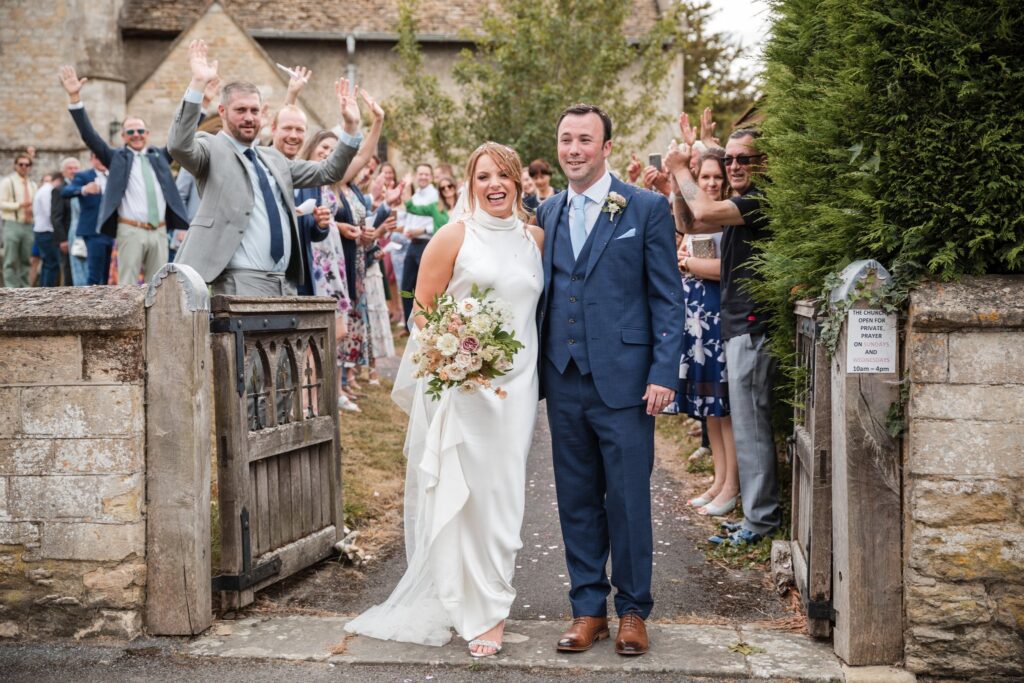
52 bride groom waving guests holy trinity churchyard ardington wantage oxfordshire wedding photographers 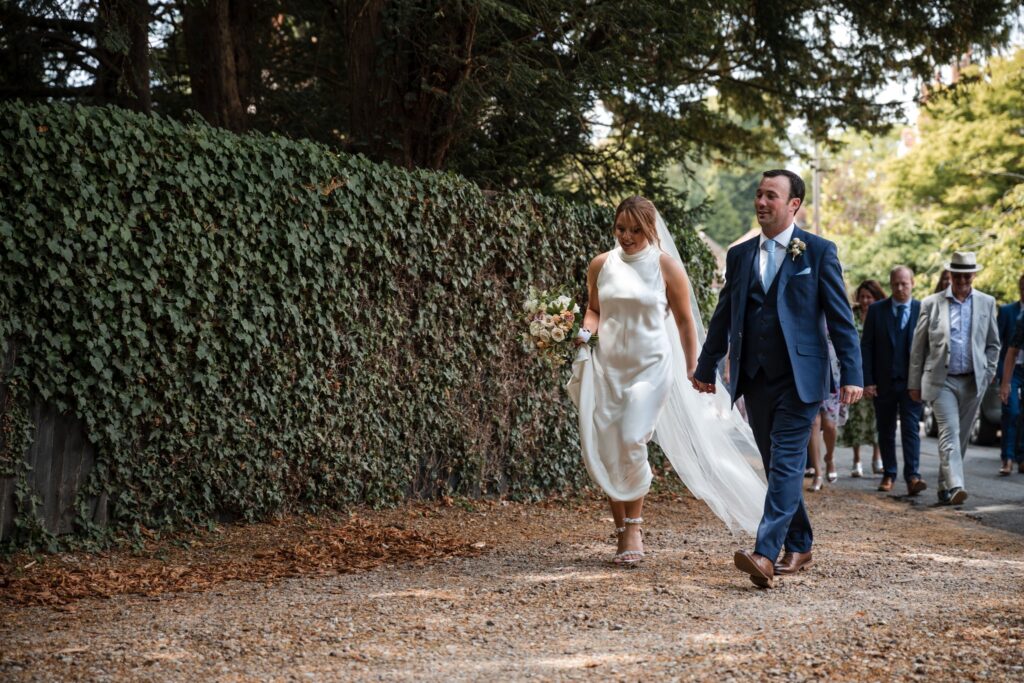
53 bride groom guests leave holy trinity church ardington wantage oxfordshire wedding photography 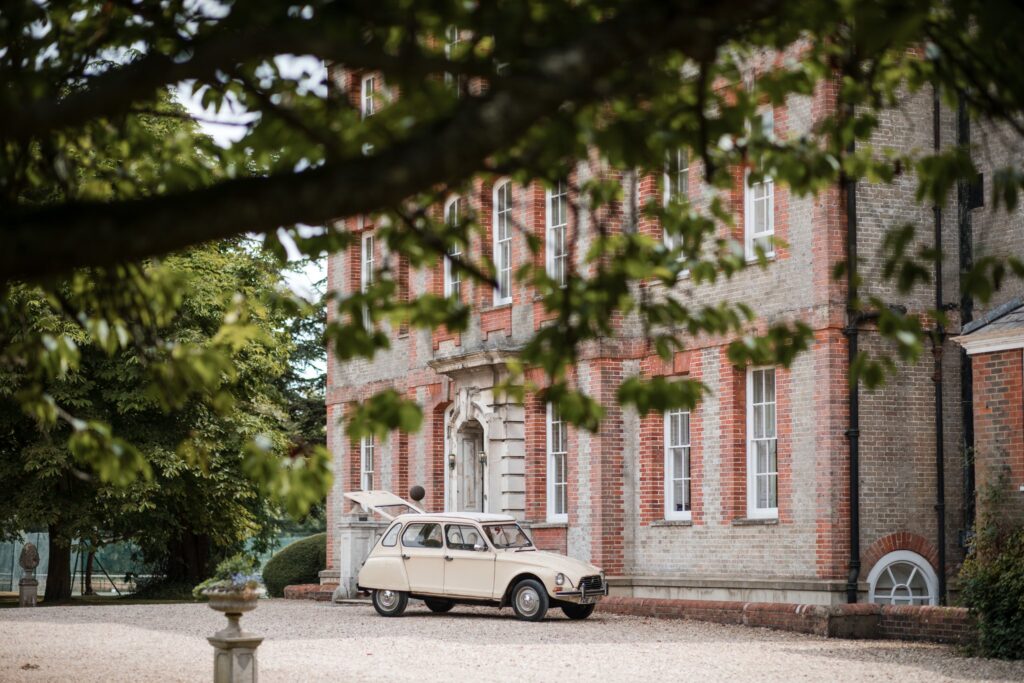
54 vintage car drinks bar ardington house grounds wantage oxfordshire oxford wedding photographer 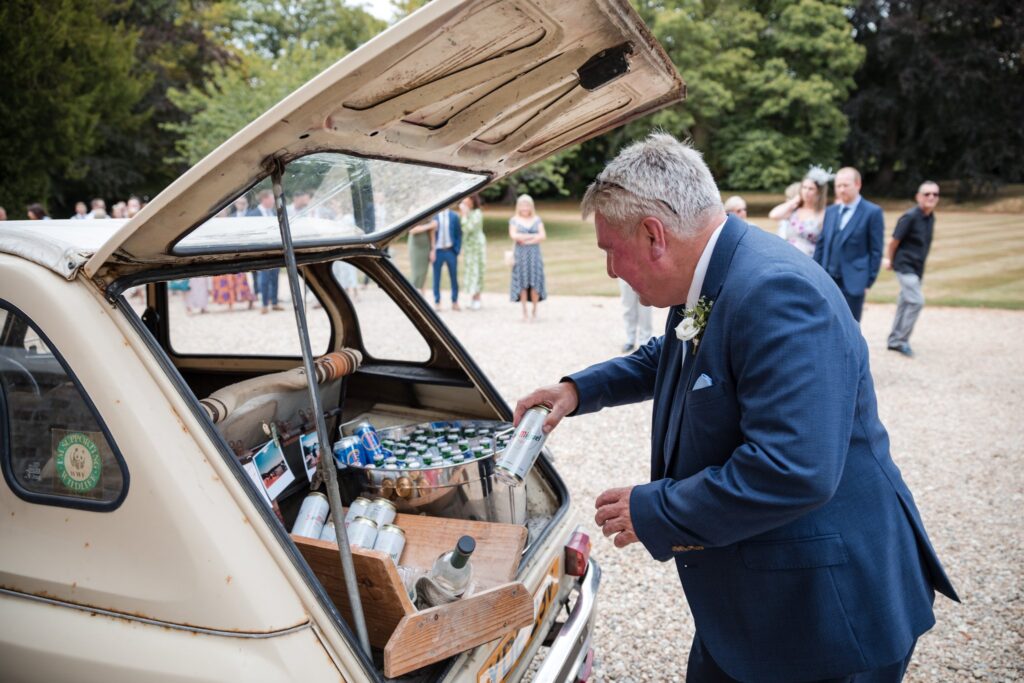
55 father of bride ardington house drinks reception wantage oxfordshire oxford wedding photographer 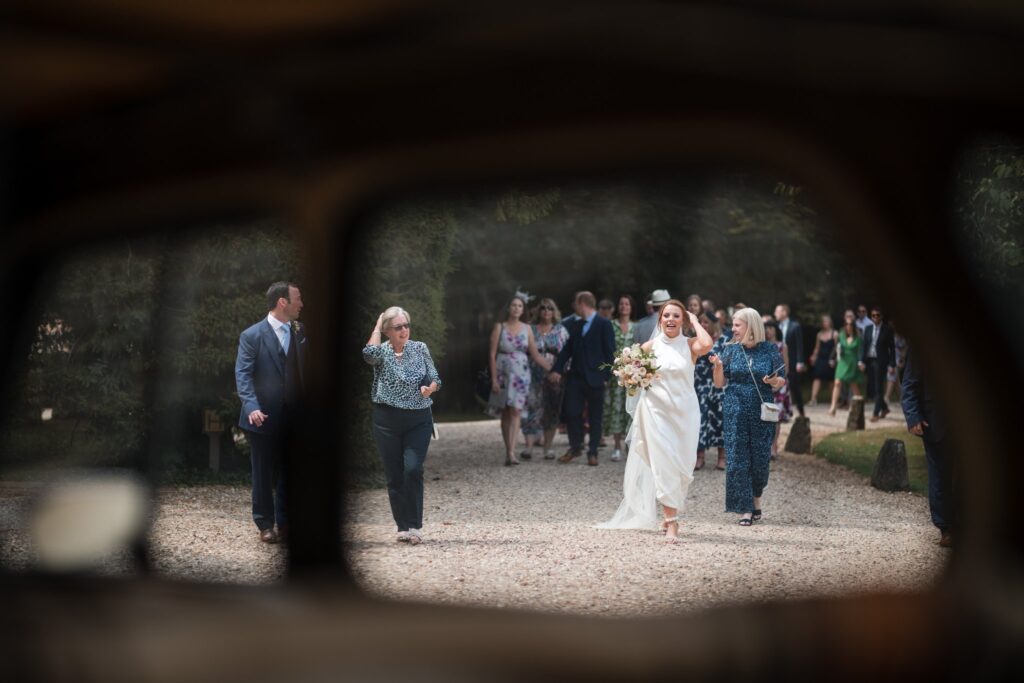
56 bride joins drinks reception ardington house wantage oxfordshire oxford wedding photography 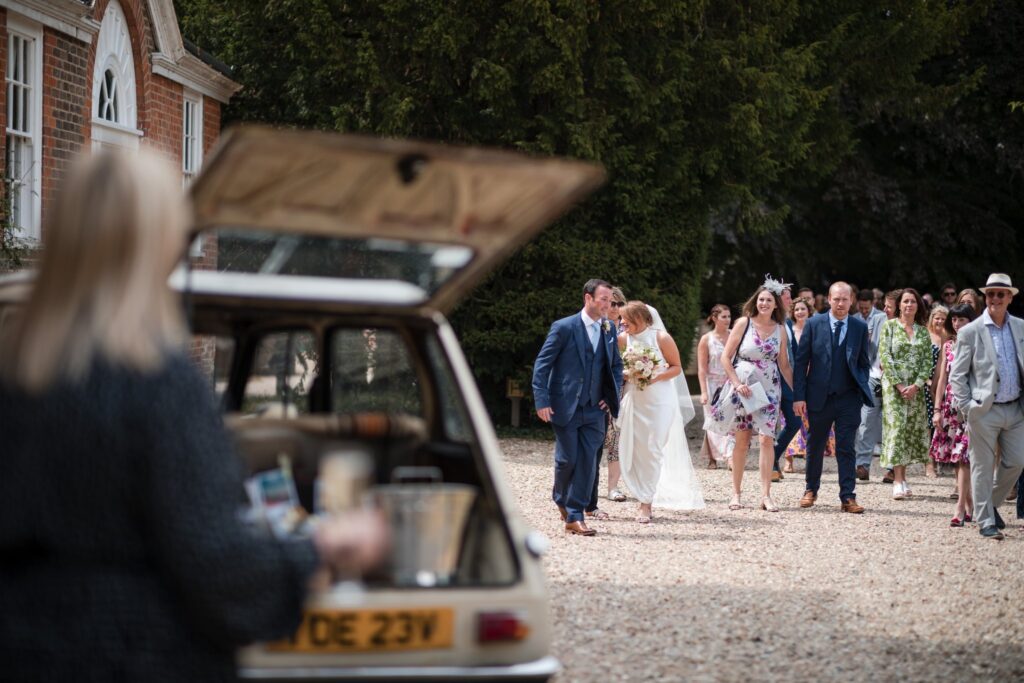
57 guests arrive ardington house drinks reception wantage oxford wedding photography 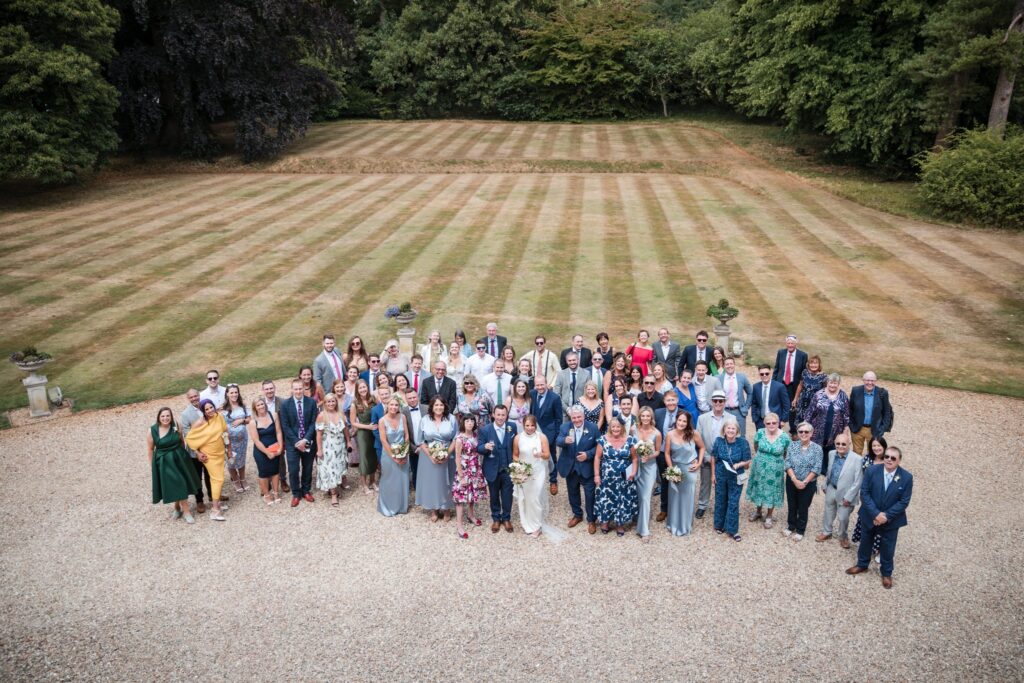
58 guests enjoy drinks reception ardington house grounds wantage oxfordshire wedding photographer 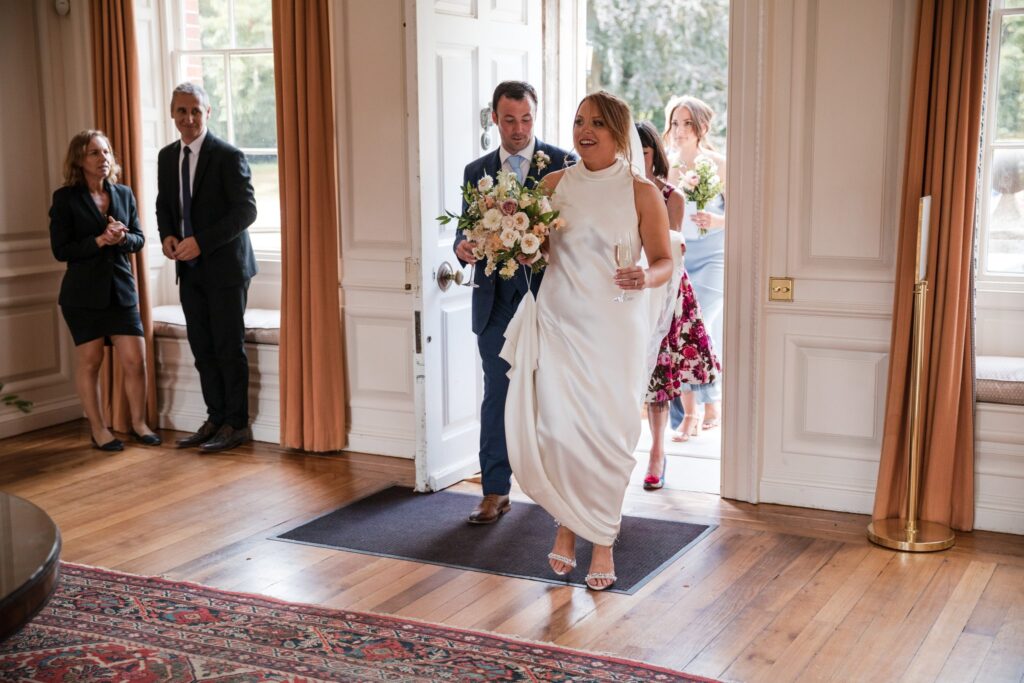
59 bride groom enter ardington house wantage oxfordshire wedding photographers 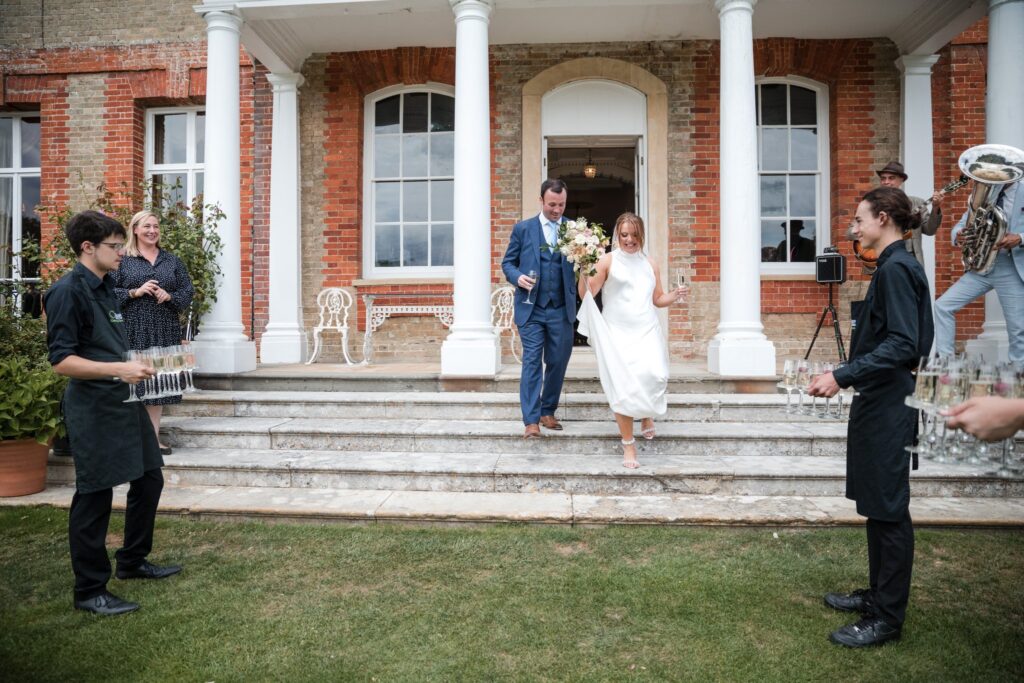
60 bride groom enter champagne reception ardington house gardens wantage oxfordshire wedding photography 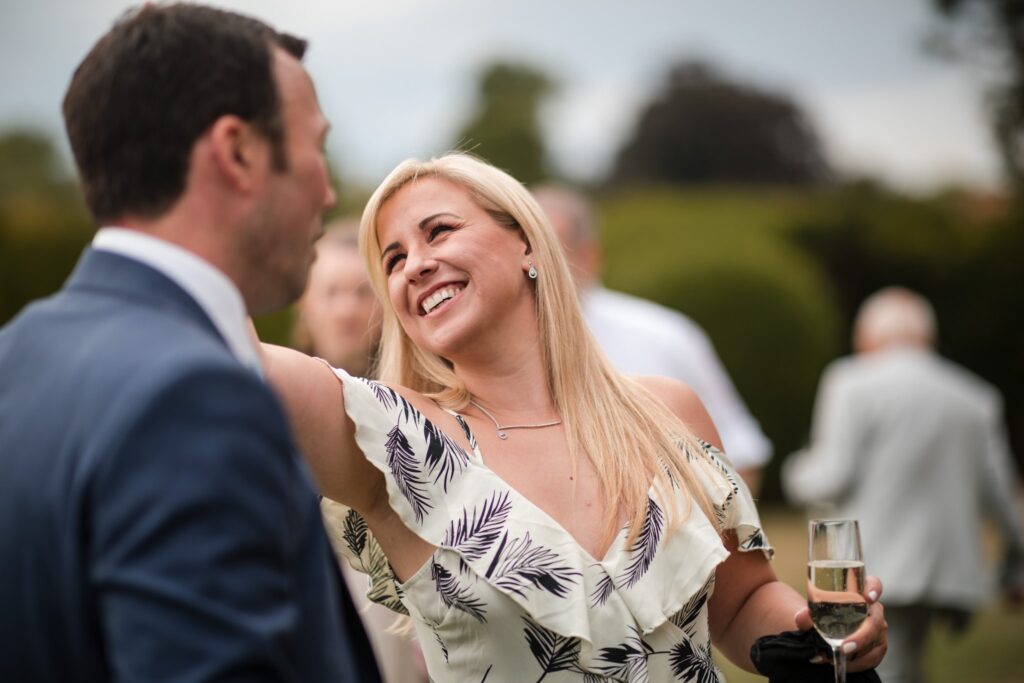
61 guest meets groom ardington house champagne reception wantage oxfordshire oxford wedding photographer 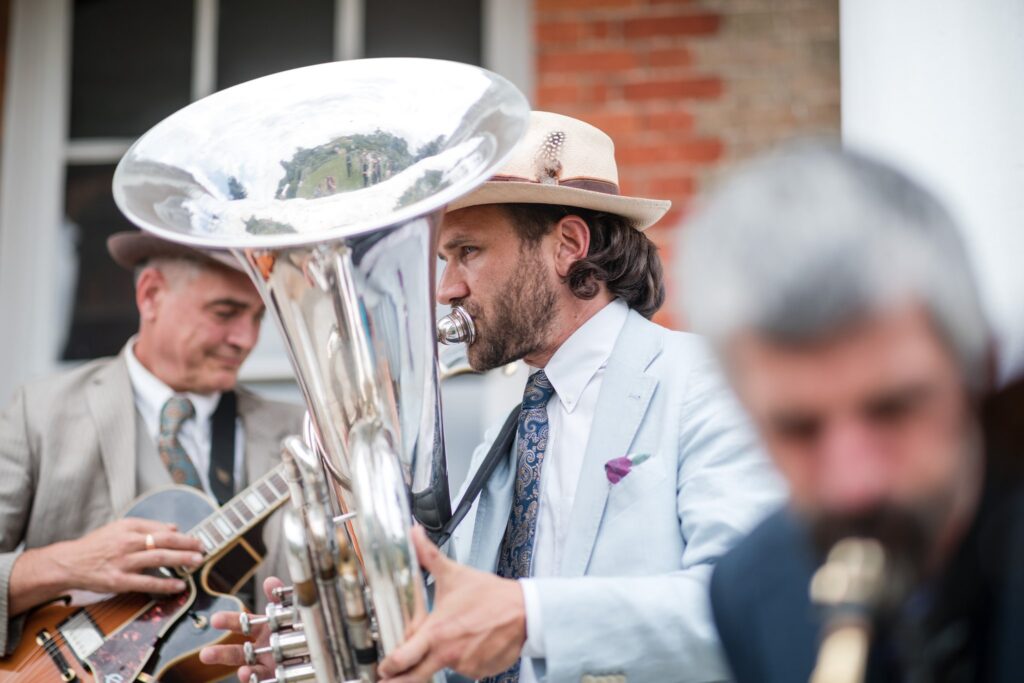
62 music trio ardington house gardens wantage oxfordshire oxford wedding photographers 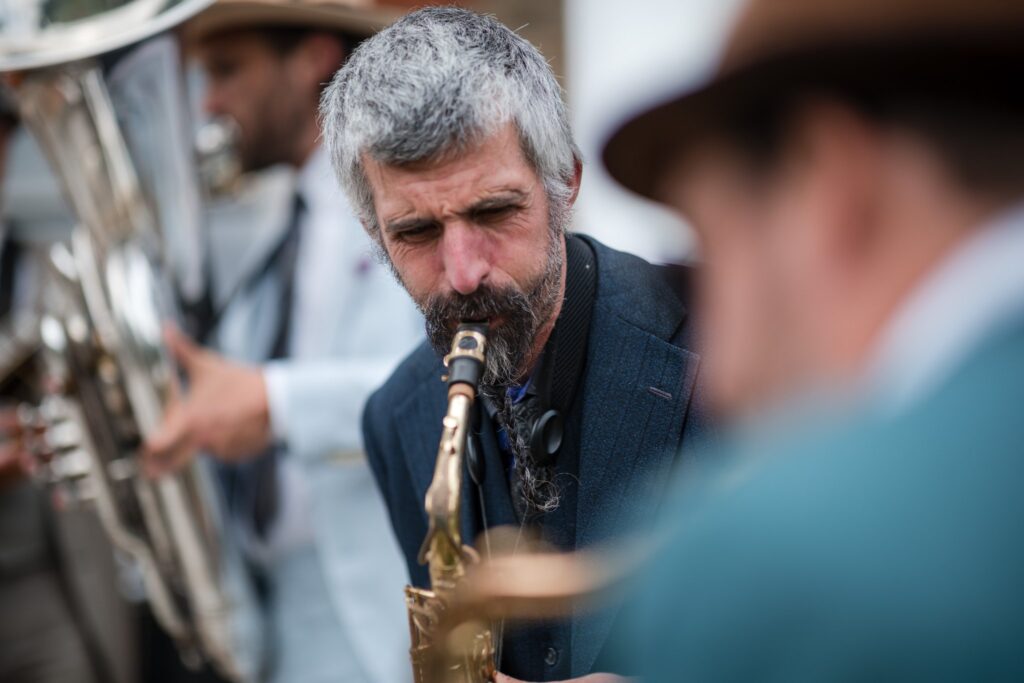
63 champagne reception band ardington house gardens wantage oxfordshire oxford wedding photography 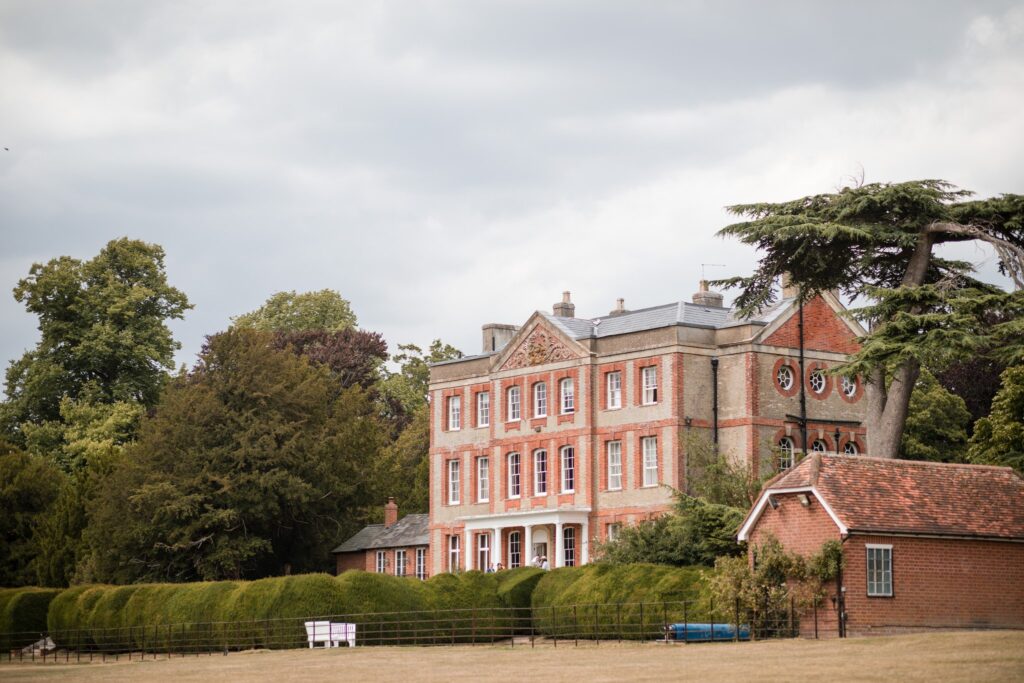
64 ardington house formal gardens wantage oxfordshire wedding photographers 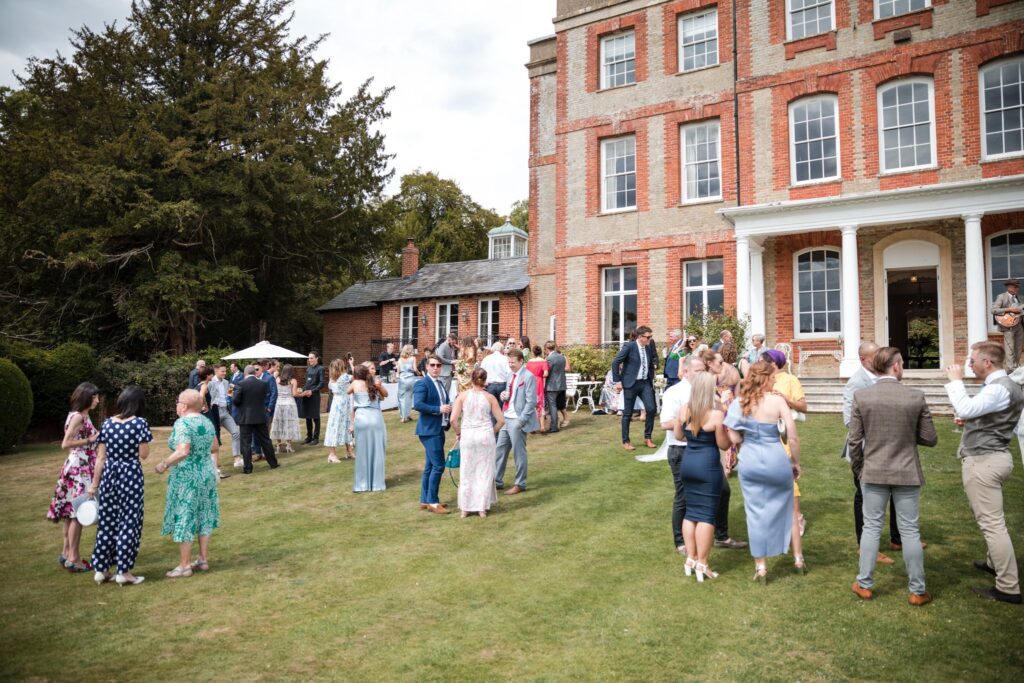
64 guests enjoy champagne reception ardington house lawn wantage oxfordshire wedding photography 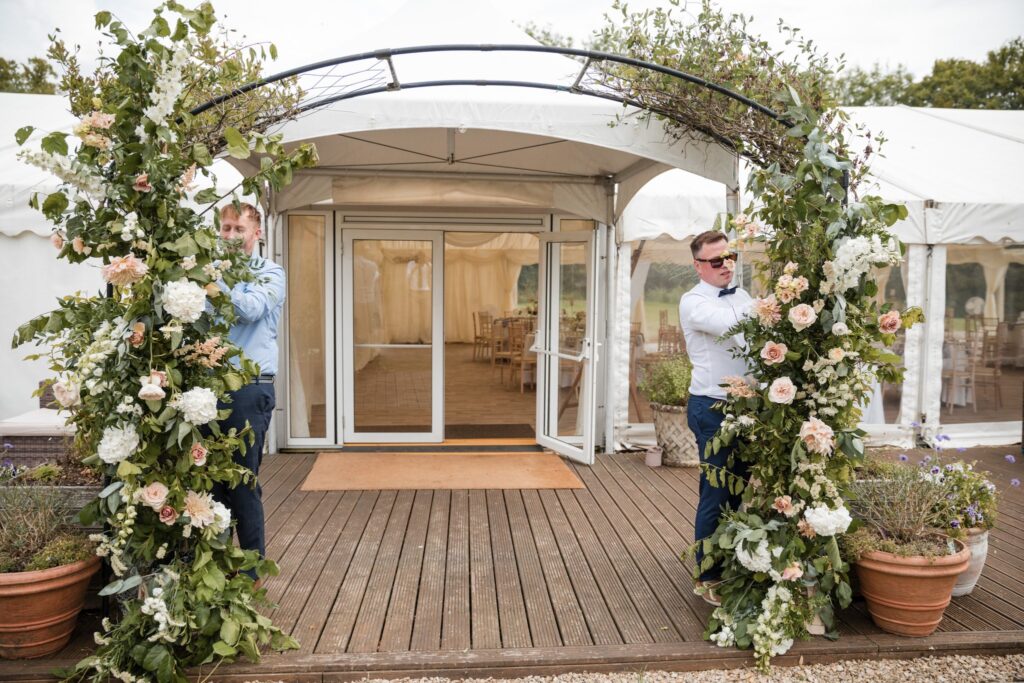
65 marquee floral archway wantage oxfordshire oxford wedding photographer 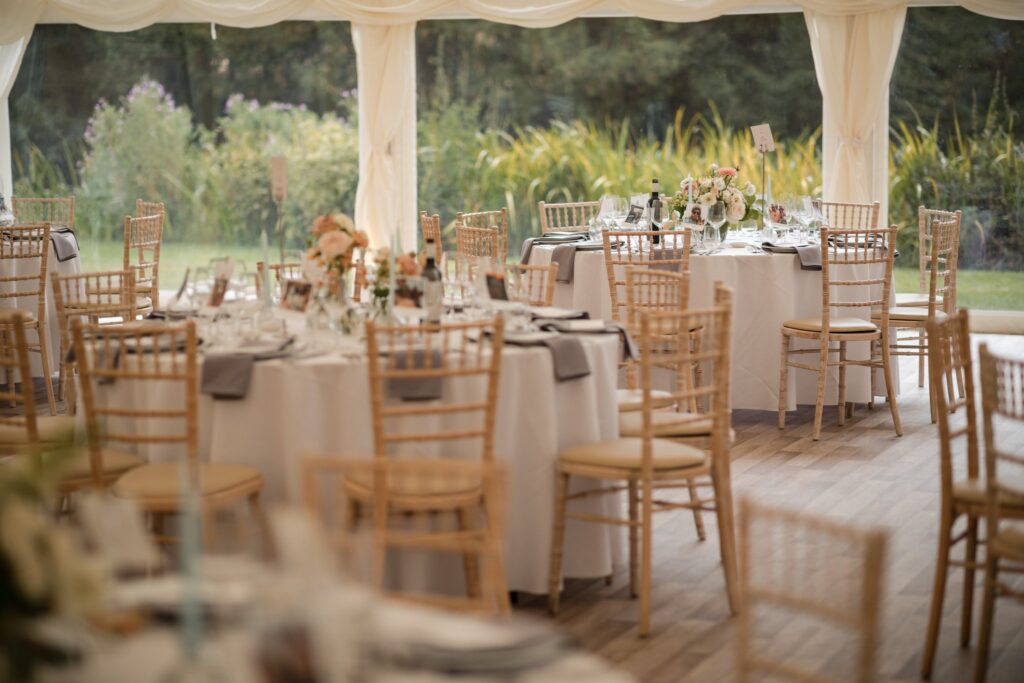
66 marquee table arrangements wantage oxford wedding photographers 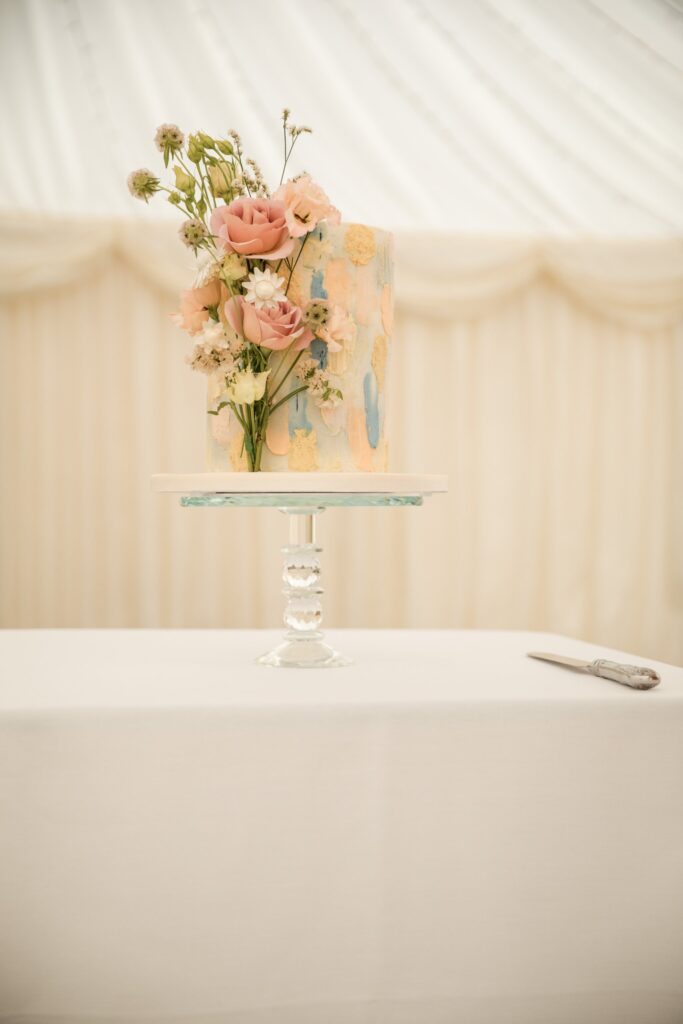
67 decorated cake marquee reception wantage oxford wedding photography 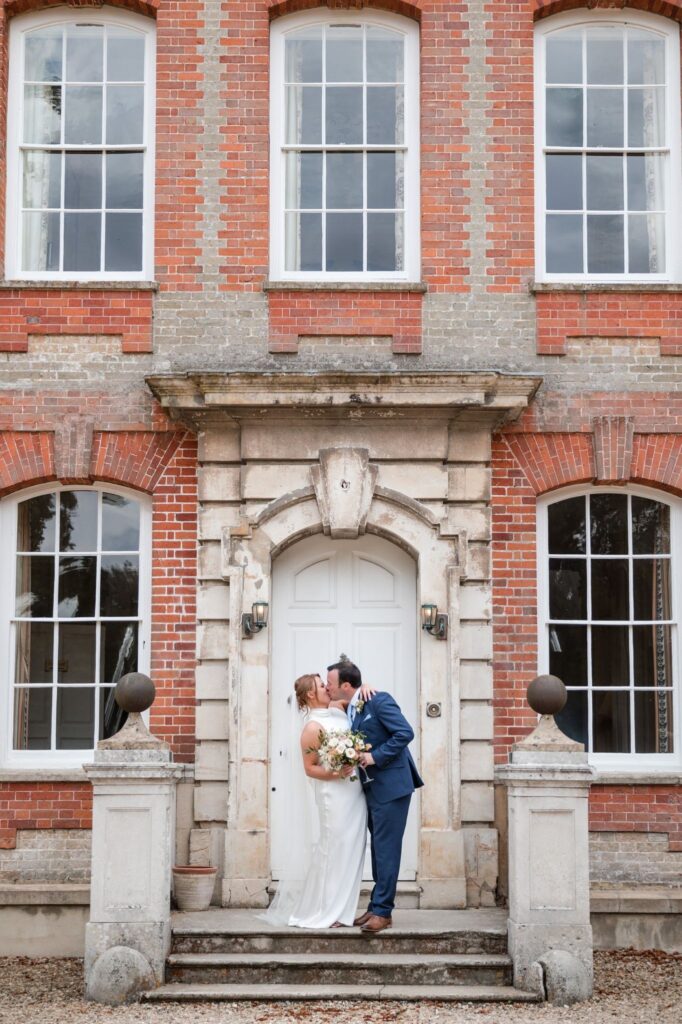
68 bride groom kiss ardington house steps wantage oxfordshire wedding photographer 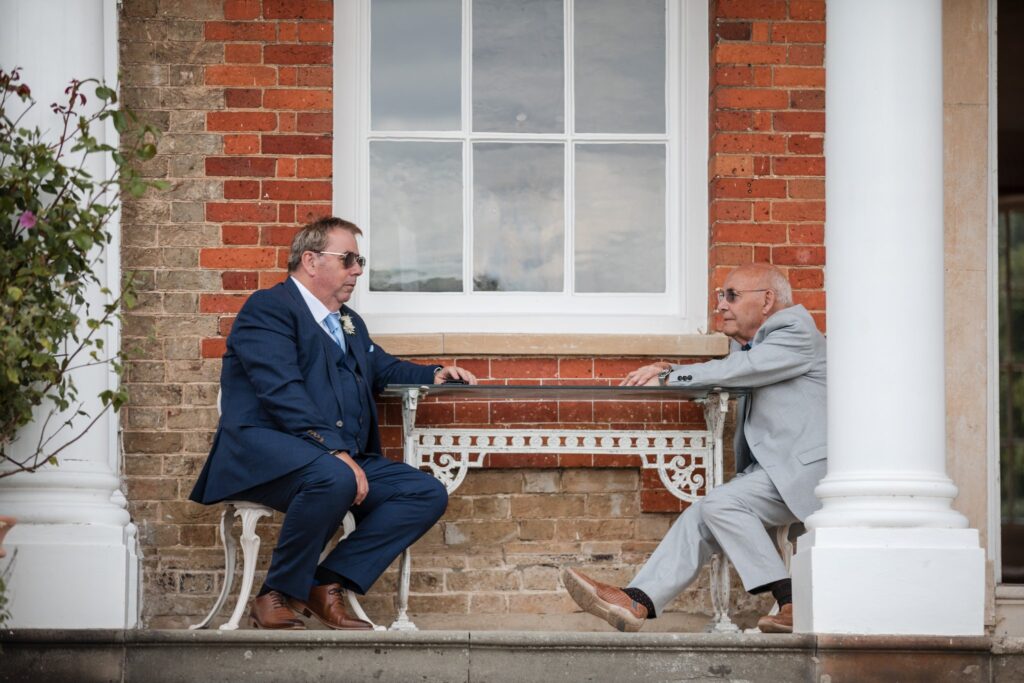
69 two guests chat reception wantage oxfordshire wedding photographers 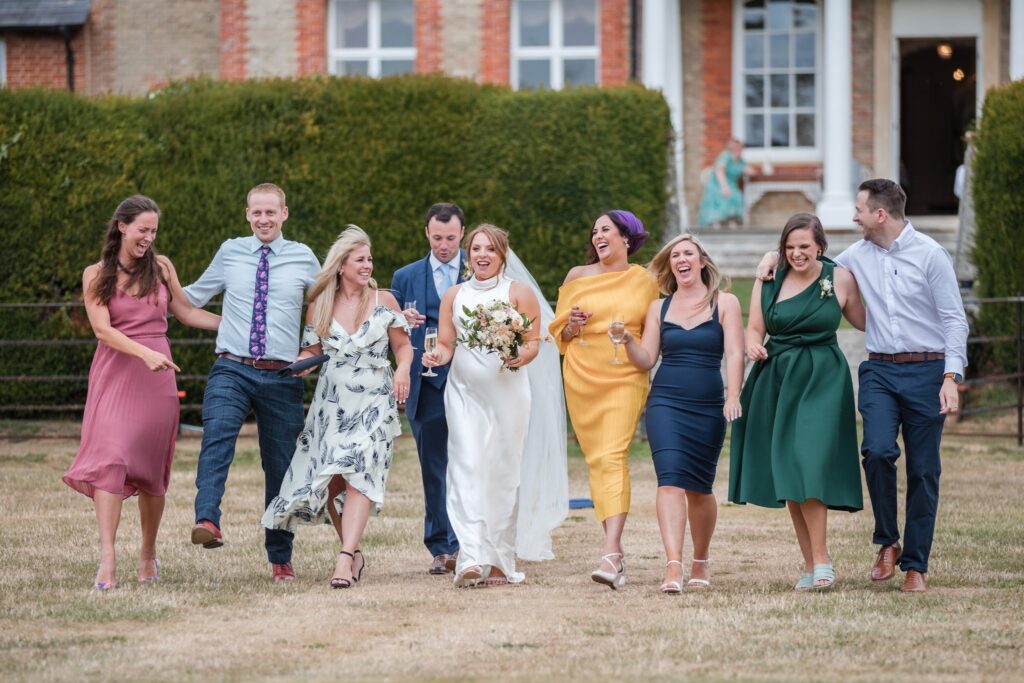
70 laughing bride groom guests wantage oxfordshire wedding photography 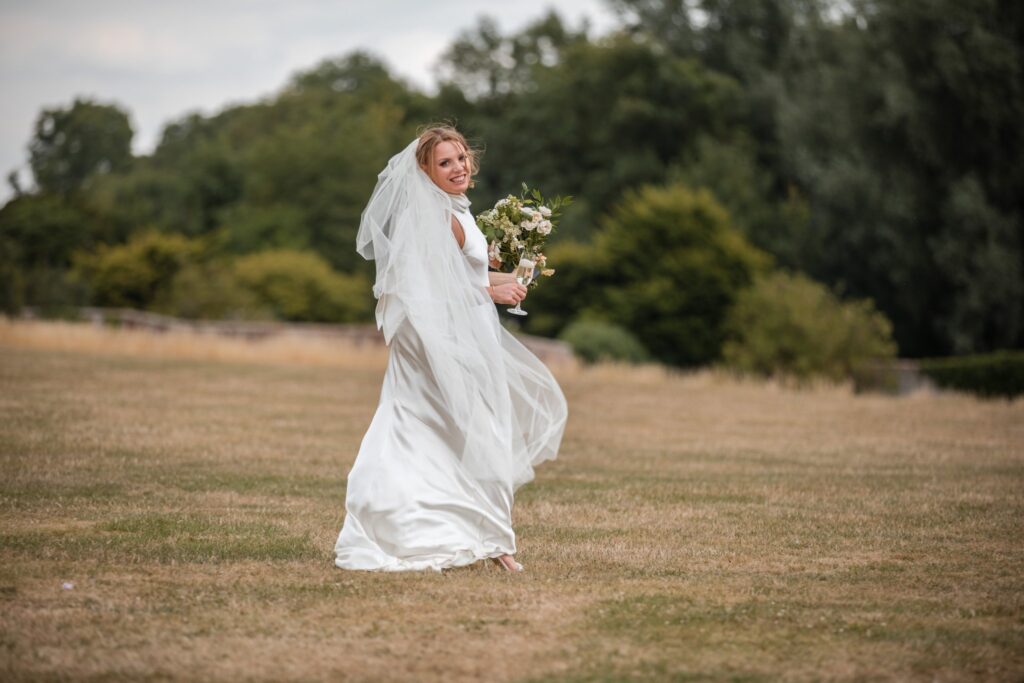
71 smiling bride holding drink bouquet wantage oxfordshire oxford wedding photographer 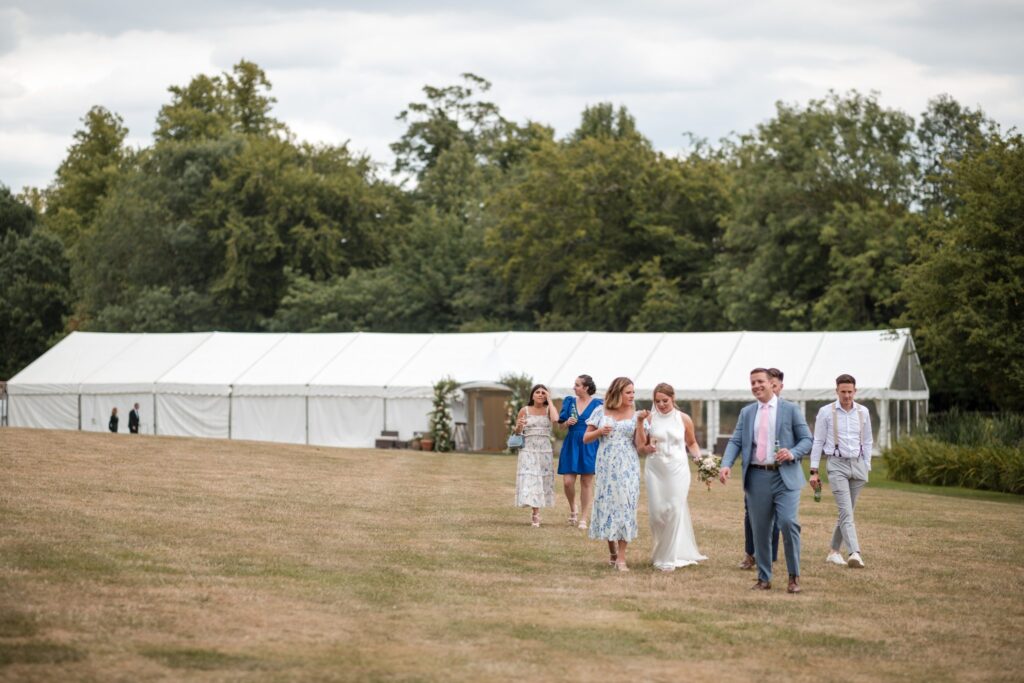
72 bride guests reception marquee wantage oxford wedding photographers 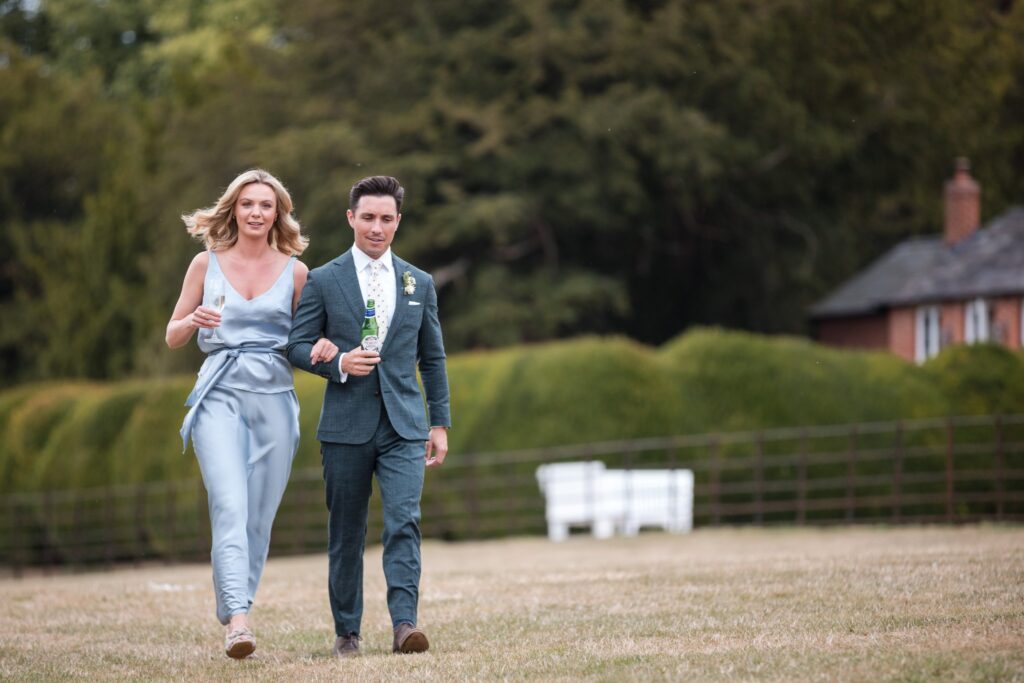
73 bridesmaids escort wantage oxfordshire oxford wedding photography 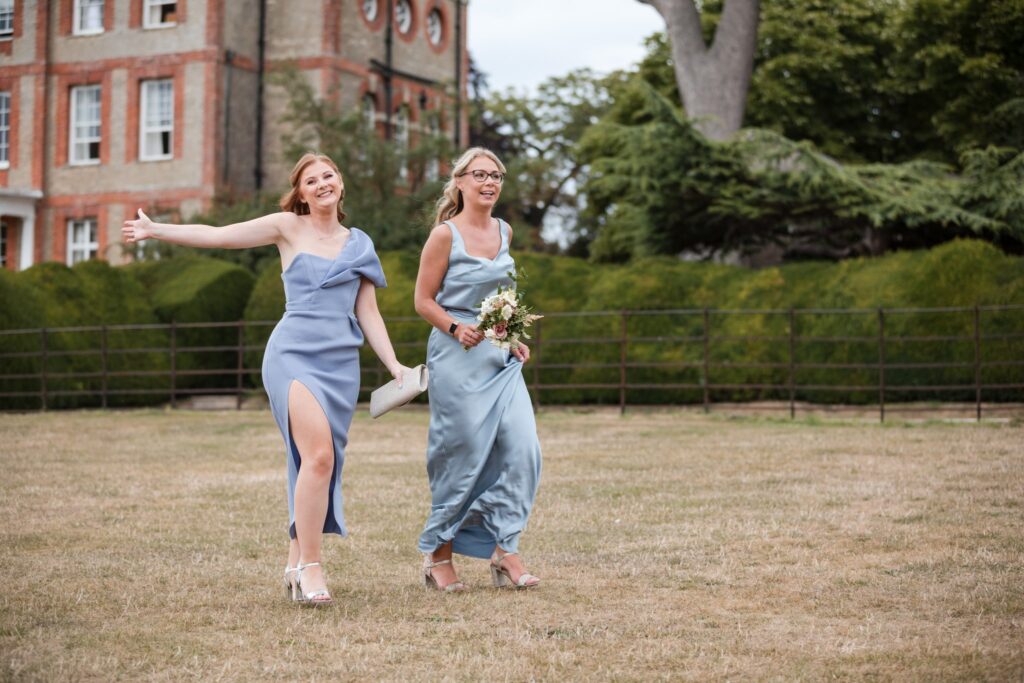
74 happy bridesmaids wantage oxfordshire wedding photographer 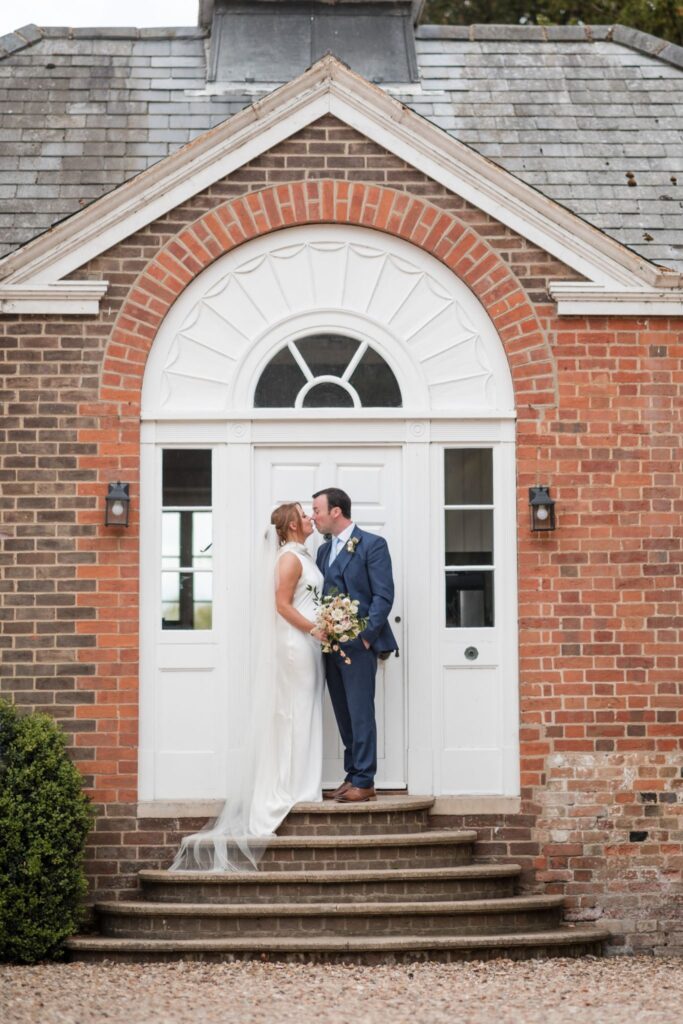
75 bride grooms romantic moment ardington house wantage oxfordshire wedding photographers 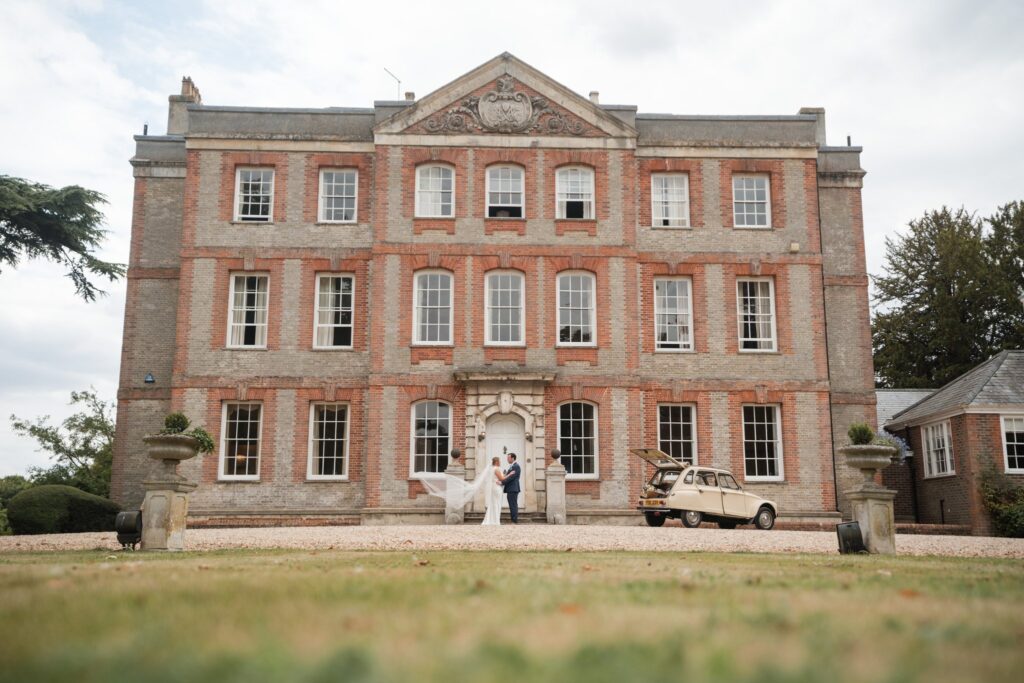
76 bride flowing veil ardington house courtyard wantage oxfordshire oxford wedding photography 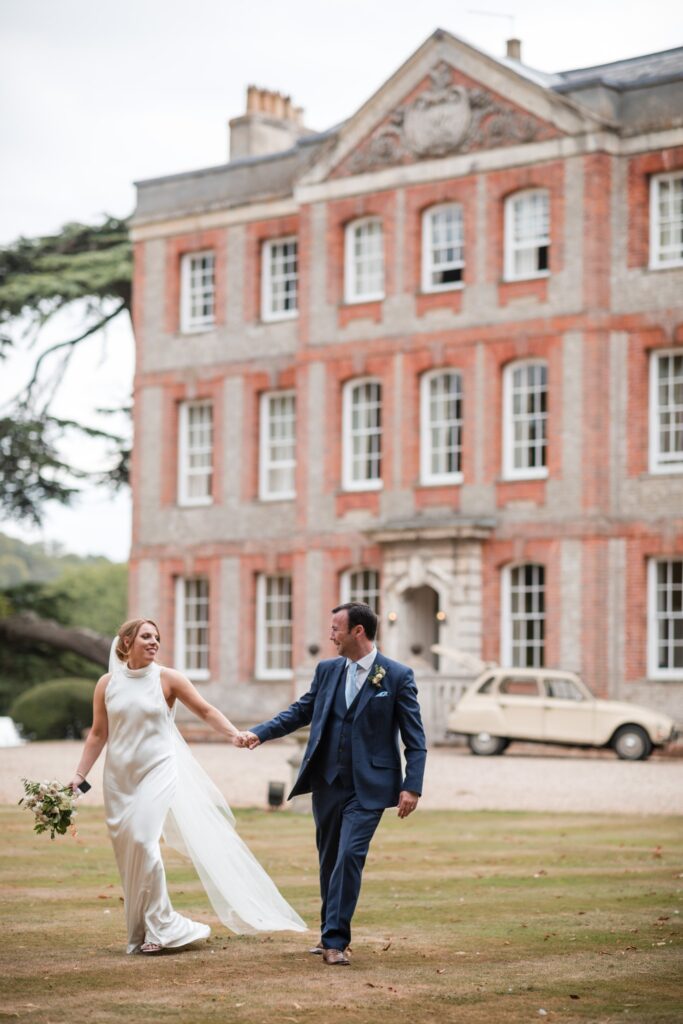
76 bride groom stroll ardington house gardens wantage oxfordshire wedding photography 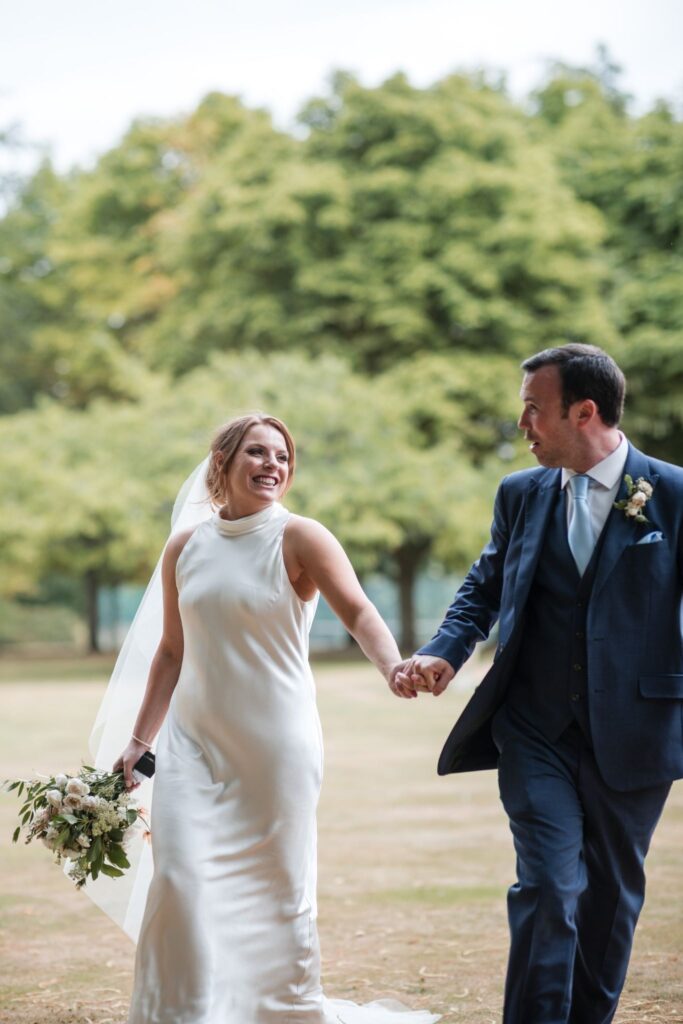
77 smiling bride groom hold hands wantage oxfordshire oxford wedding photographer 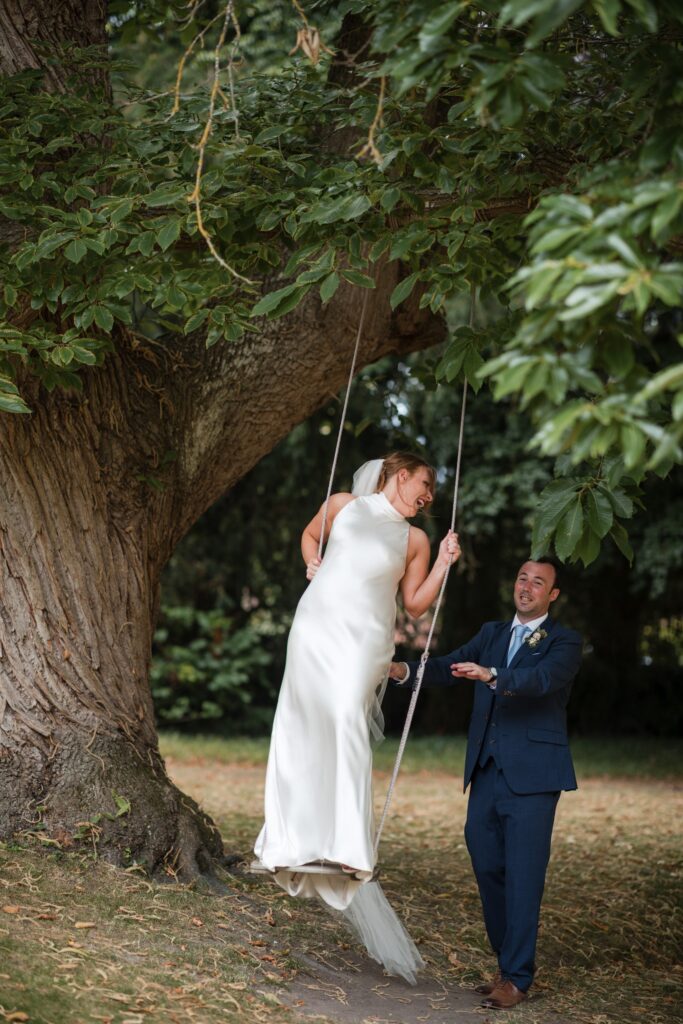
78 groom pushes brides swing wantage oxfordshire oxford wedding photographers 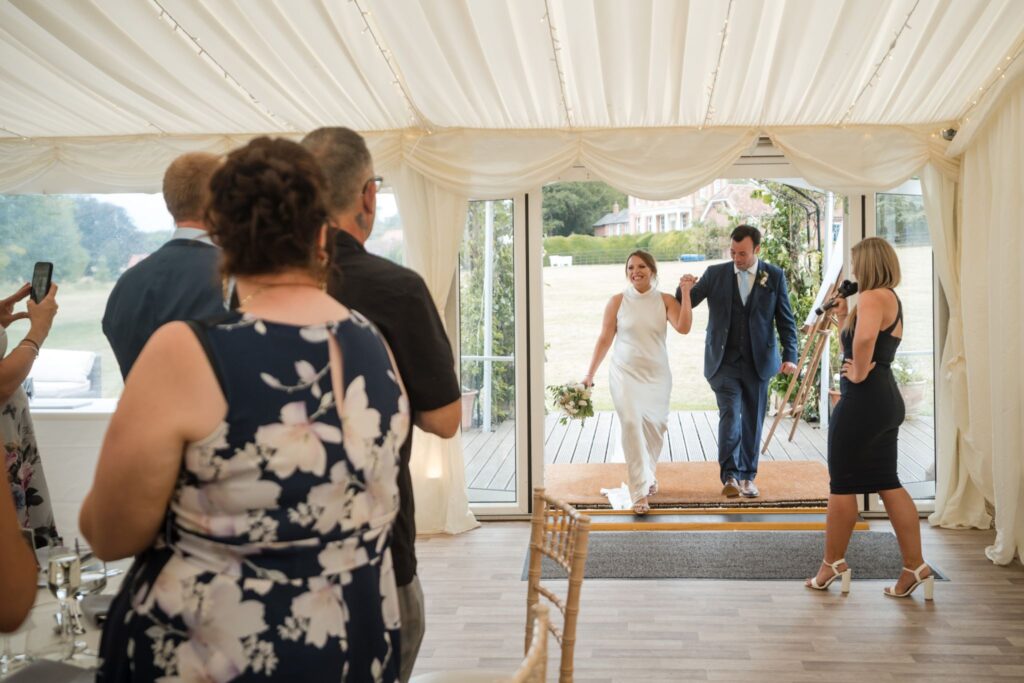
79 bride groom enter reception marquee ardington oxfordshire wedding photographer 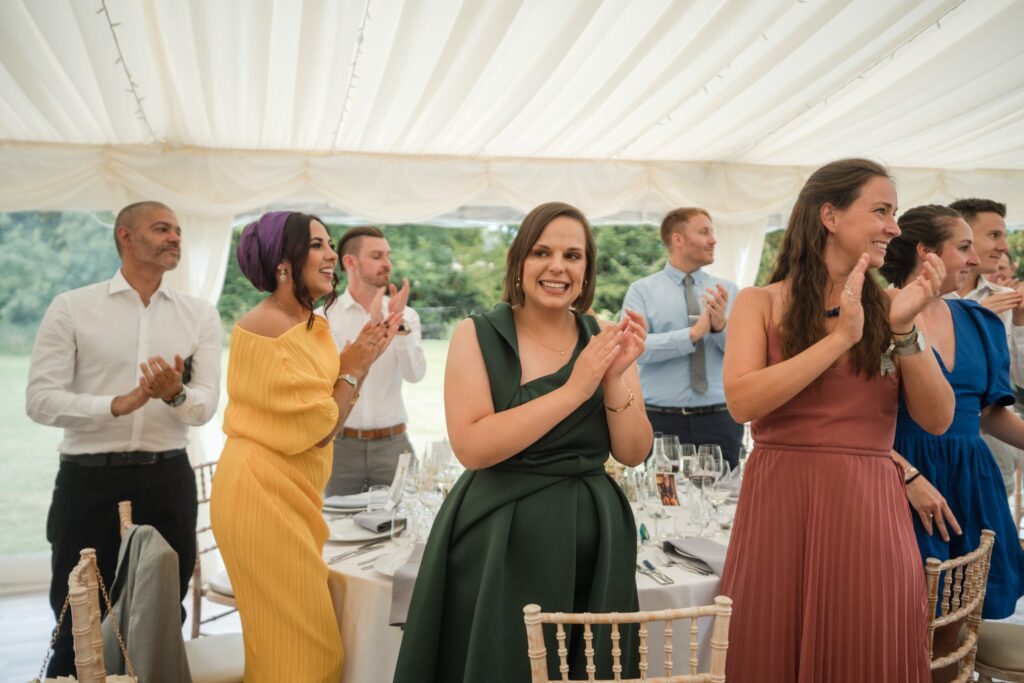
80 guests applaud bride groom marquee reception wantage oxfordshire wedding photographers 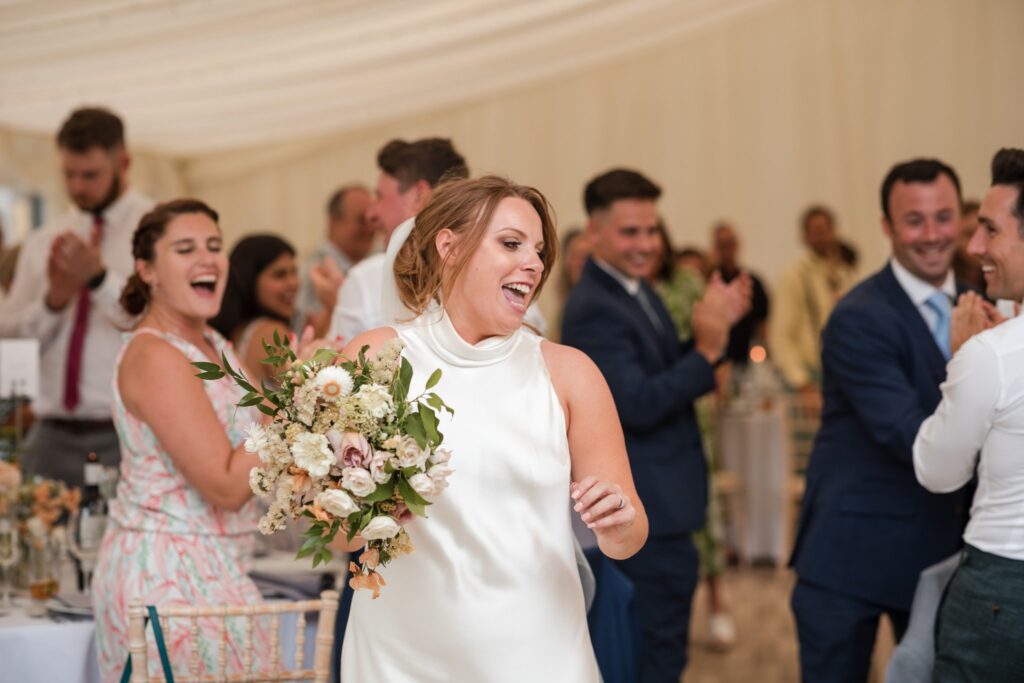
81 happy bride carries bouquet marquee reception wantage oxfordshire wedding photography 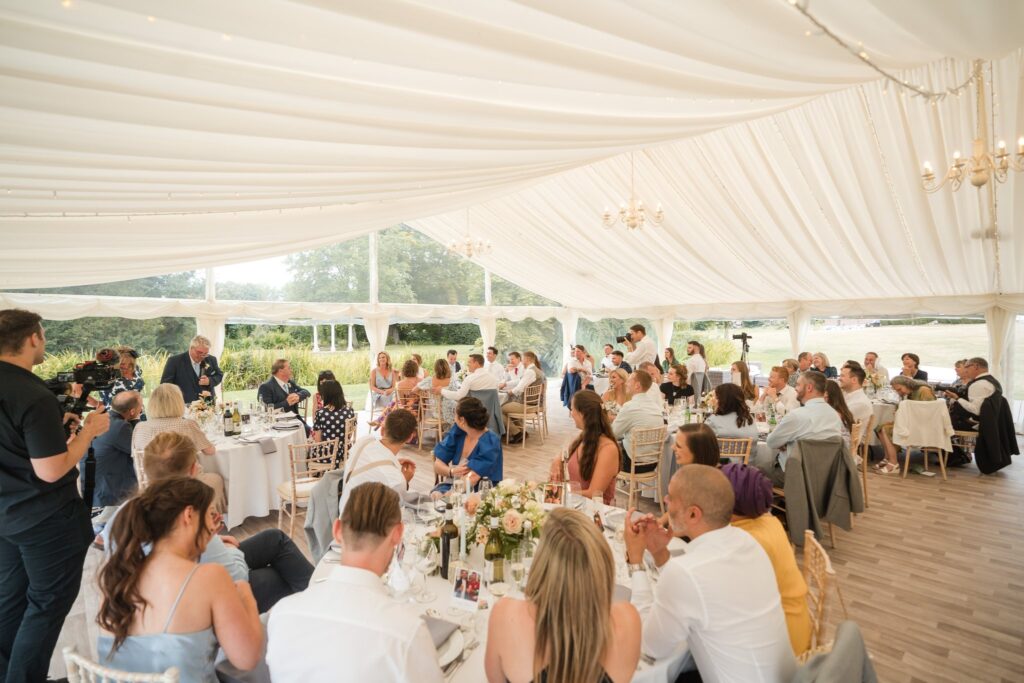
82 father of bride speech marquee reception wantage oxfordshire oxford wedding photography 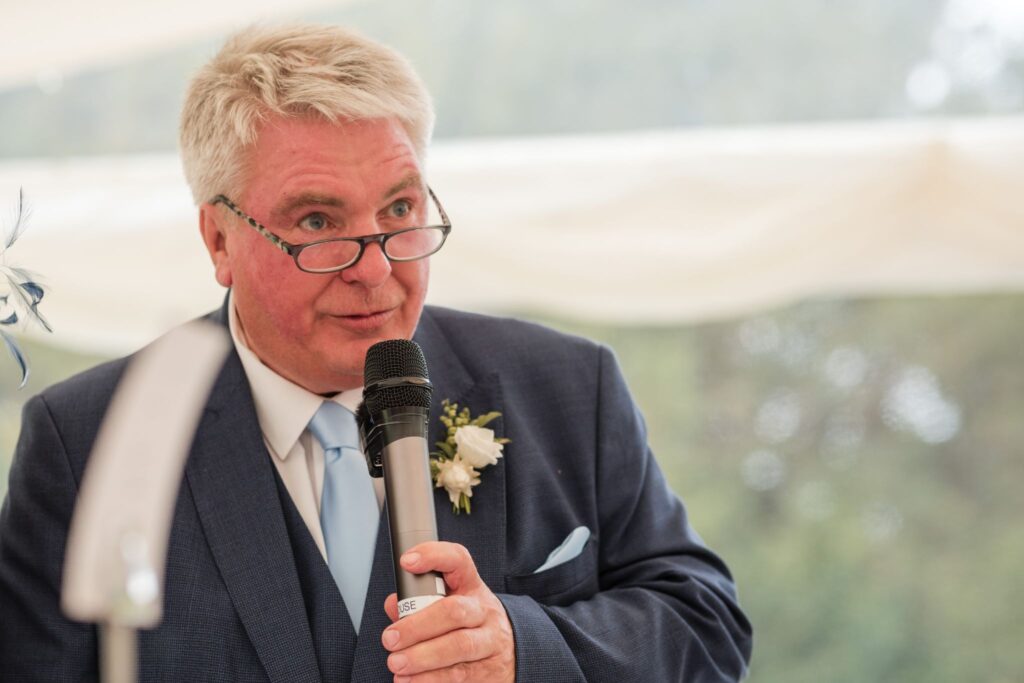
83 brides father delivers speech marquee reception wantage oxfordshire oxford wedding photographers 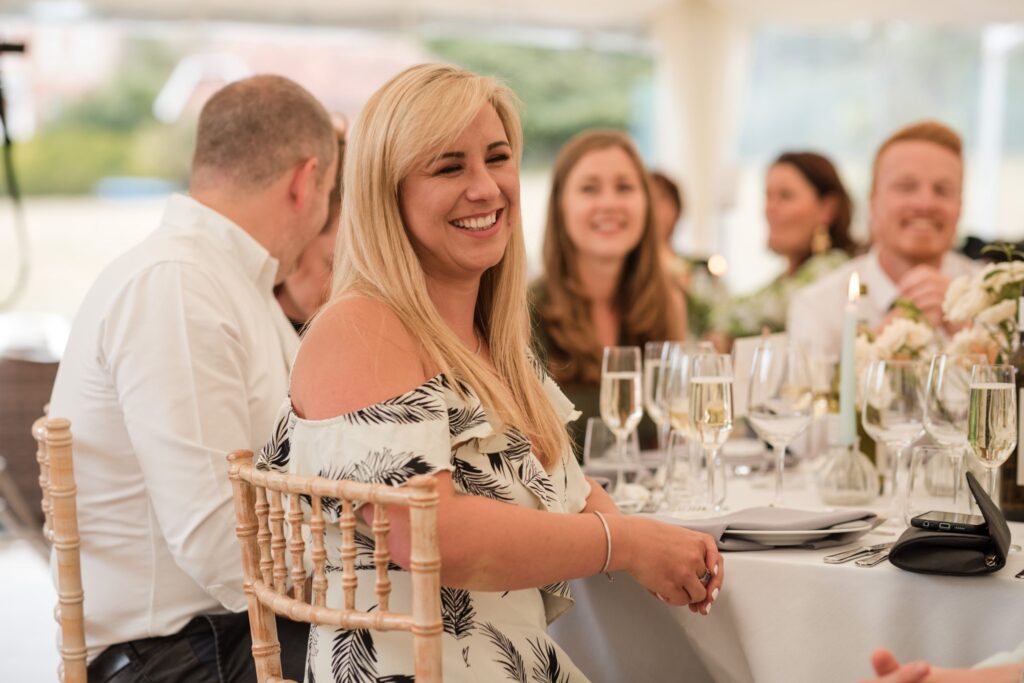
84 smiling guests hear father of bride speech marquee reception wantage oxfordshire oxford wedding photography 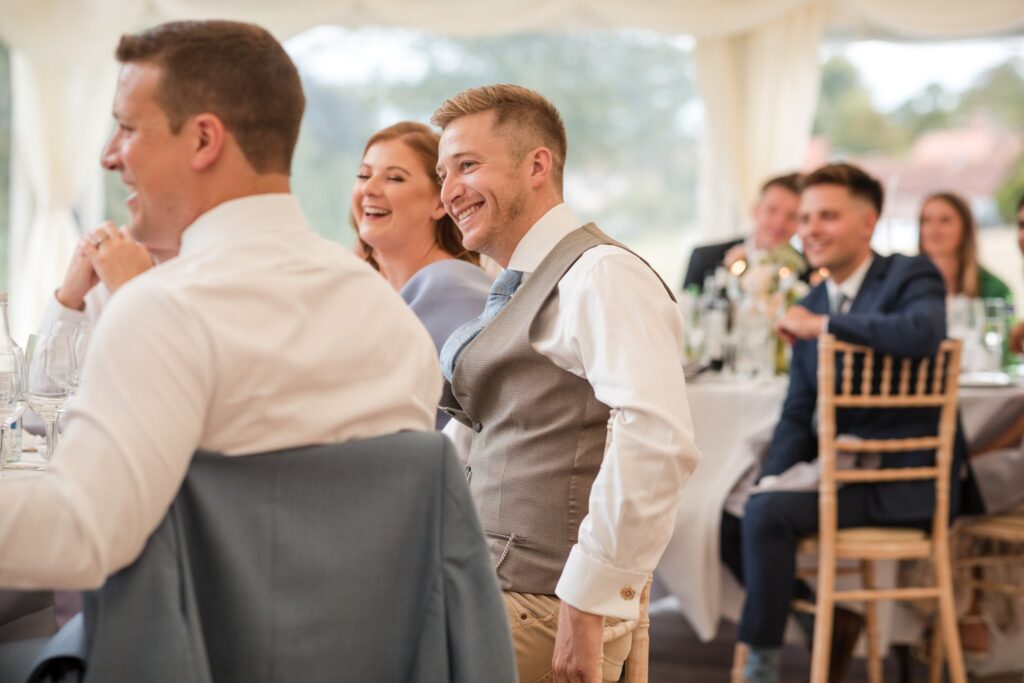
85 guests hear top table spe reception marquee oxfordshire wedding photographer 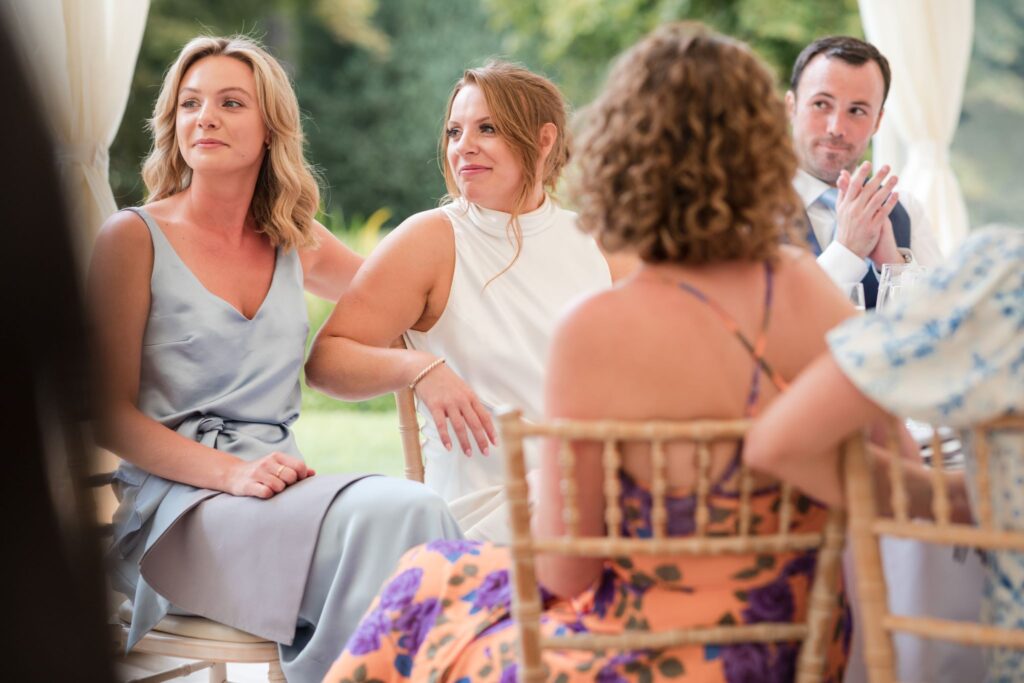
86 bridal party hear father of bride speech marquee reception wantage oxfordshire wedding photographers 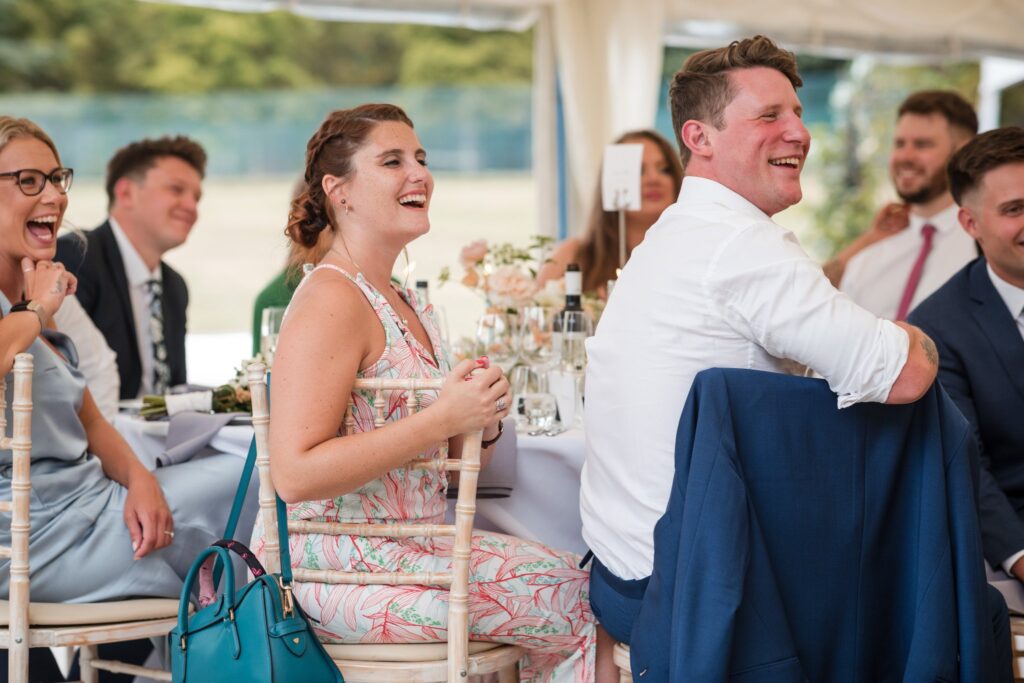
87 laughing marquee reception guests wantage oxfordshire wedding photography 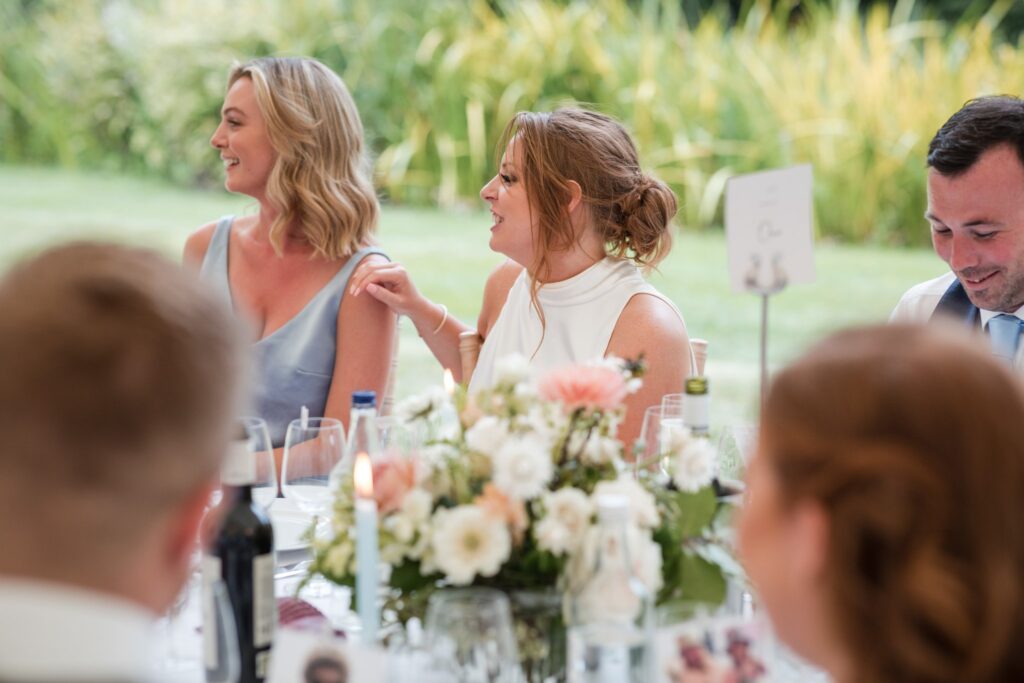
88 bride hears reception speech marquee reception wantage oxfordshire oxford wedding photographer 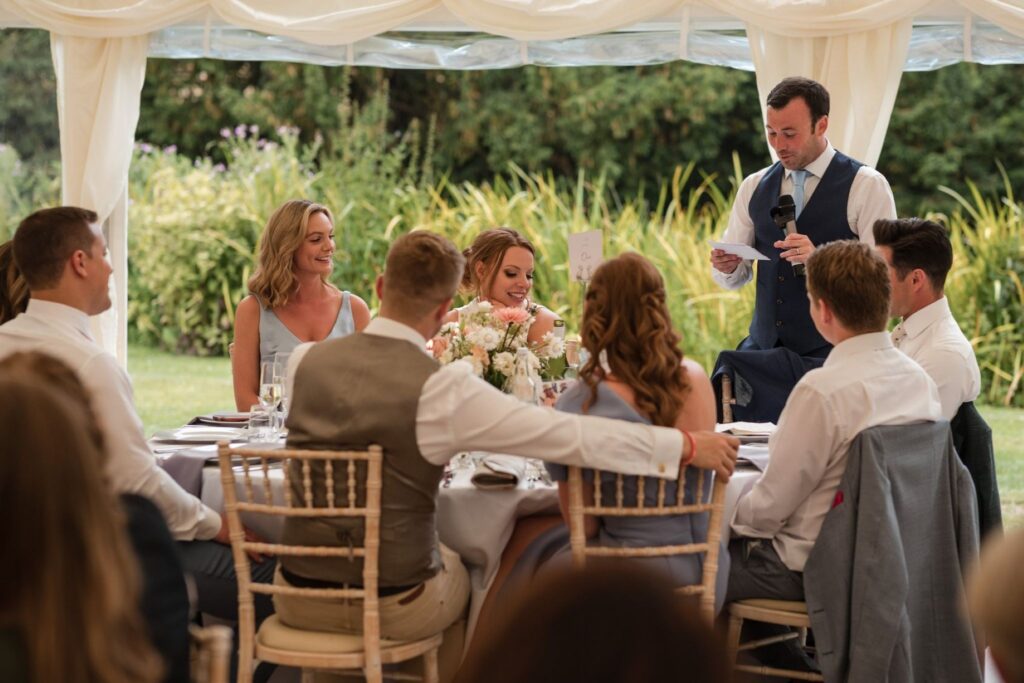
89 grooms speech marquee reception wantage oxfordshire oxford wedding photographers 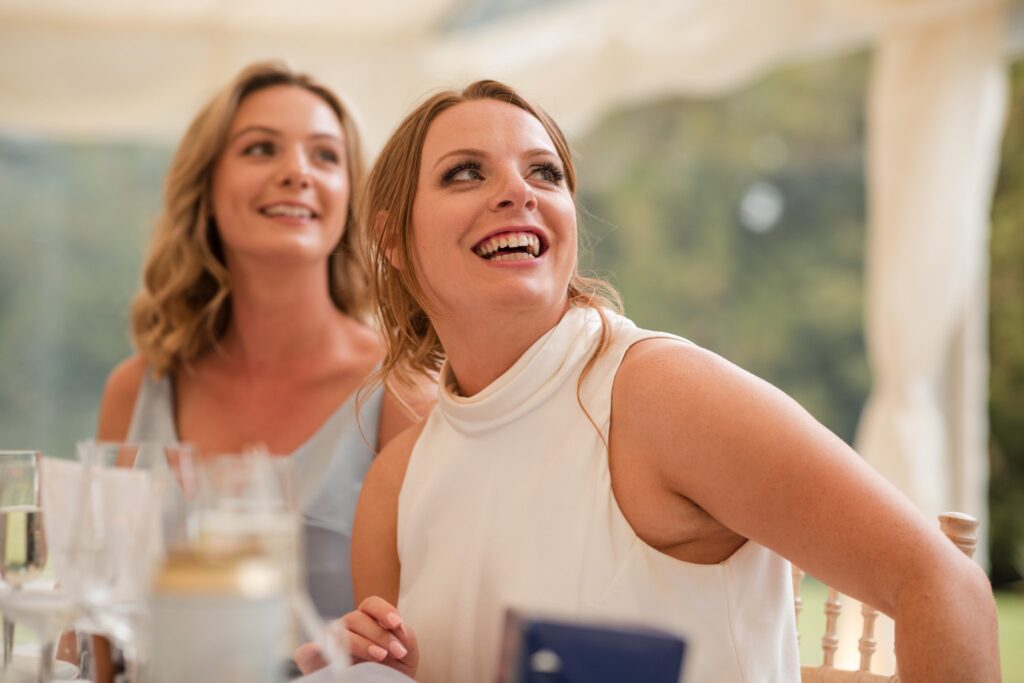
90 bride bridesmaid hear grooms marquee speech wantage oxfordshire oxford wedding photography 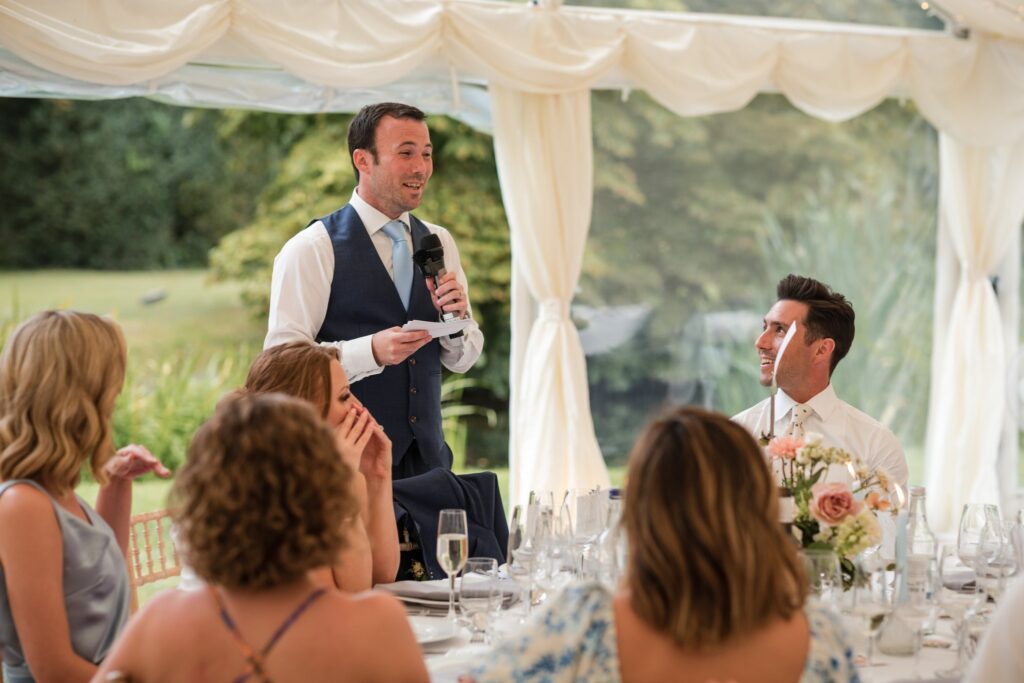
91 groom delivers reception speech wantage oxford wedding photographer 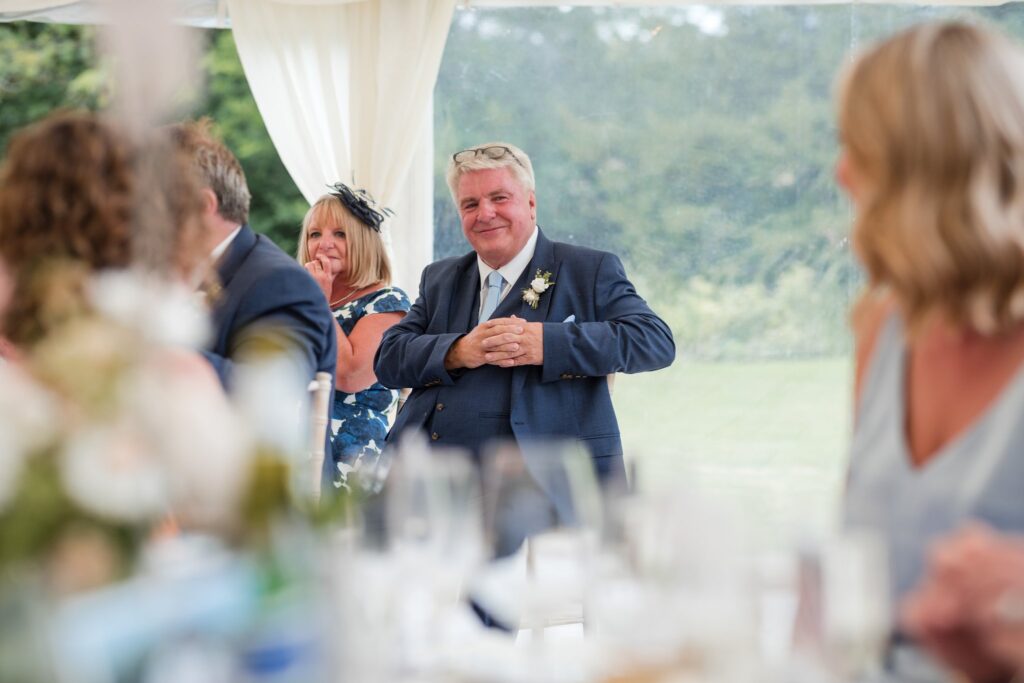
92 father hears grooms speech marquee reception wantage oxfordshire oxford wedding photographers 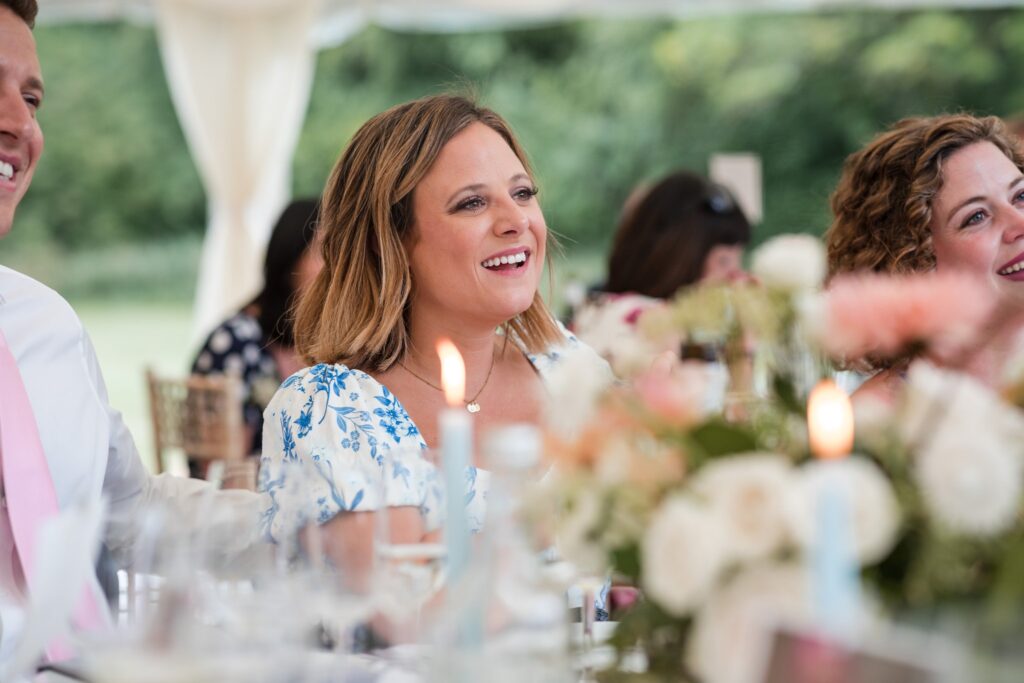
93 laughing guests hear reception speech wantage oxfordshire oxford wedding photography 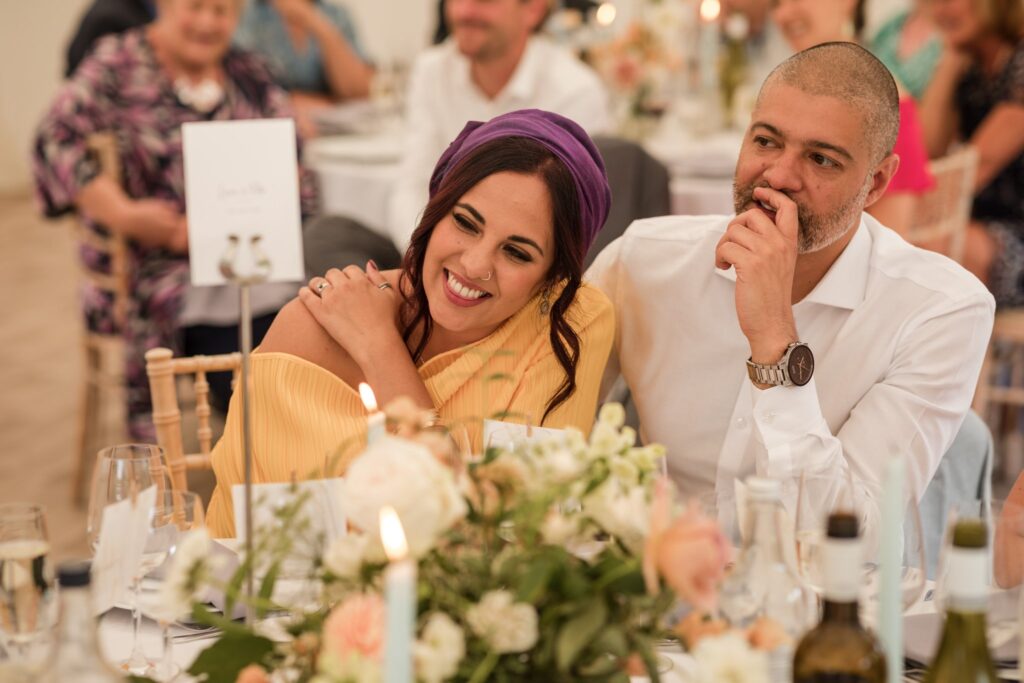
94 couple hear grooms reception speech wantage oxfordshire wedding photographer 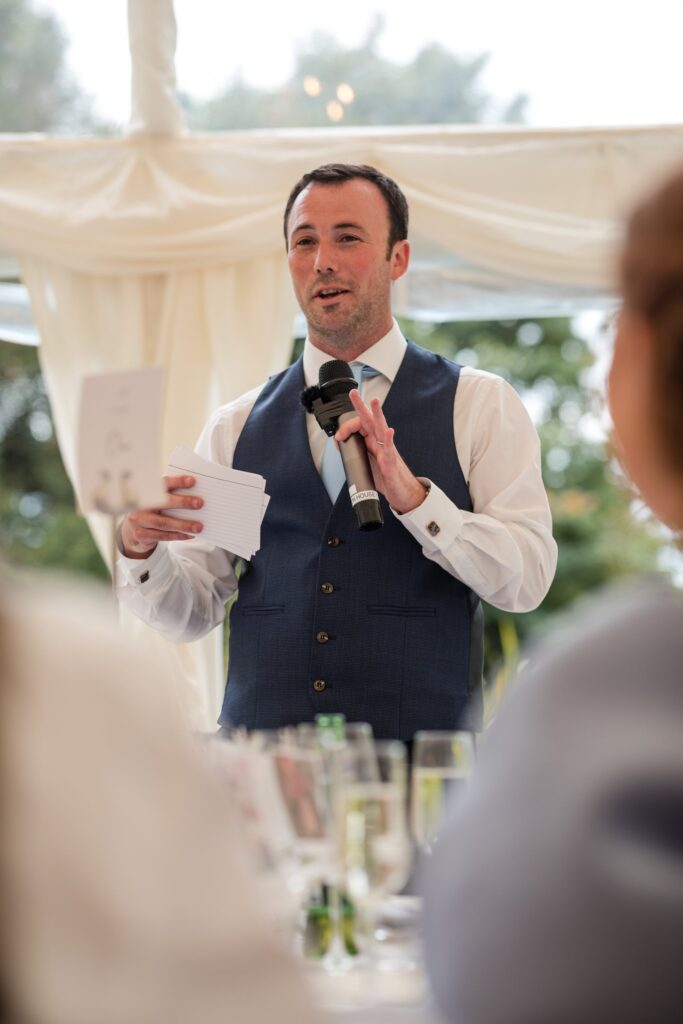
95 groom holds microphone marquee reception speech wantage oxfordshire wedding photographers 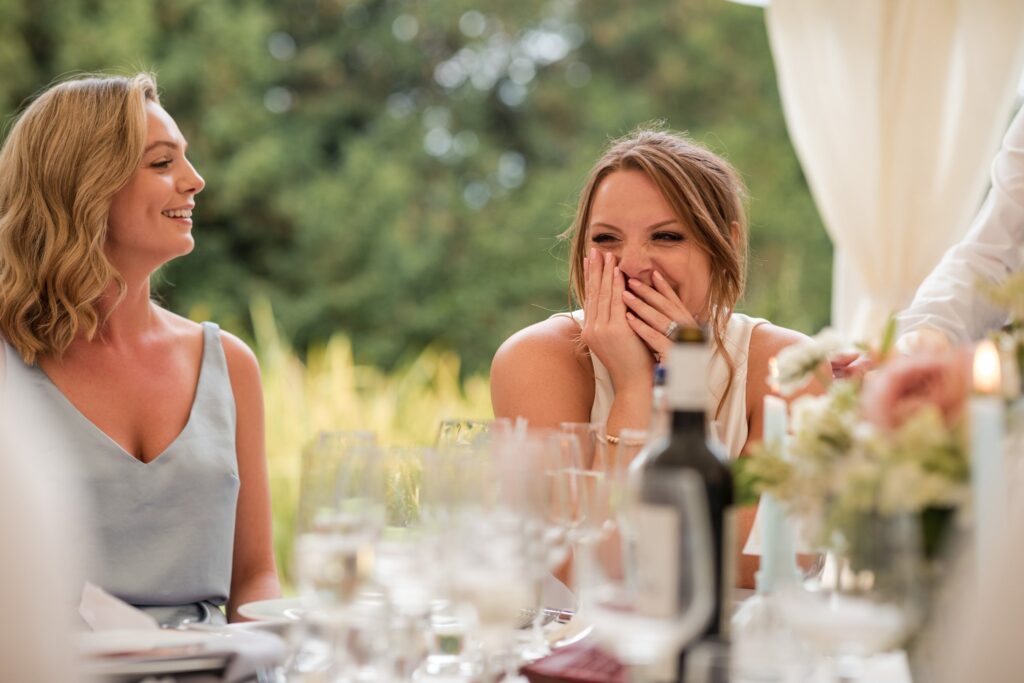
96 laughing bride hears grooms speech wantage oxfordshire wedding photography 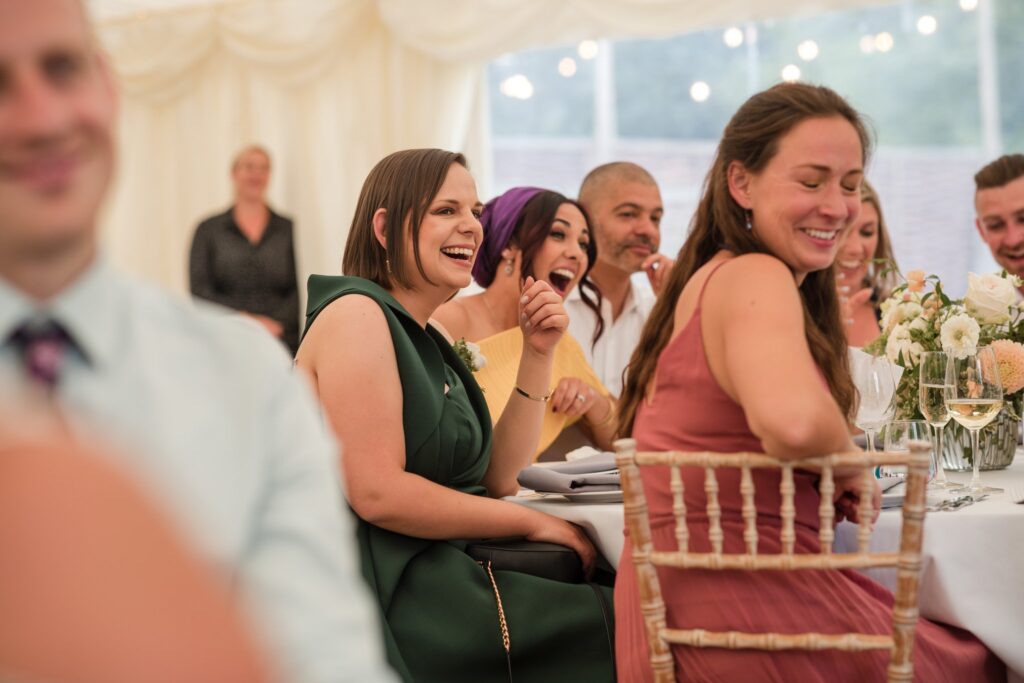
97 happy guests hear grooms top table speech wantage oxfordshire oxford wedding photography 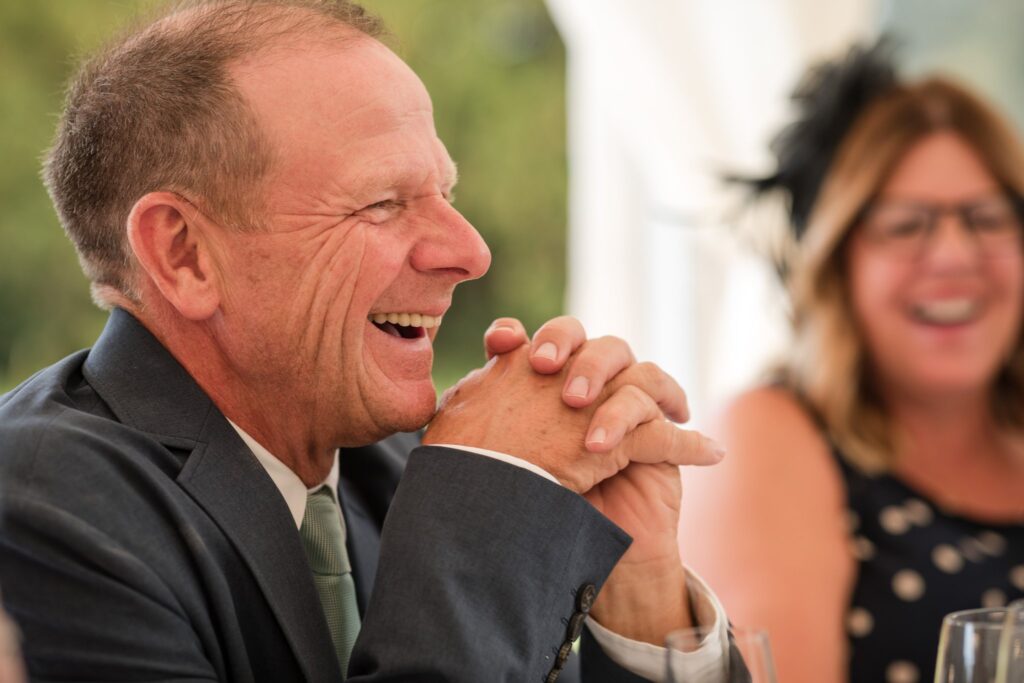
98 laughing marquee reception guest wantage oxfordshire wedding photographer 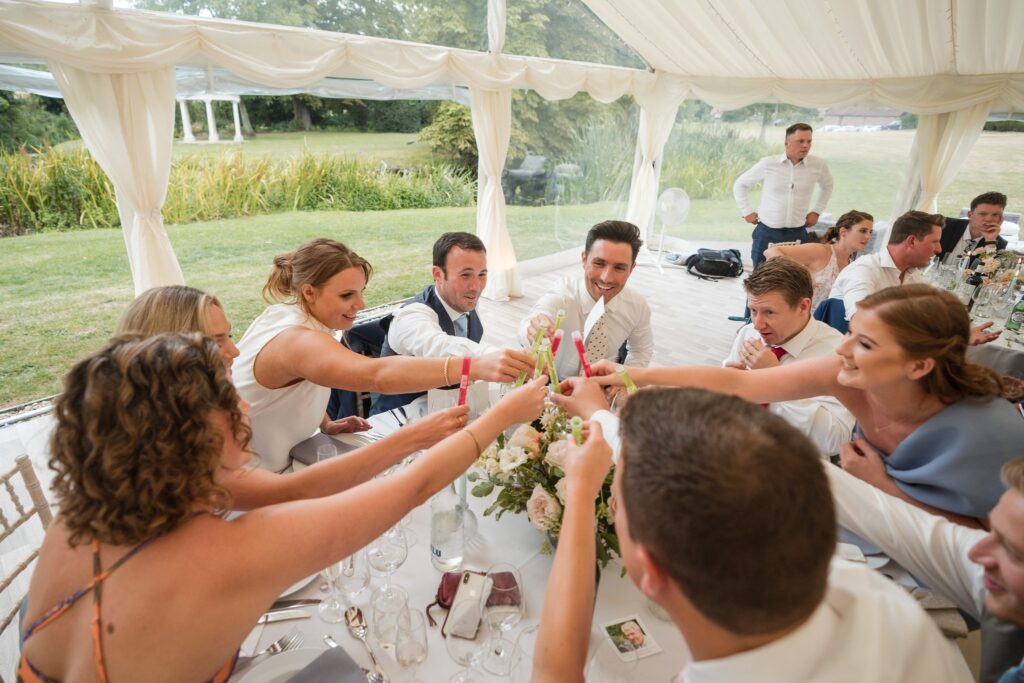
99 top table guests wantage marquee reception oxfordshire wedding photographers 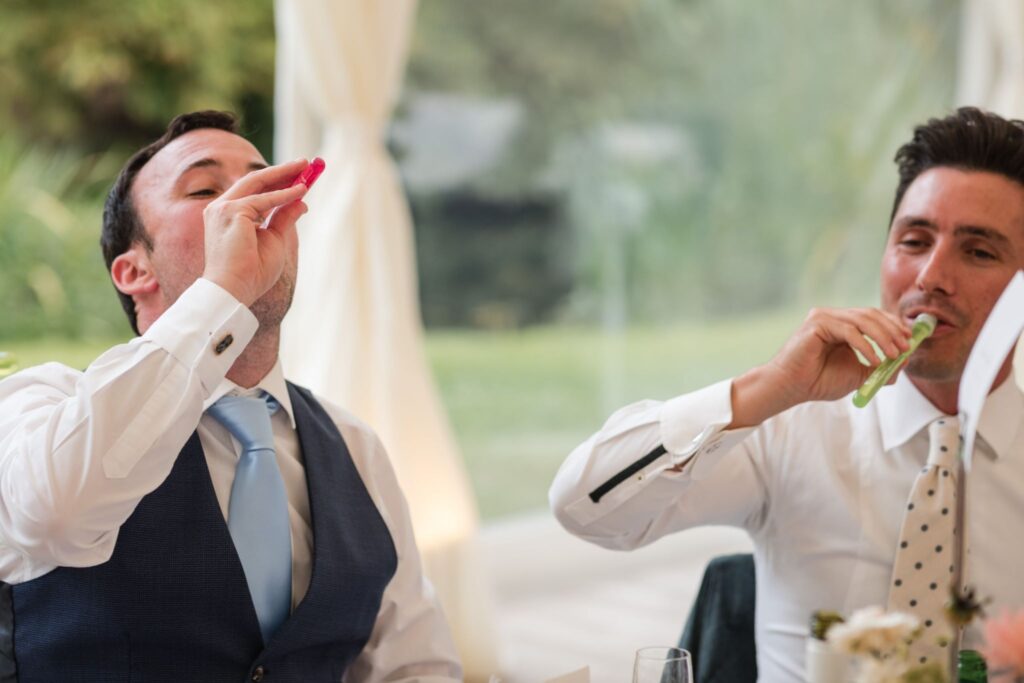
100 groom drinks cocktail marquee reception wantage oxfordshire wedding photography 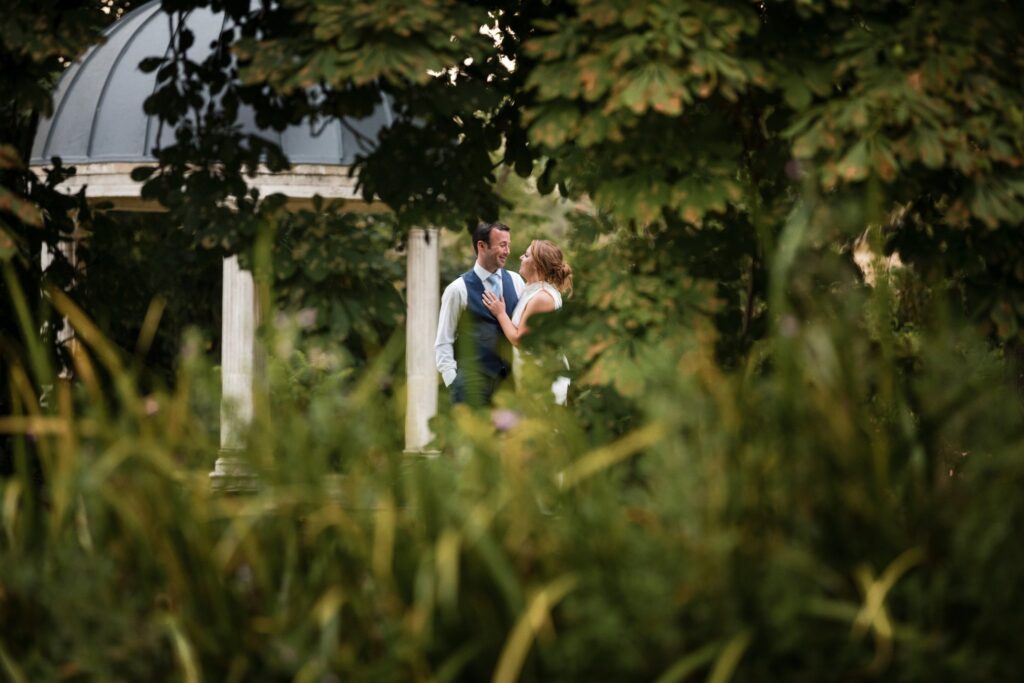
101 bride grooms romantic moment alone ardington house gardens wantage oxfordshire oxford wedding photographer 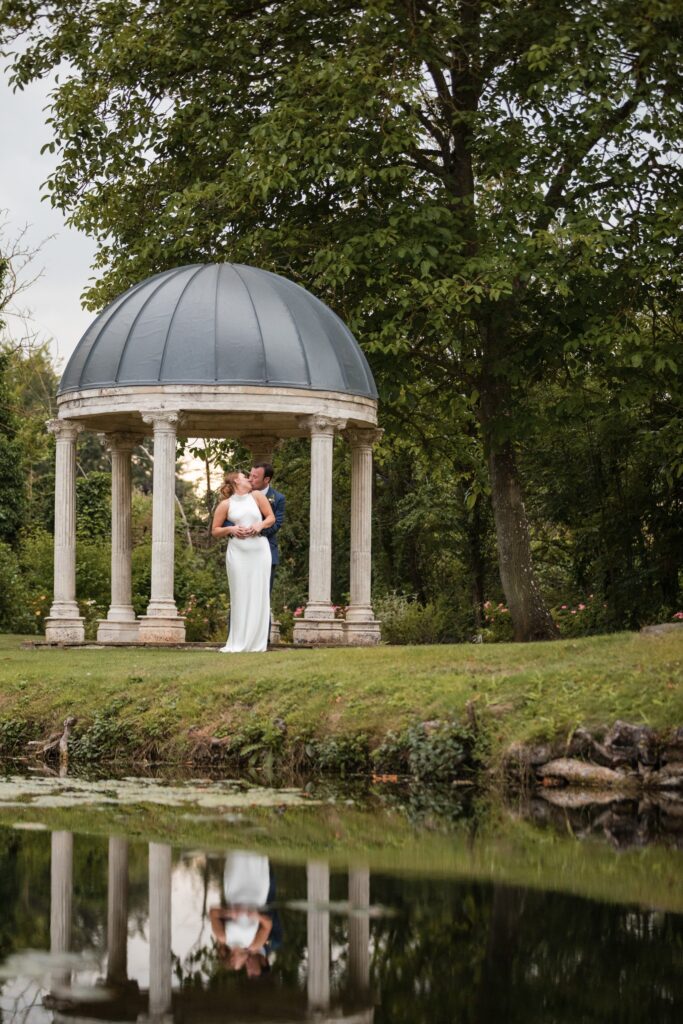
102 bride groom kiss garden dome wantage oxfordshire oxford wedding photographers 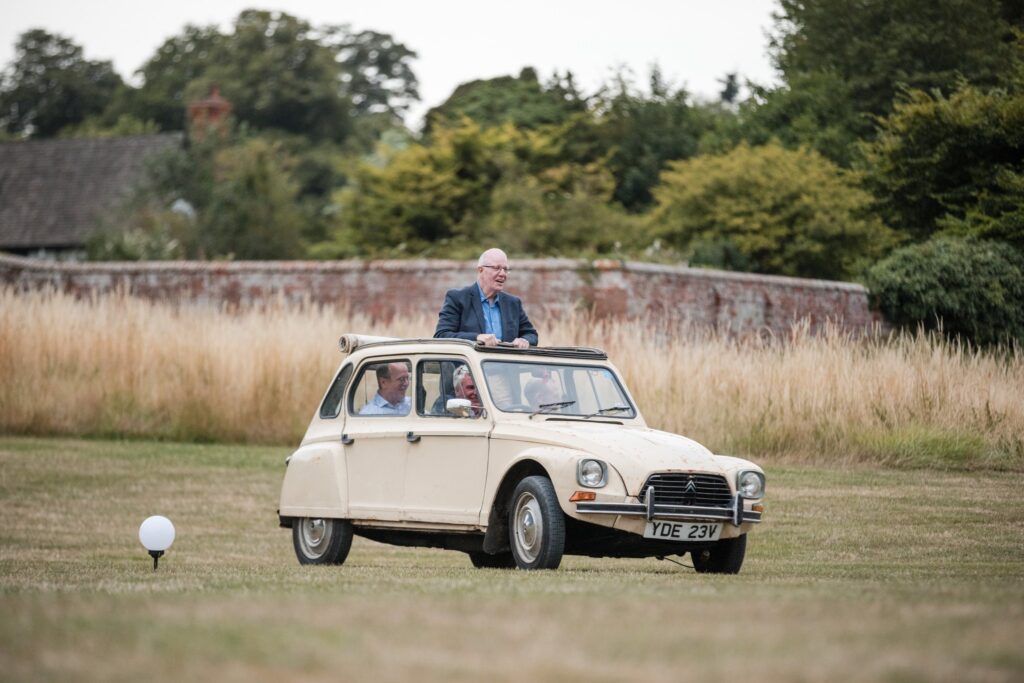
103 guests enjoy vintage car ride wantage oxfordshire oxford wedding photography 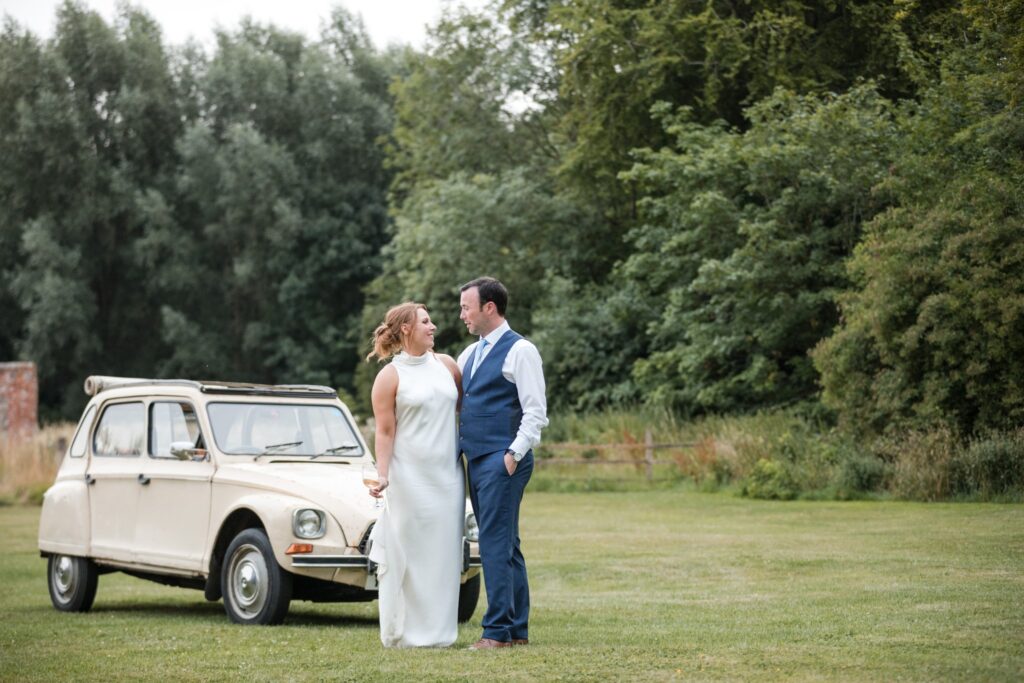
104 bride grooms vintage car portrait wantage oxfordshire wedding photographer 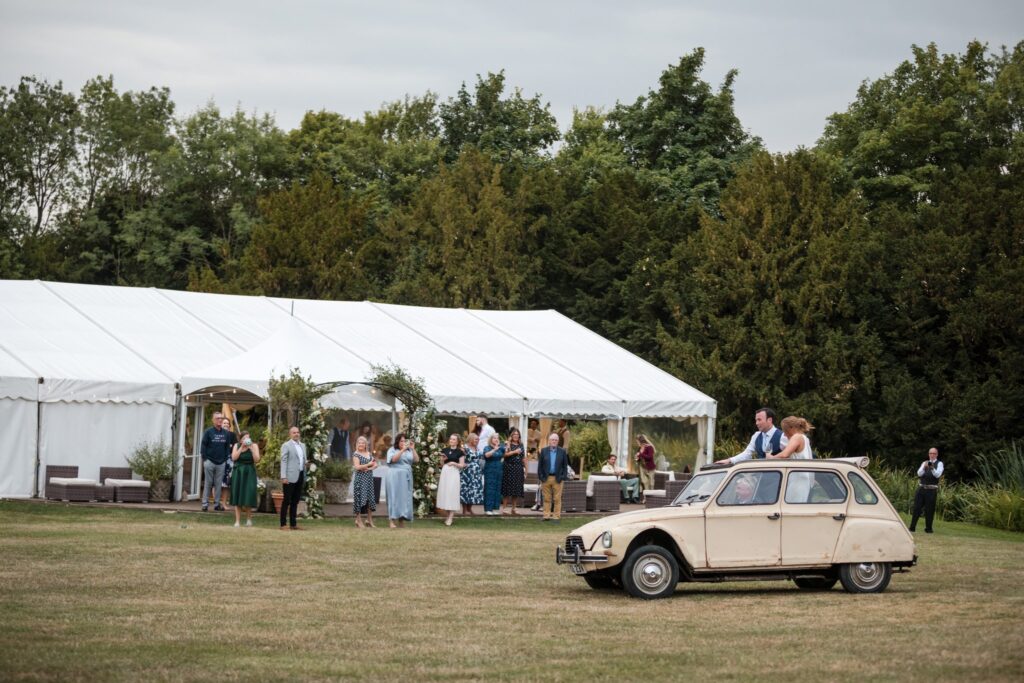
105 marquee guests watch bride grooms vintage car ride wantage oxfordshire wedding photographers 
106 bride grooms vintage car ride wantage oxfordshire wedding photography 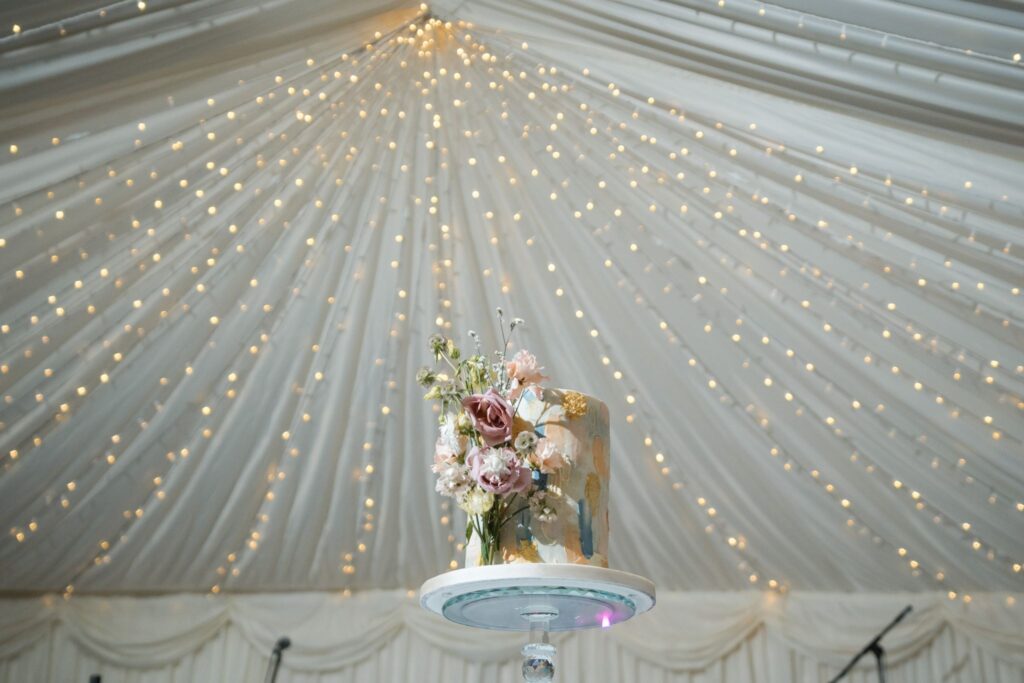
107 cake under marquee fairy lights reception wantage oxfordshire oxford wedding photographer 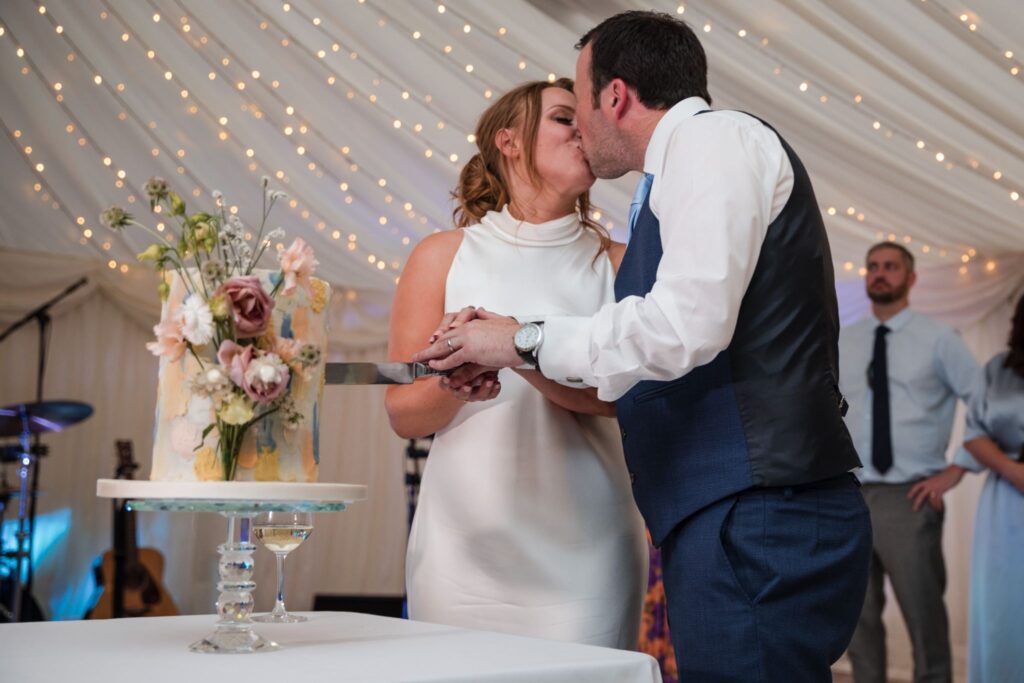
108 bride groom cake cutting ceremony wantage oxfordshire oxford wedding photographers 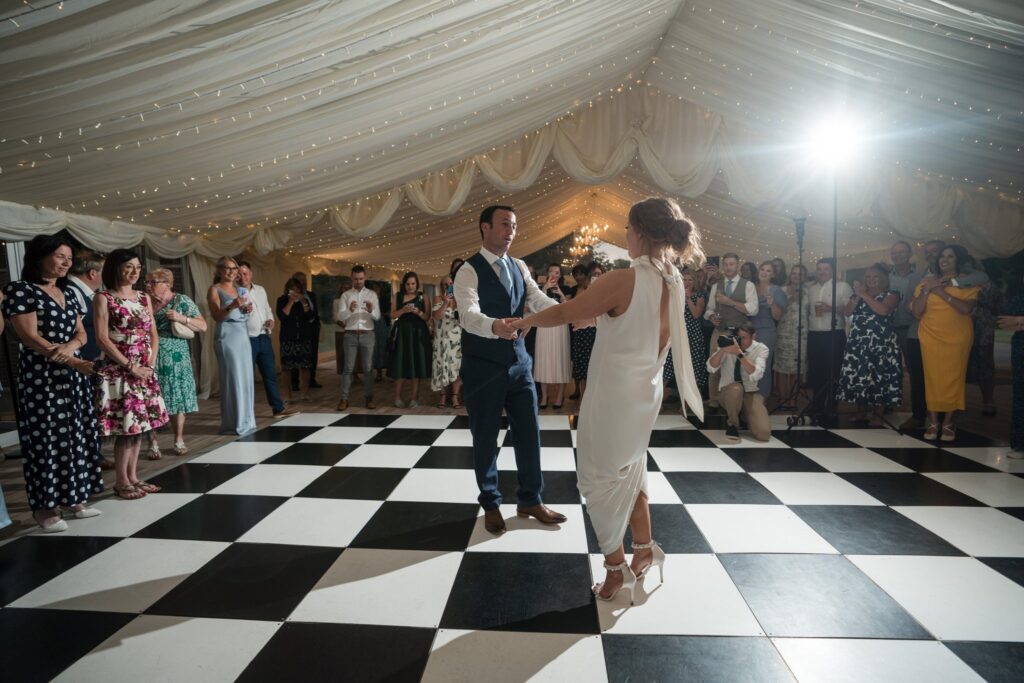
109 bride grooms first dance marquee wantage oxfordshire oxford wedding photography 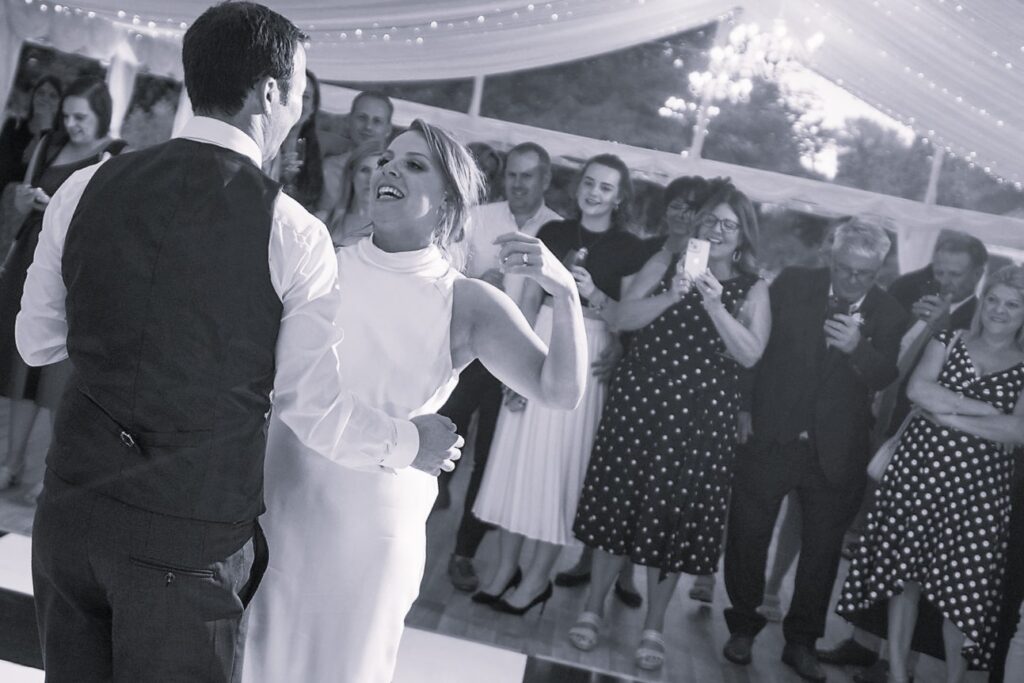
110 guests watch first dance marquee wantage oxfordshire wedding photographer 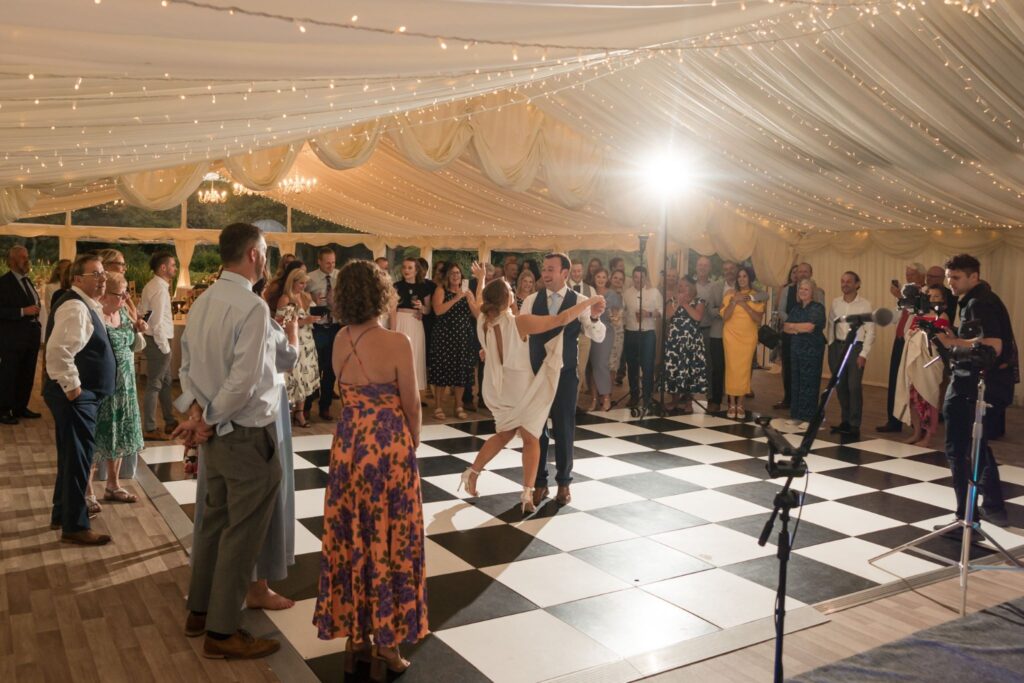
111 guests enjoy bride grooms first dance marquee reception wantage oxfordshire wedding photographers 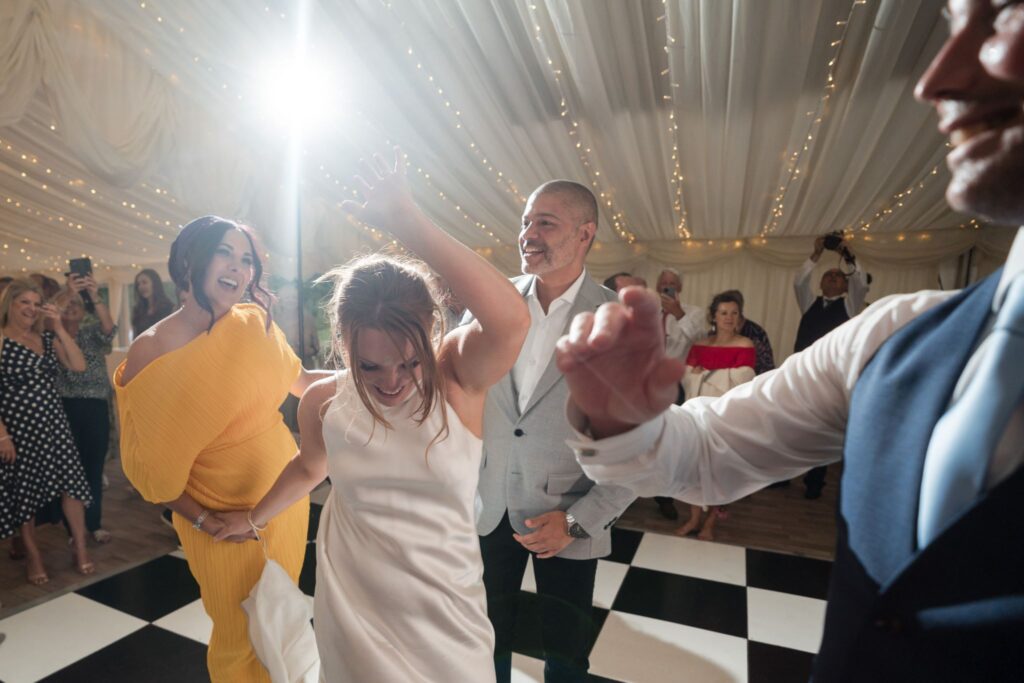
112 guests join bride grooms dance marquee wantage oxfordshire wedding photography 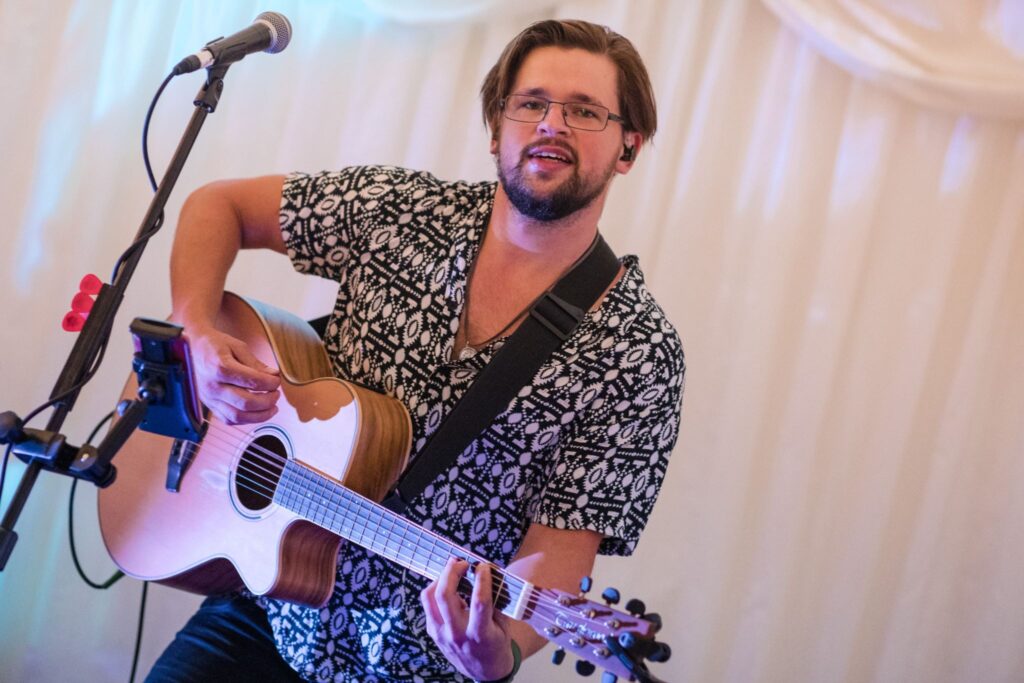
113 band guitarist marquee reception wantage oxfordshire oxford wedding photography 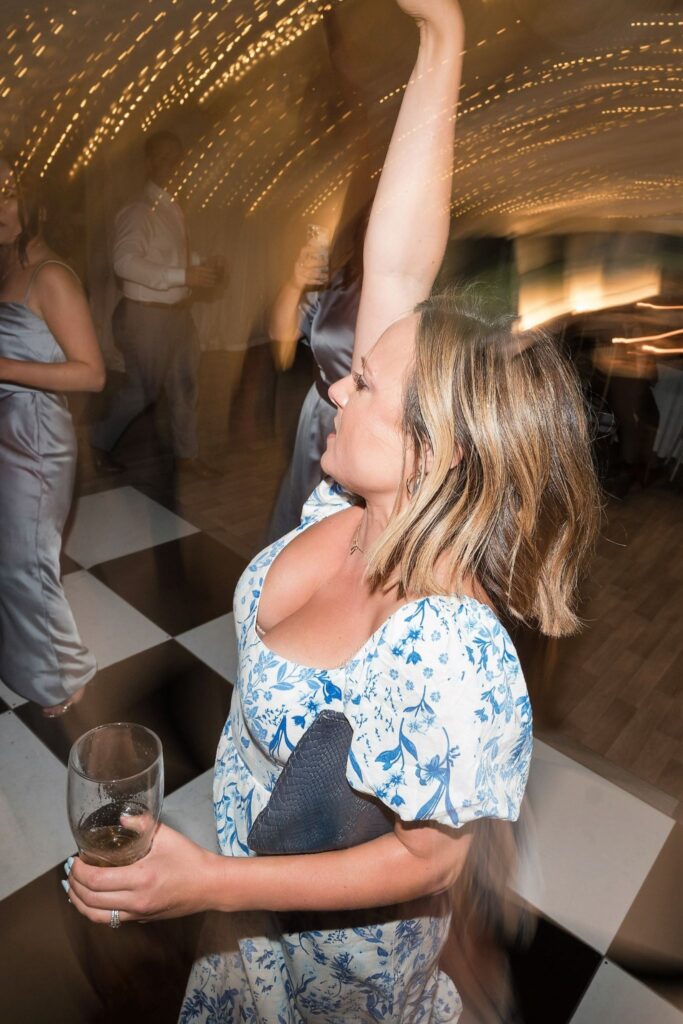
114 marquee reception guest dances wantage oxfordshire wedding photographer 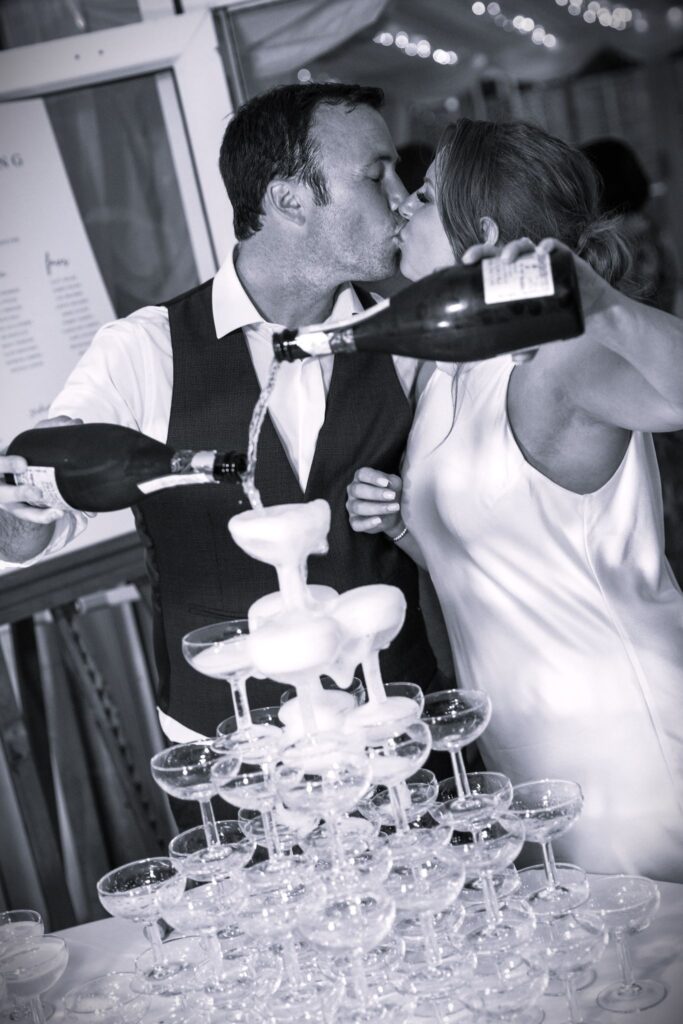
115 bride grooms champagne fountain wantage oxfordshire wedding photographer 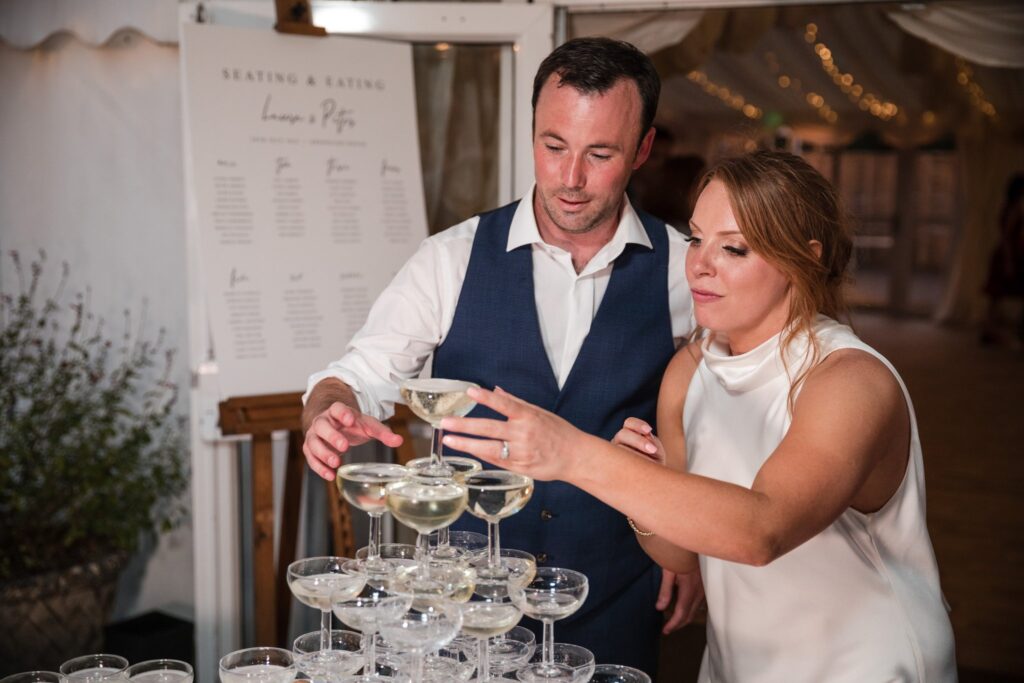
116 bride groom take champagne glasses wantage oxfordshire wedding photographers 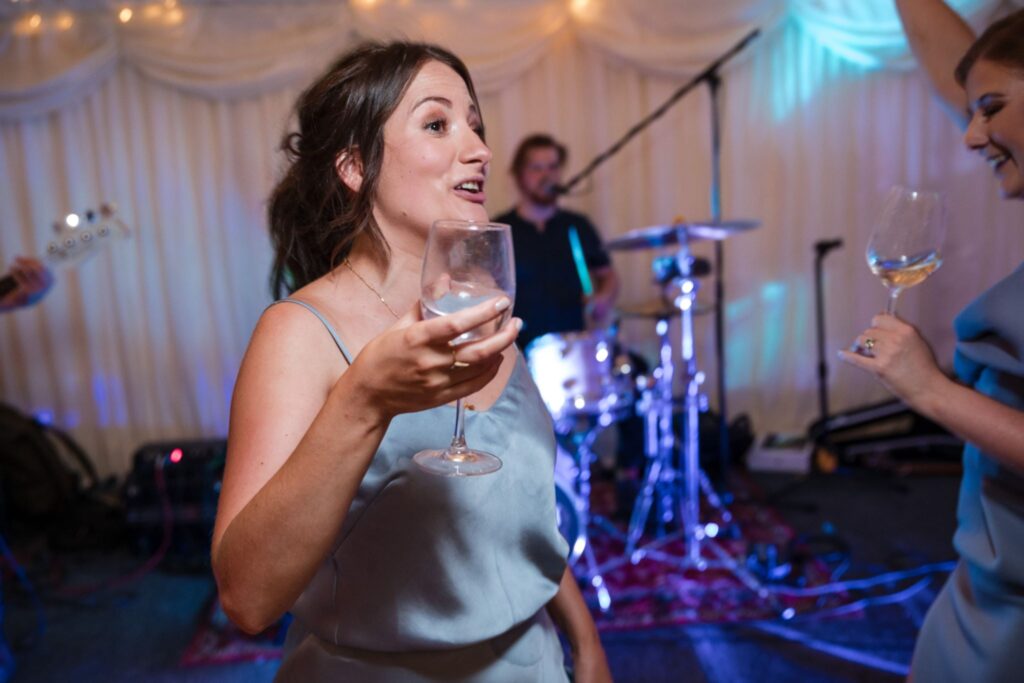
118 bridesmaids enjoy dancing reception wantage oxfordshire oxford wedding photographer 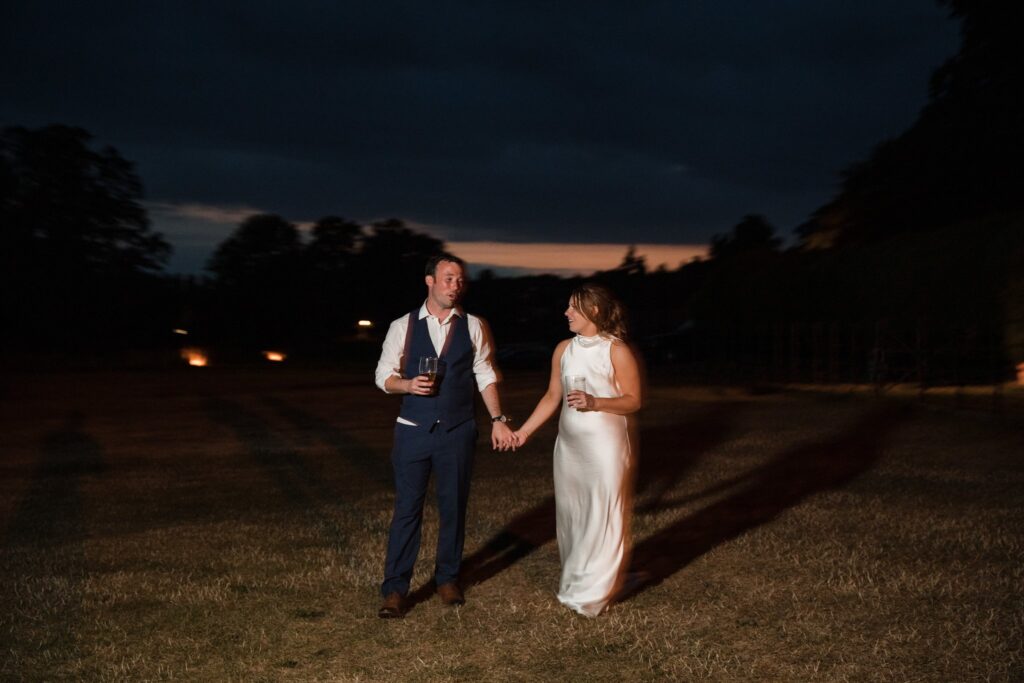
119 bride grooms twilight stroll wantage oxfordshire oxford wedding photographers 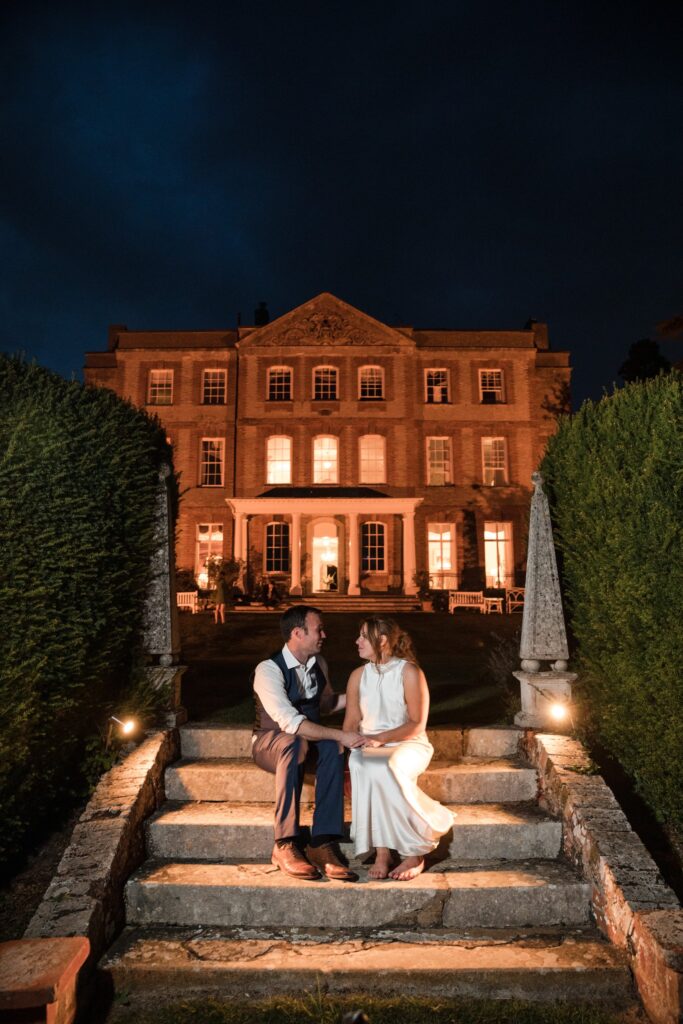
120 bride groom alone together garden steps wantage oxfordshire oxford wedding photography
If my images have inspired you, then take a look at Sarah and Dean’s wedding photographs taken at Holdenby House.